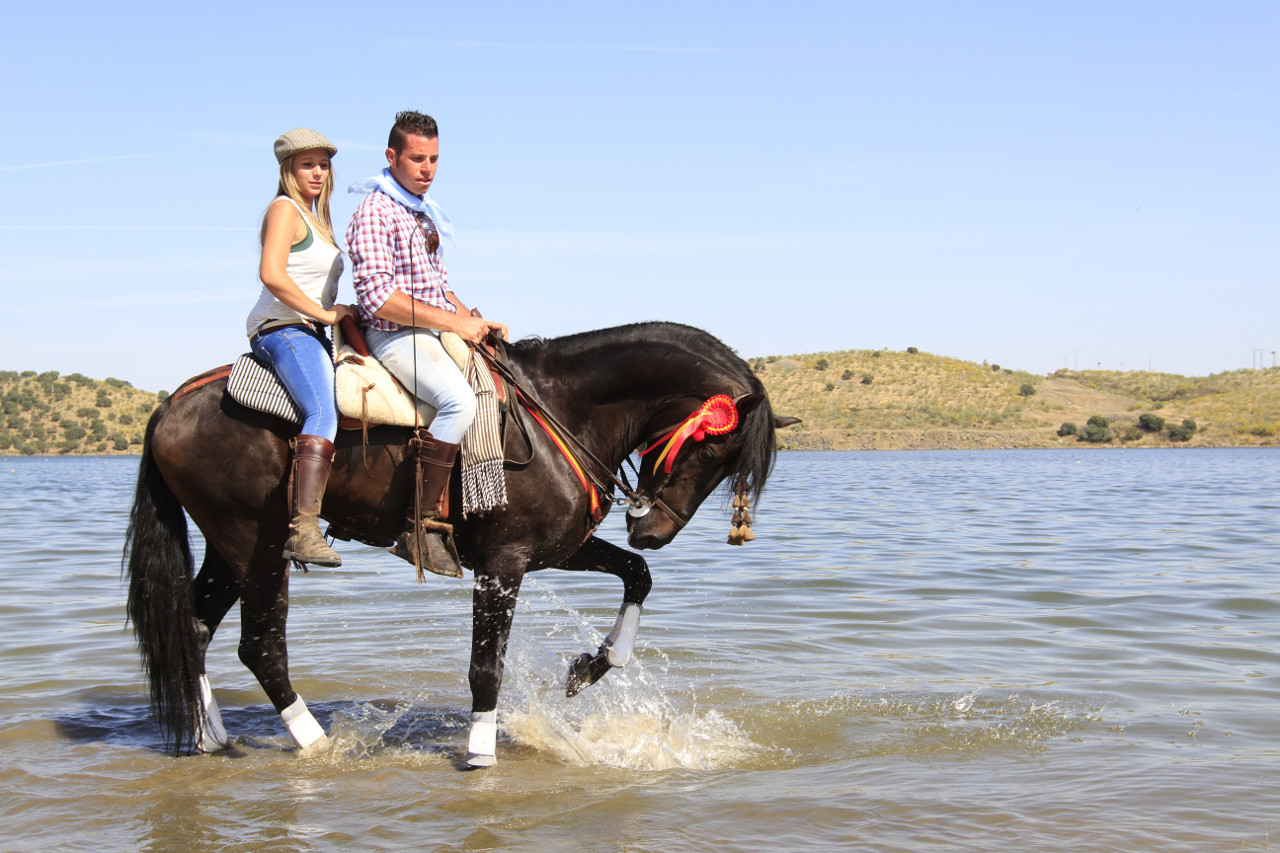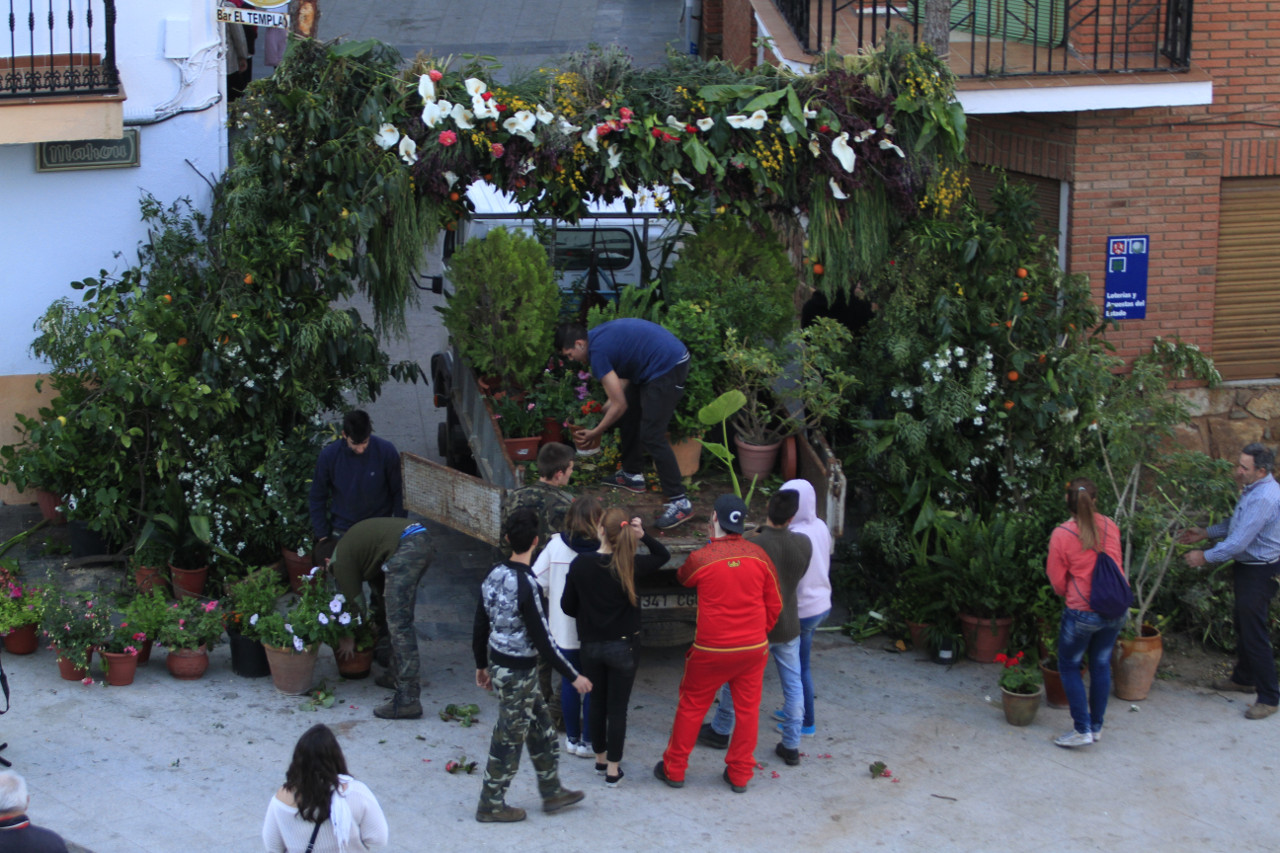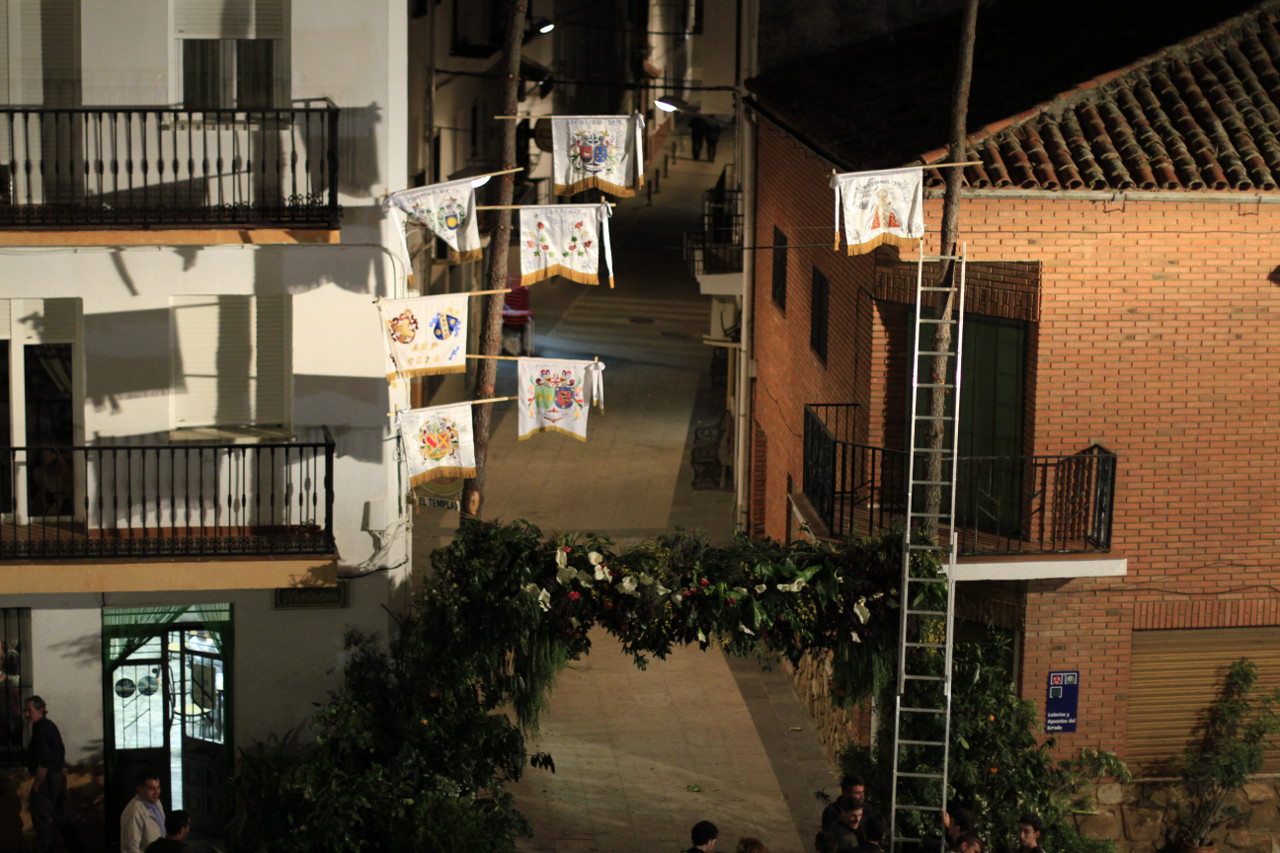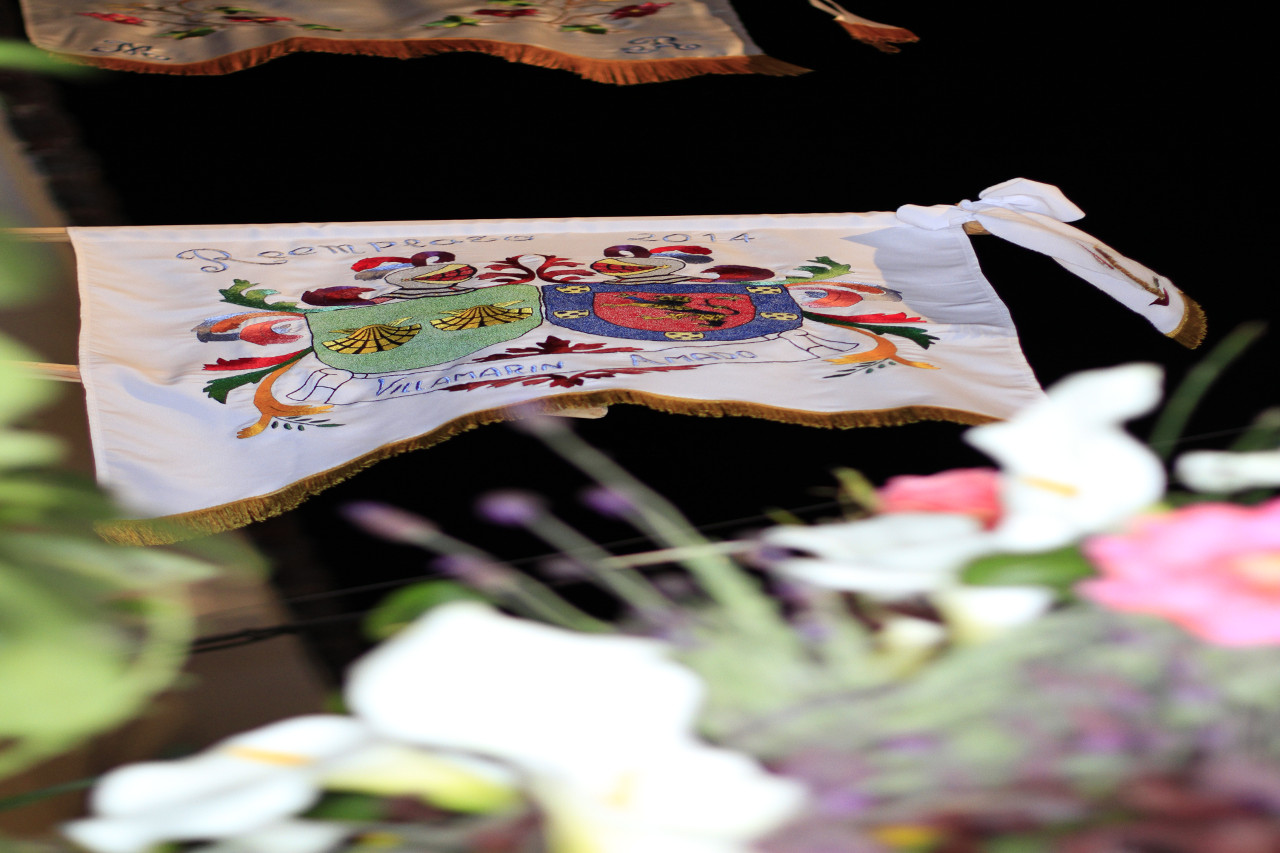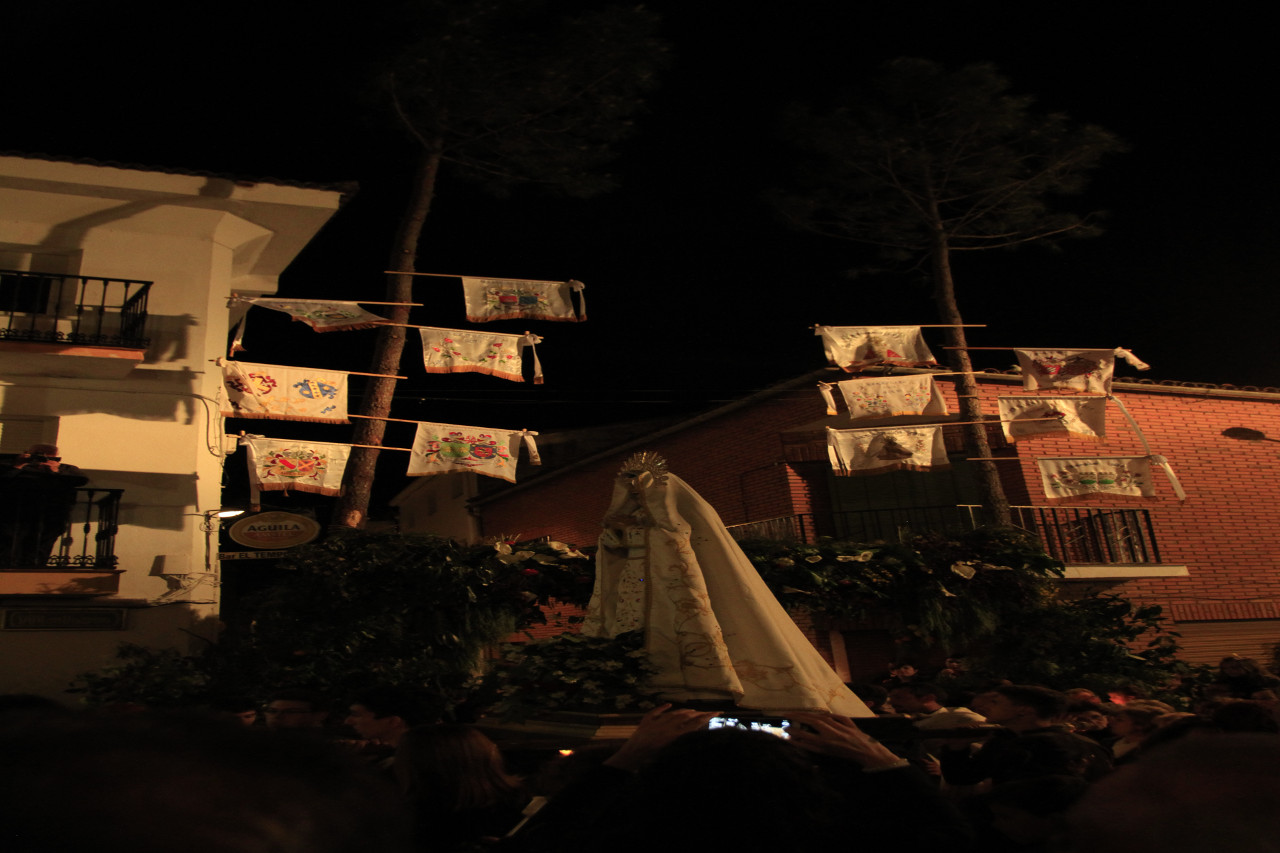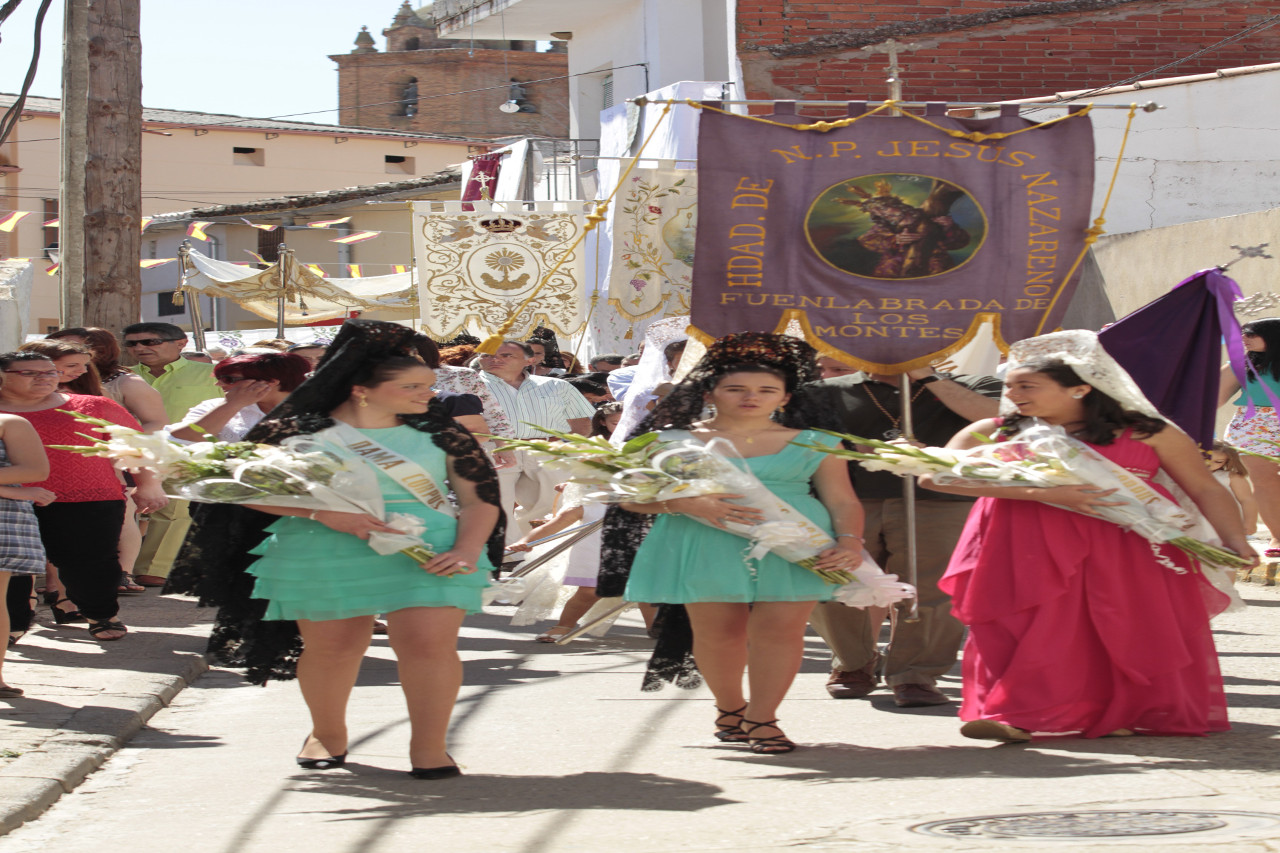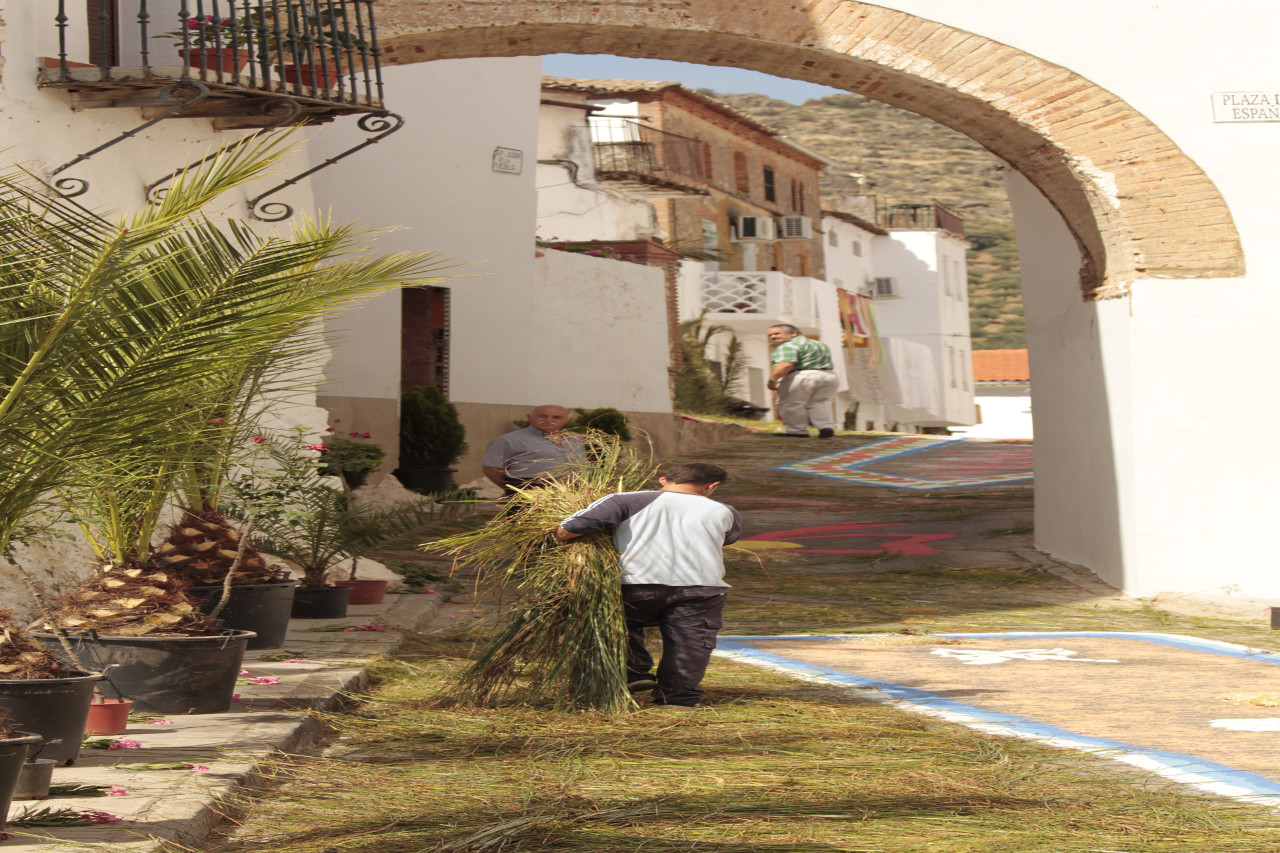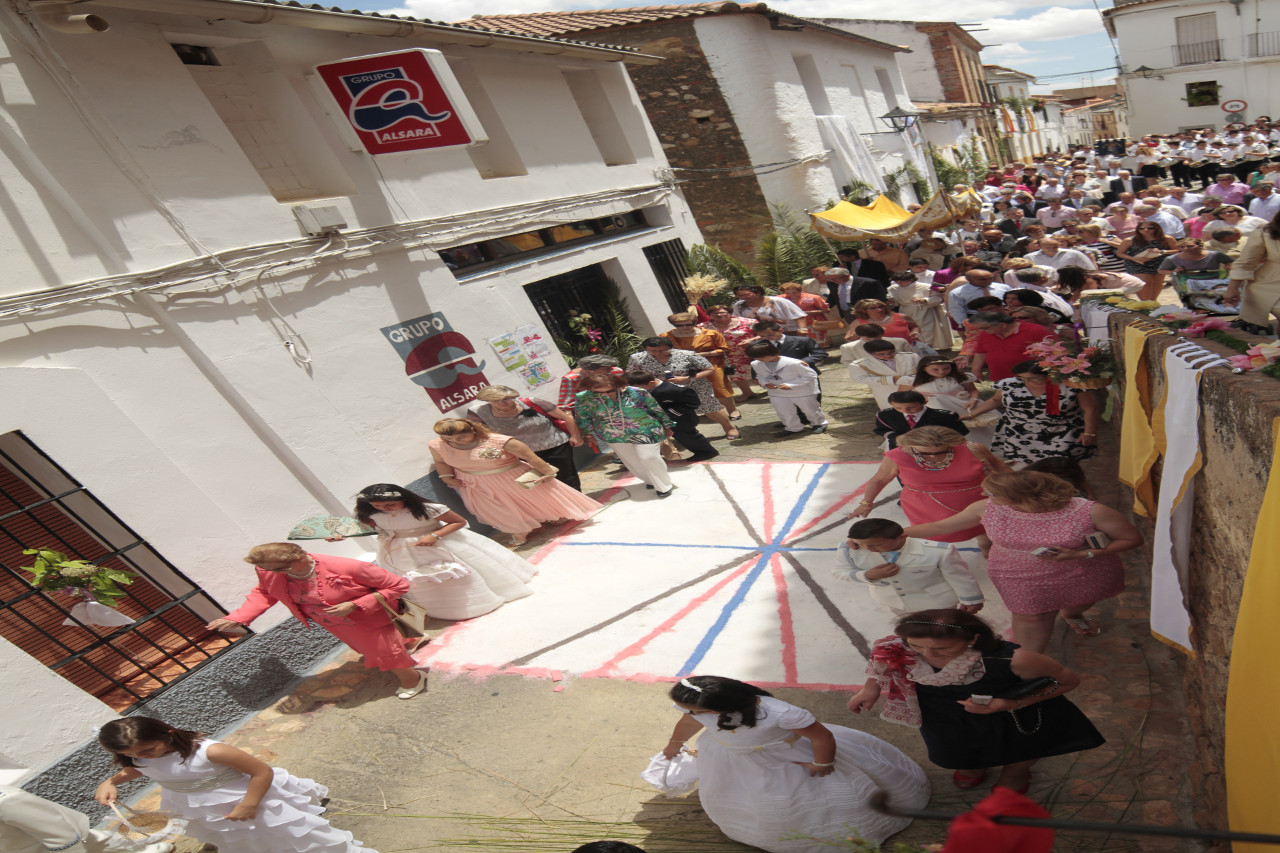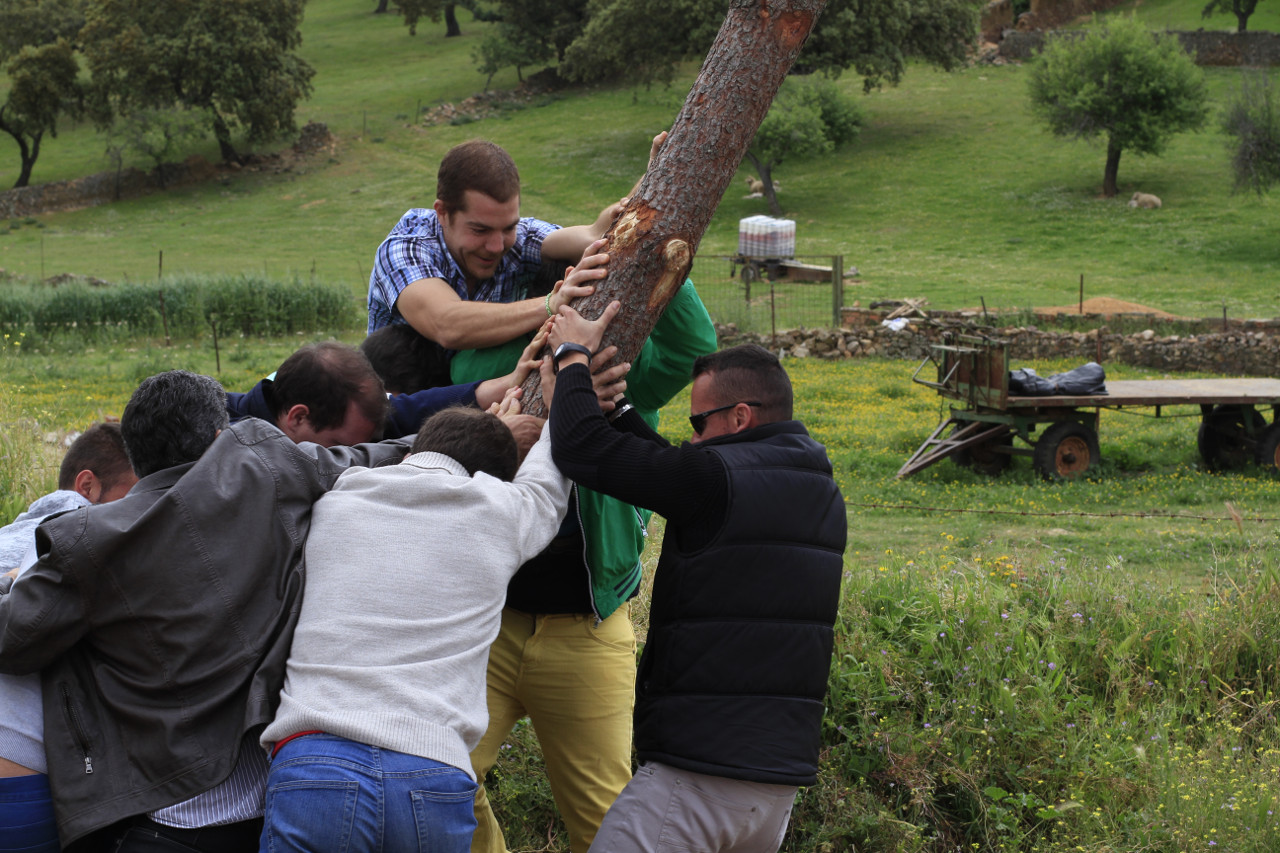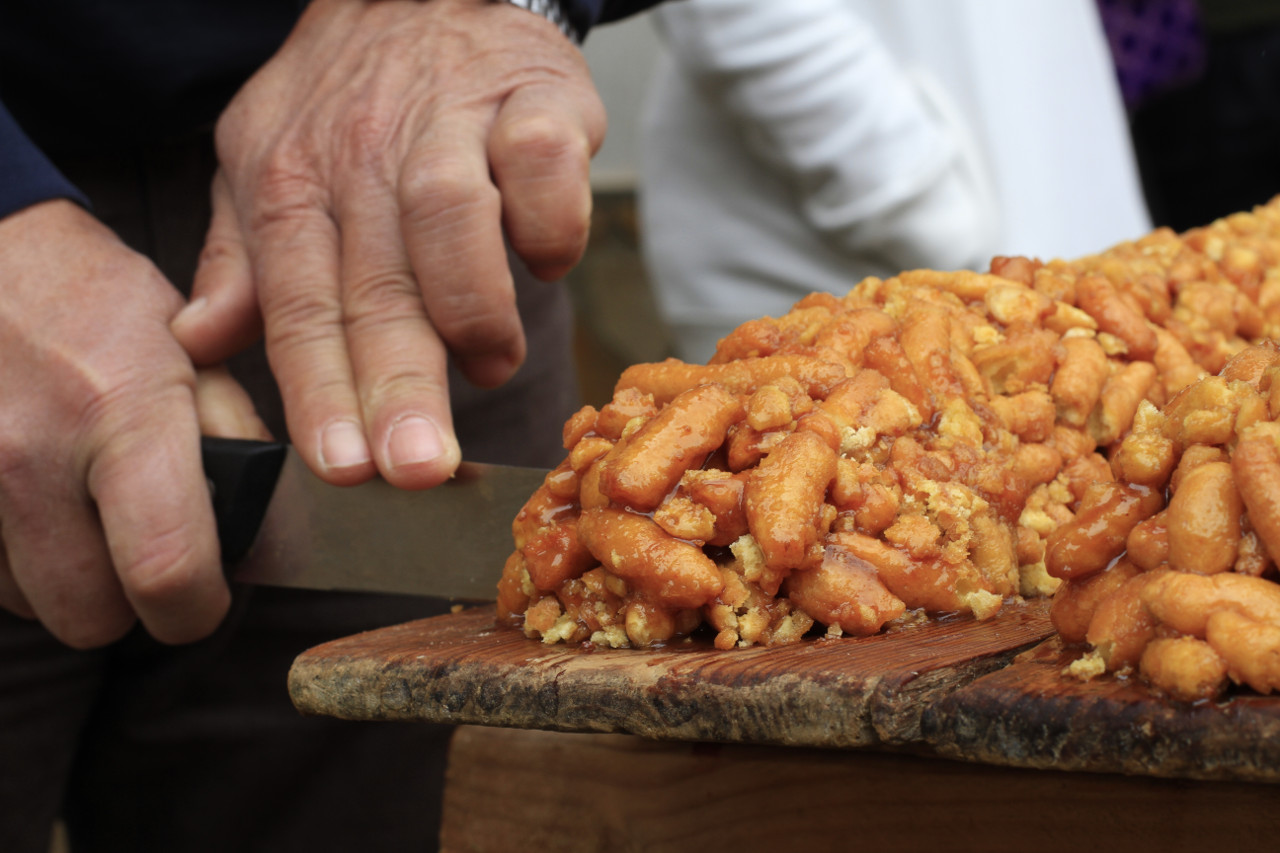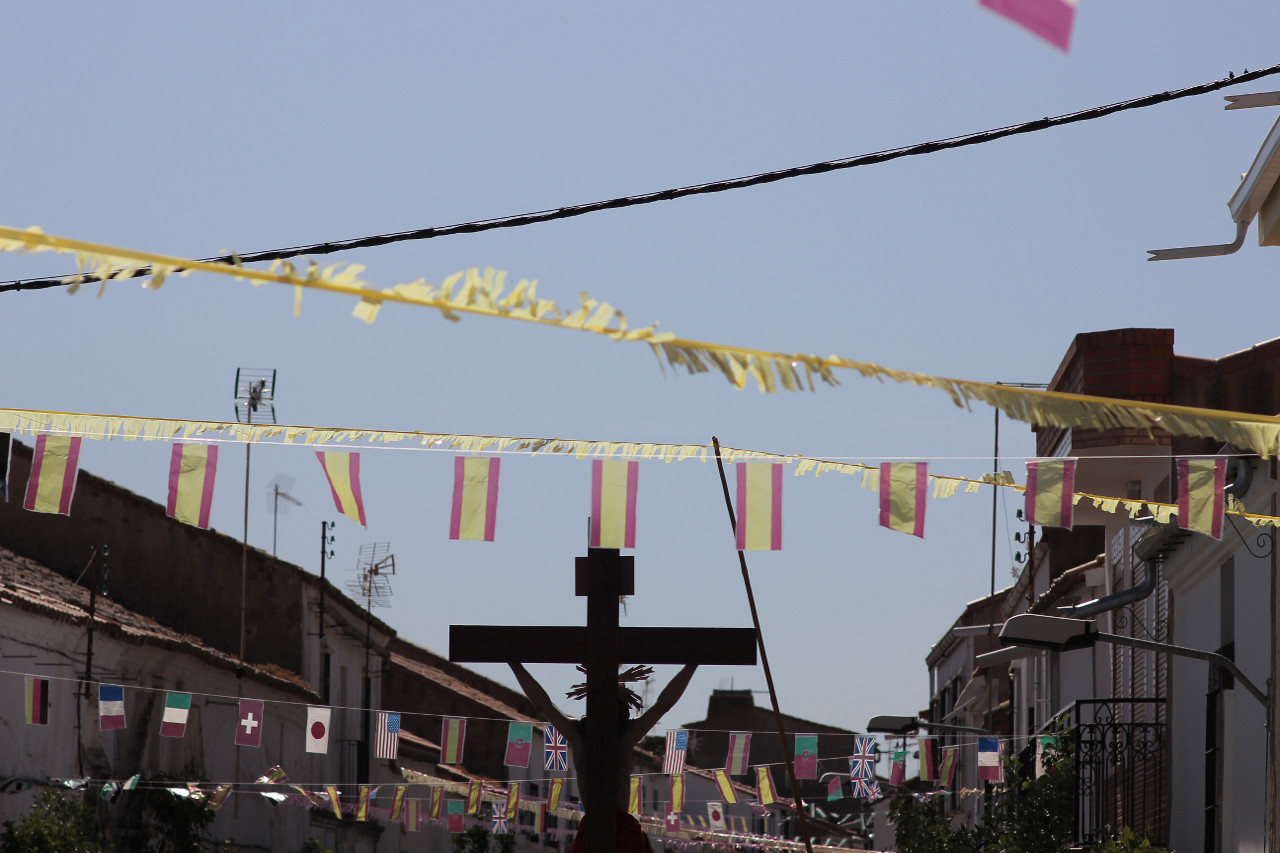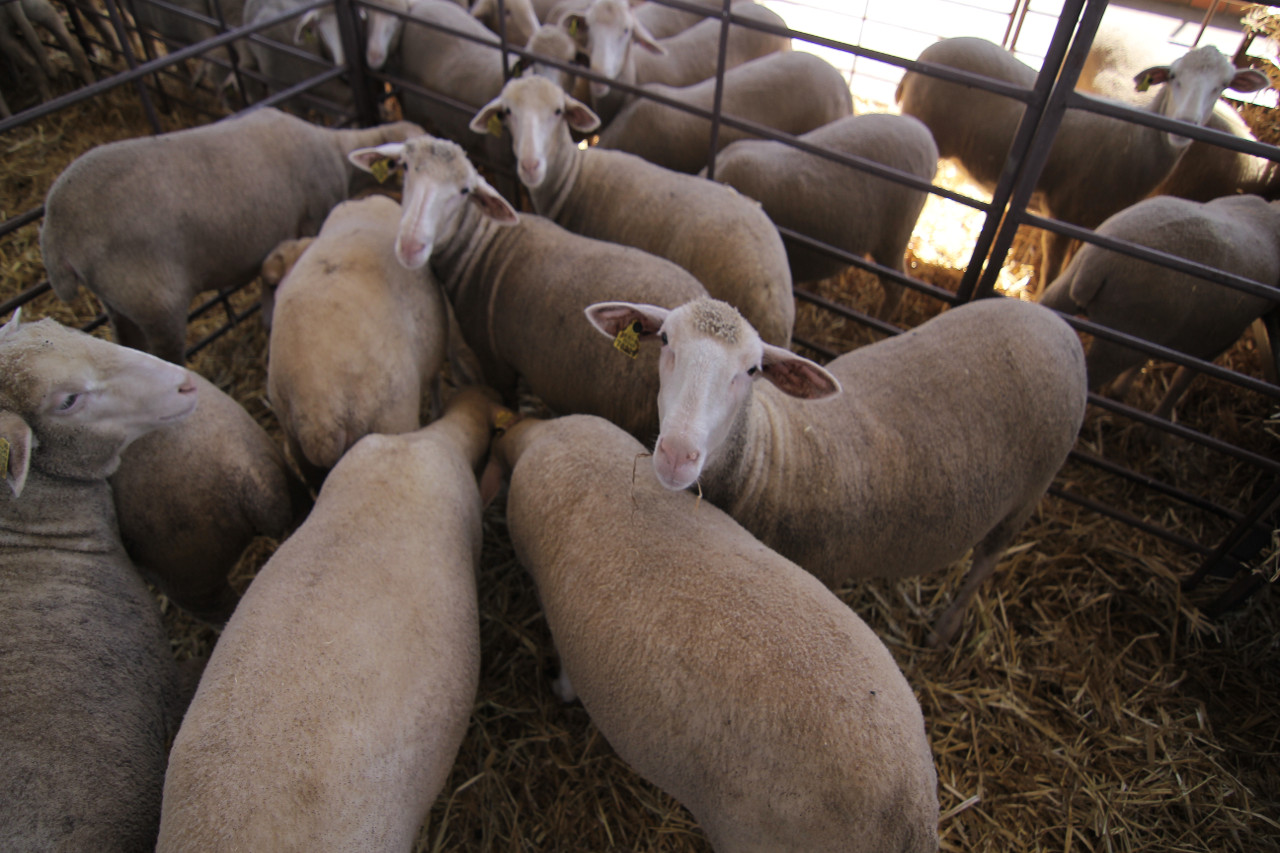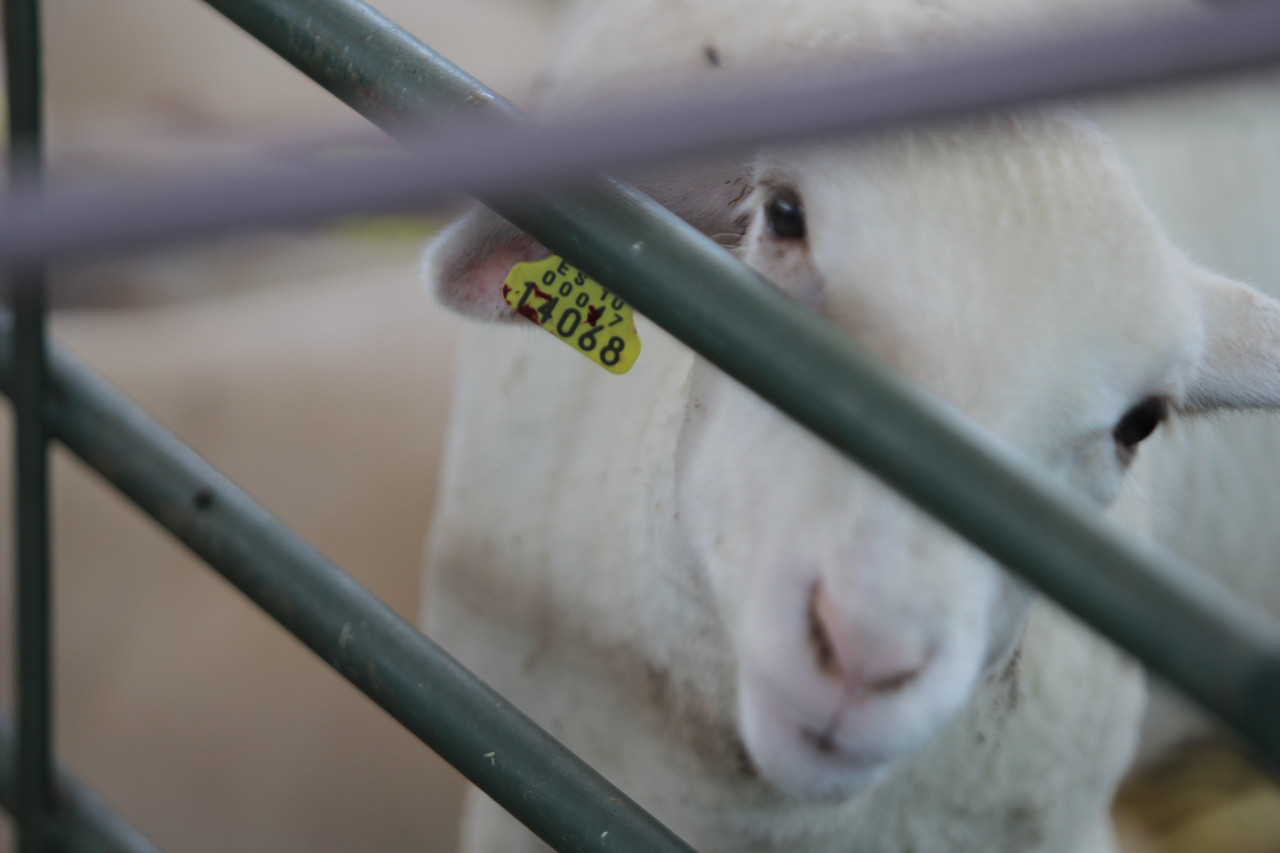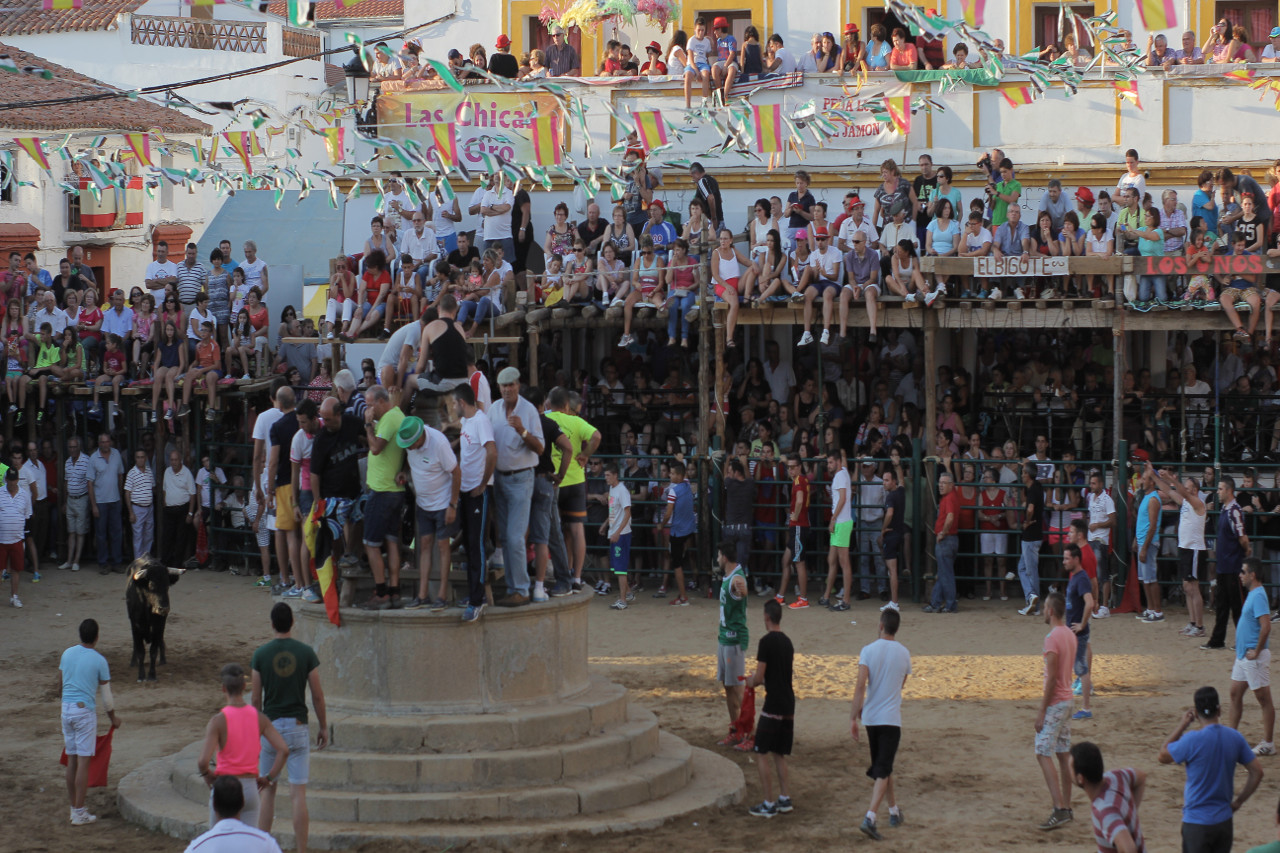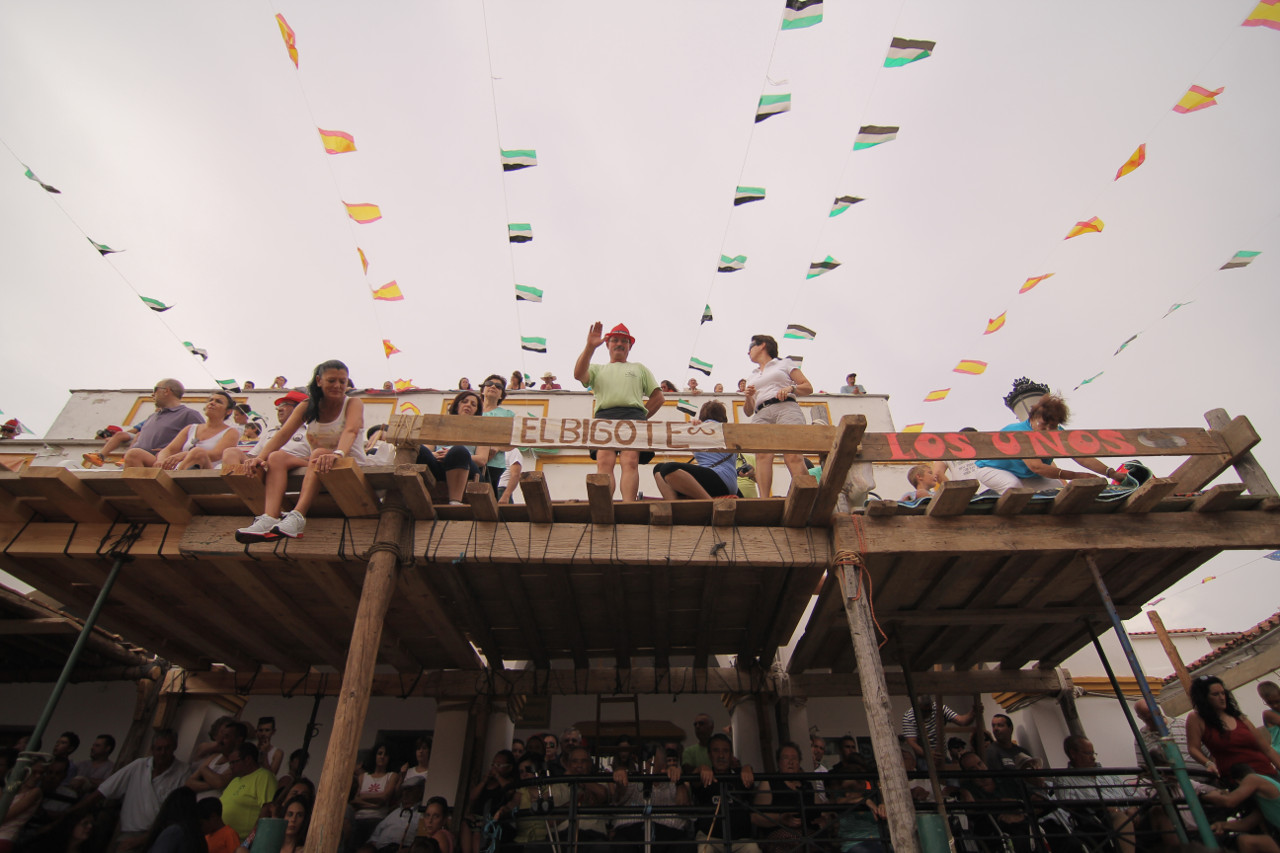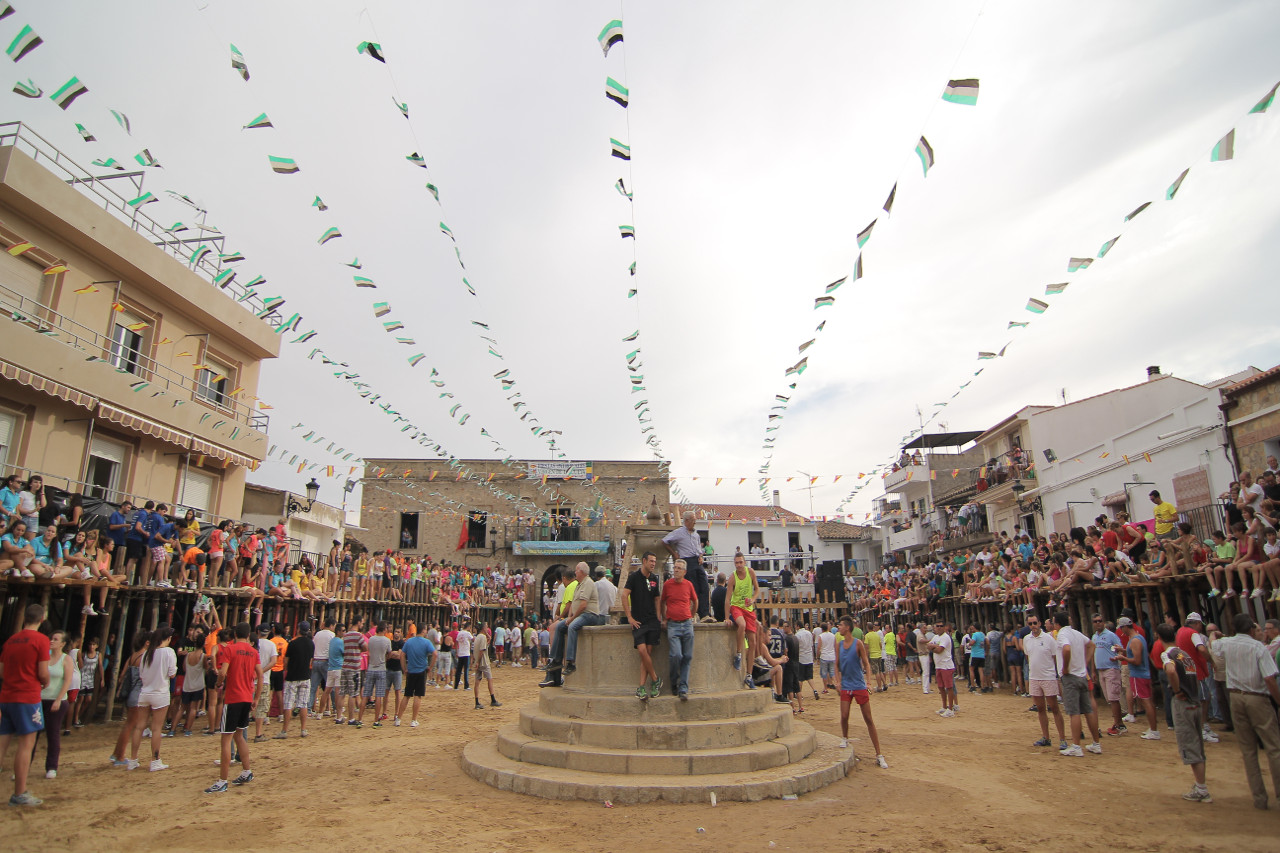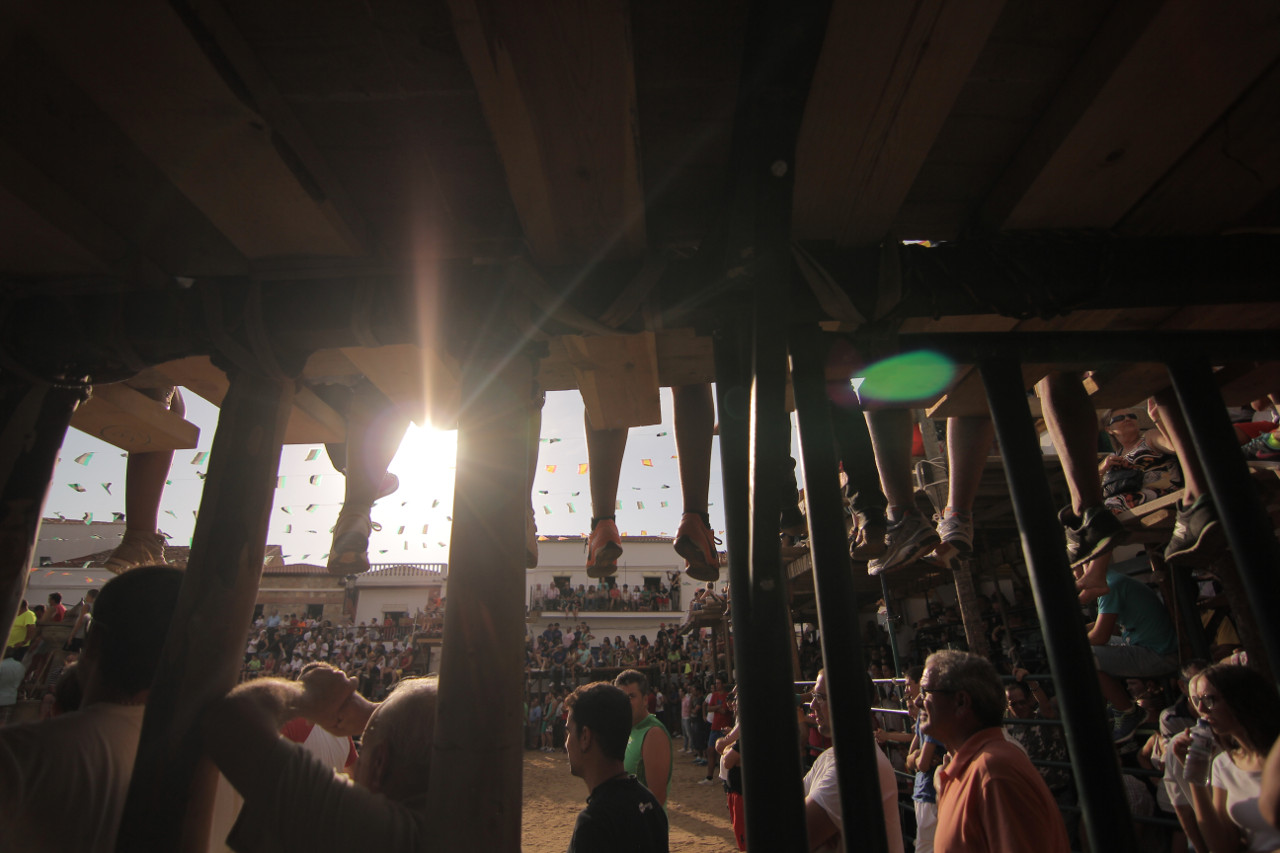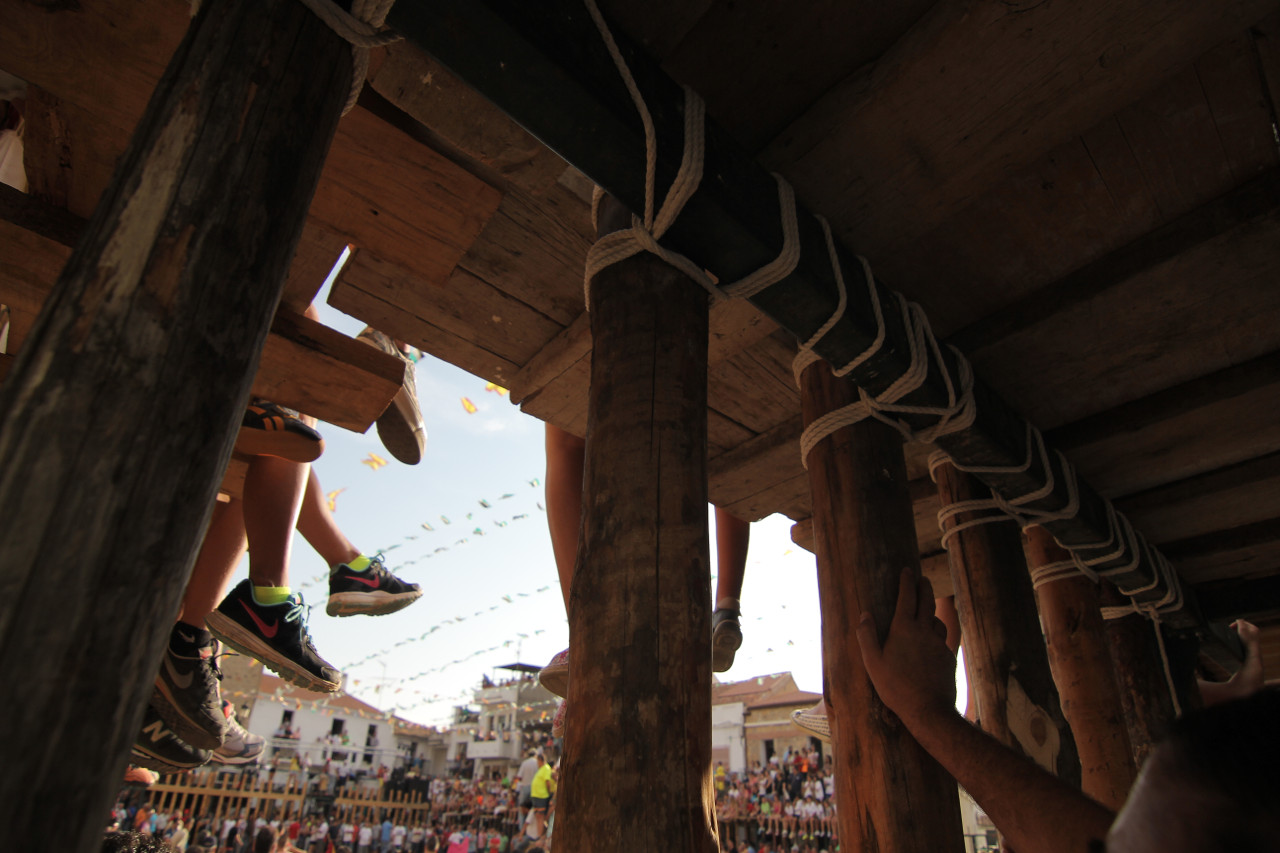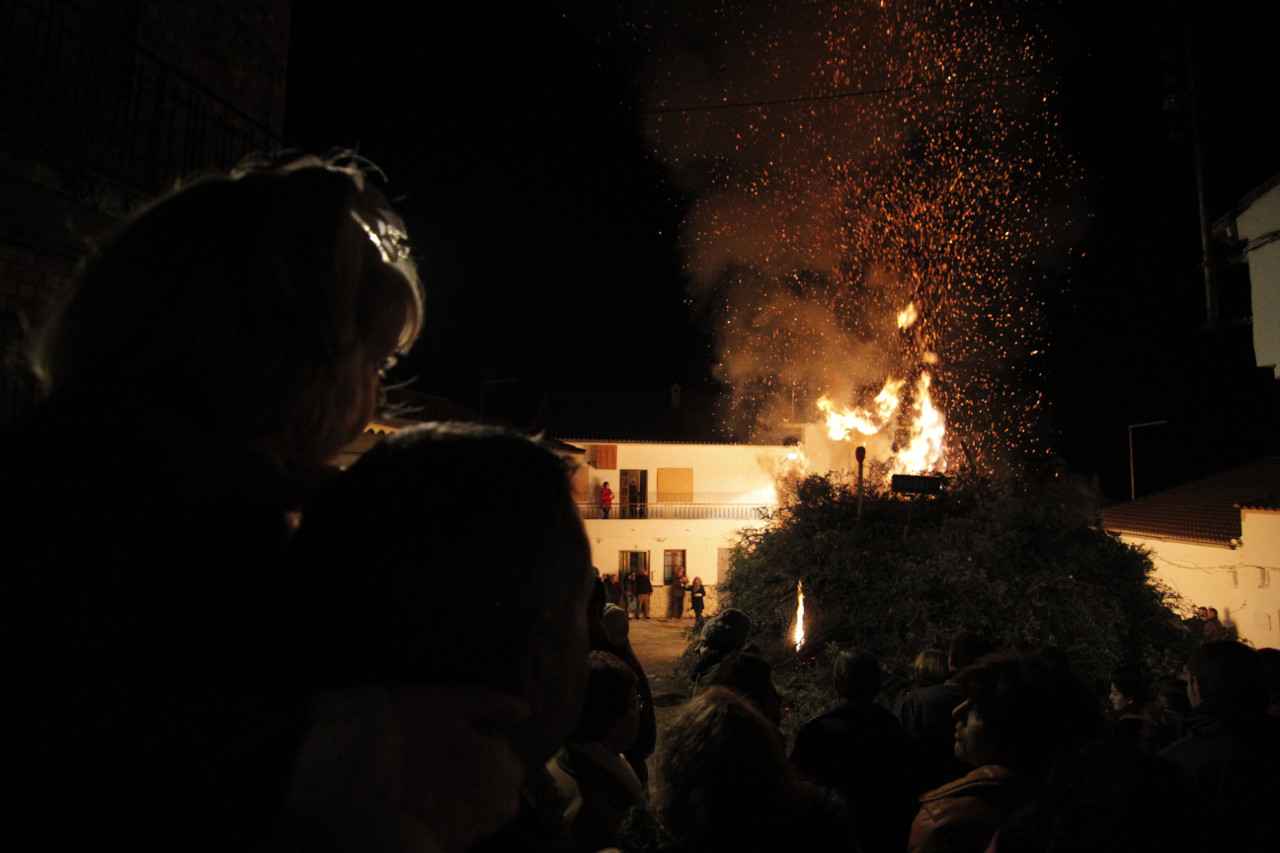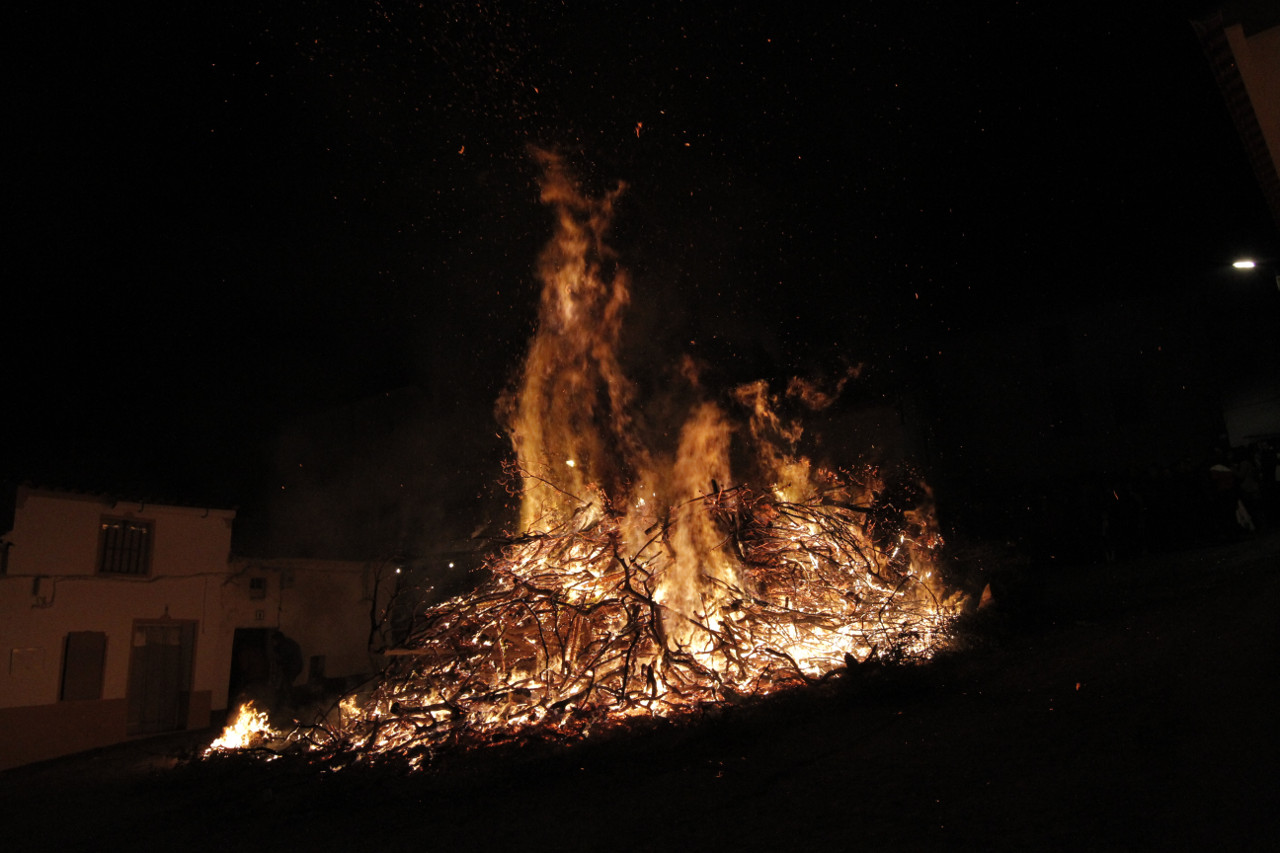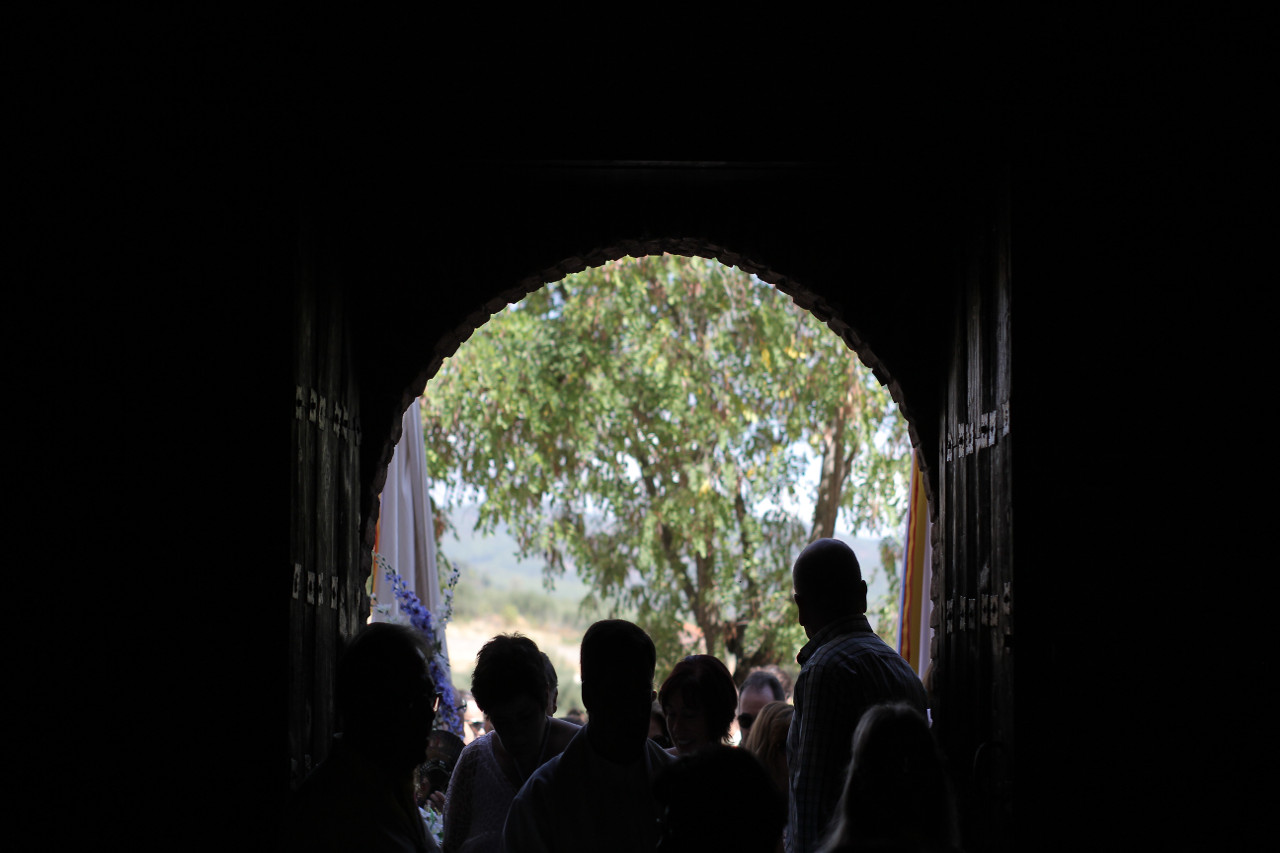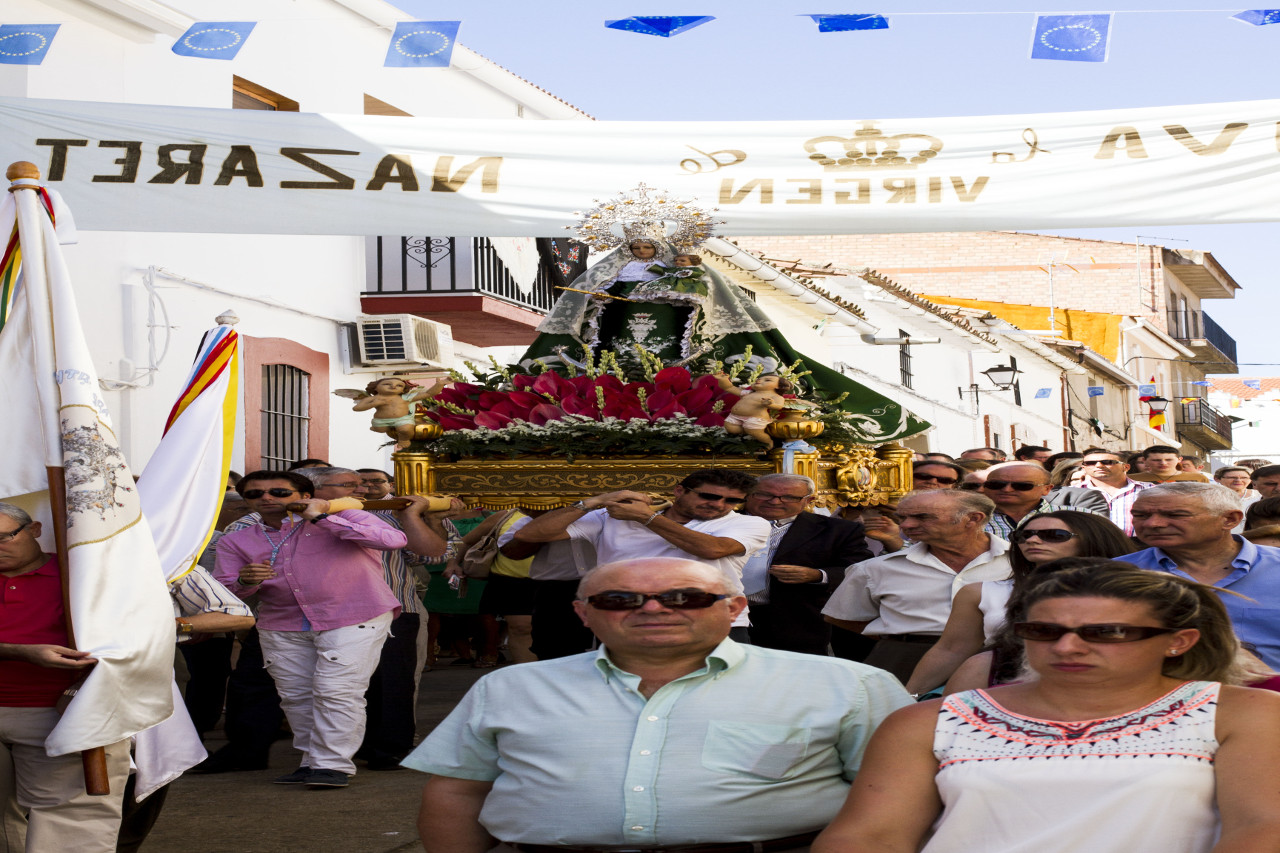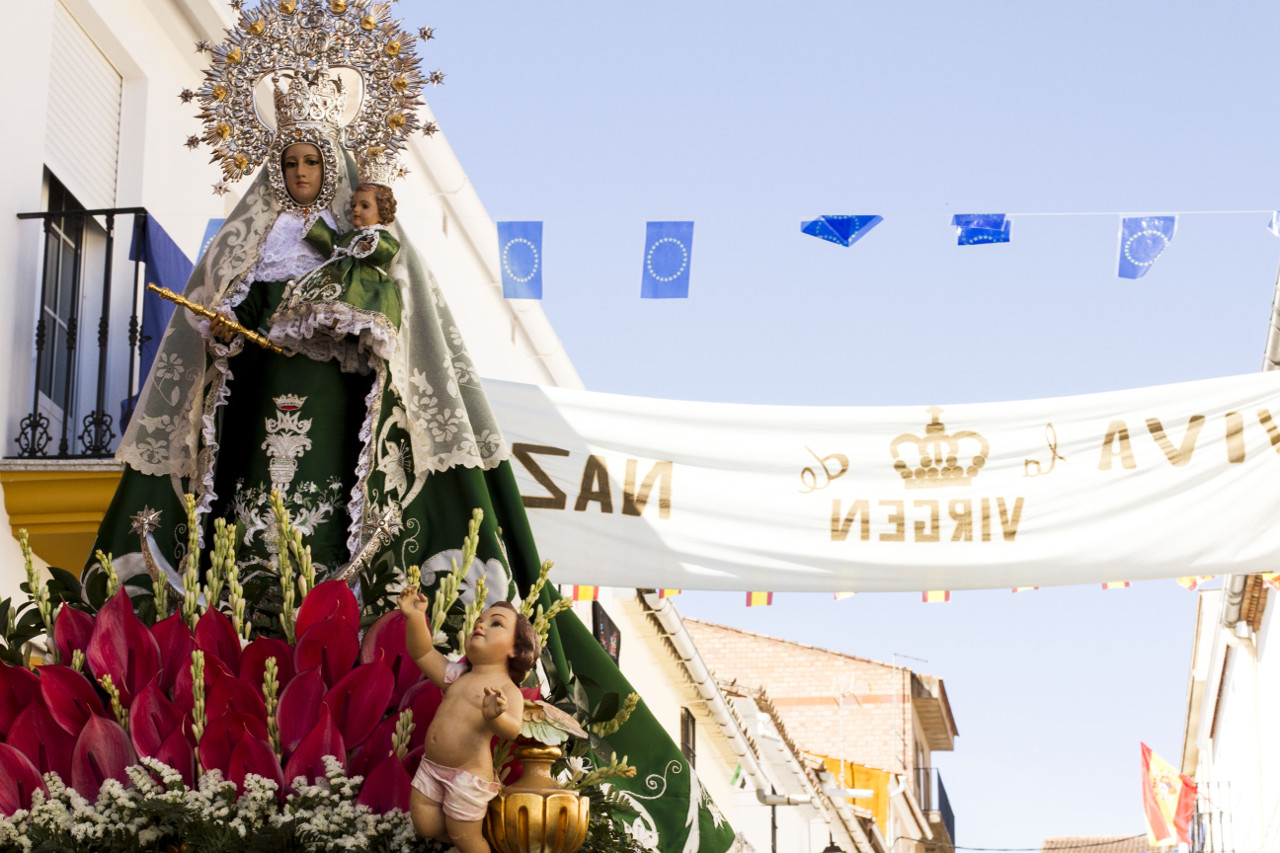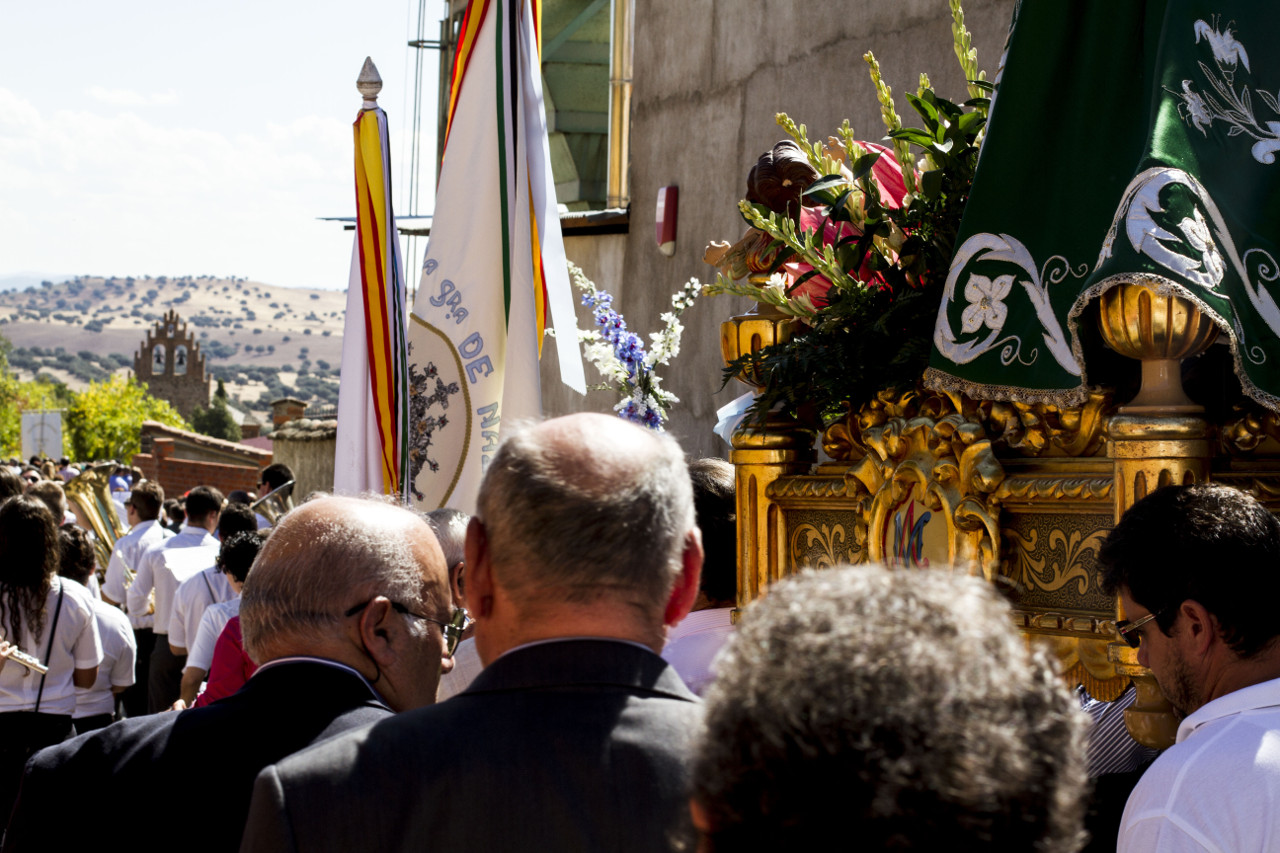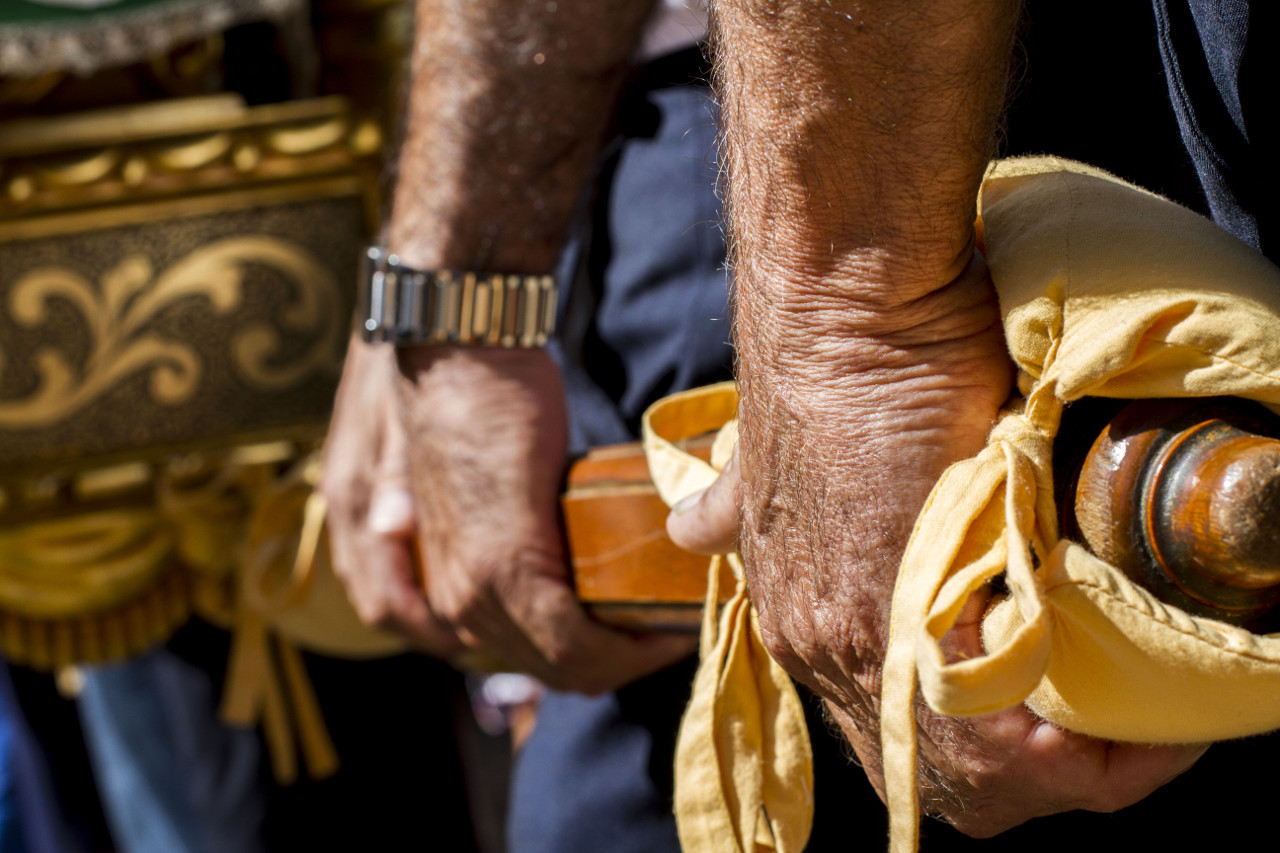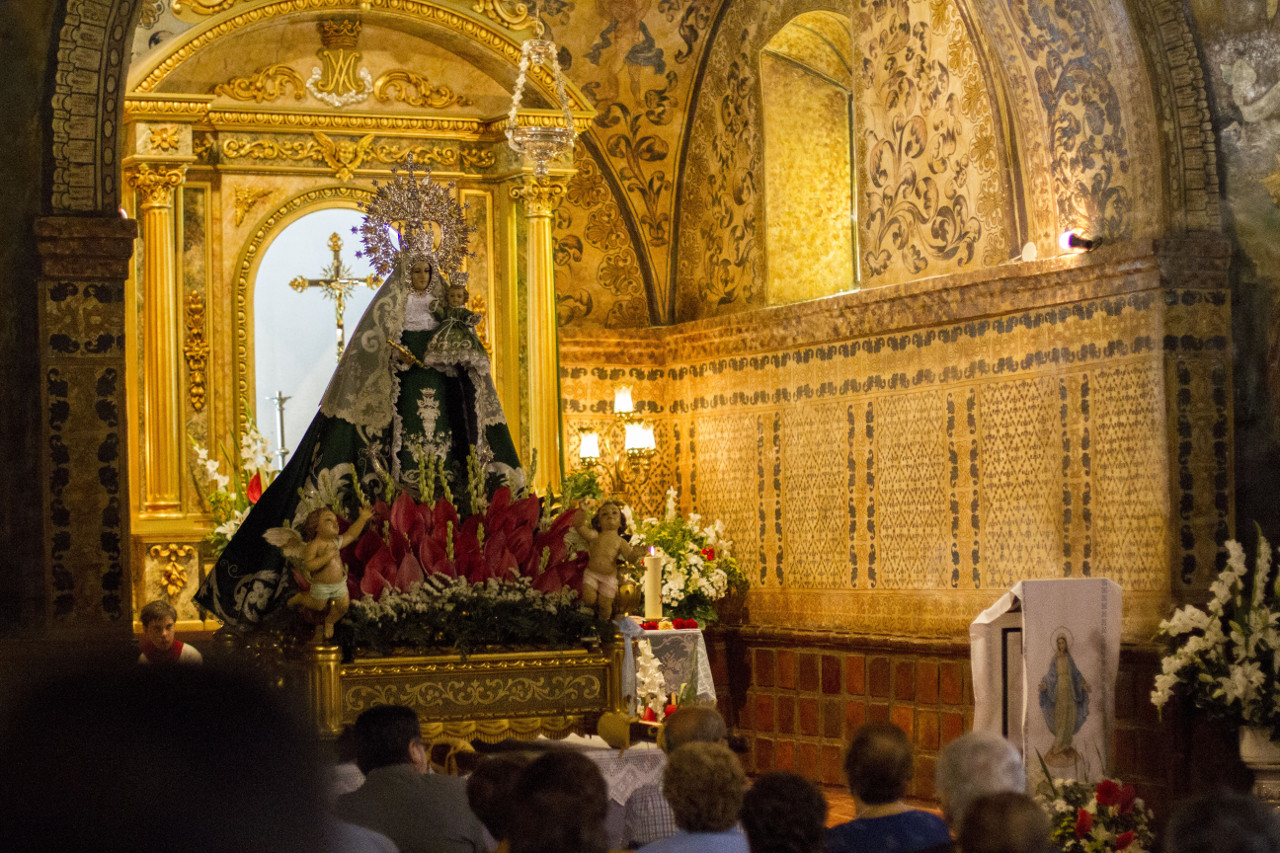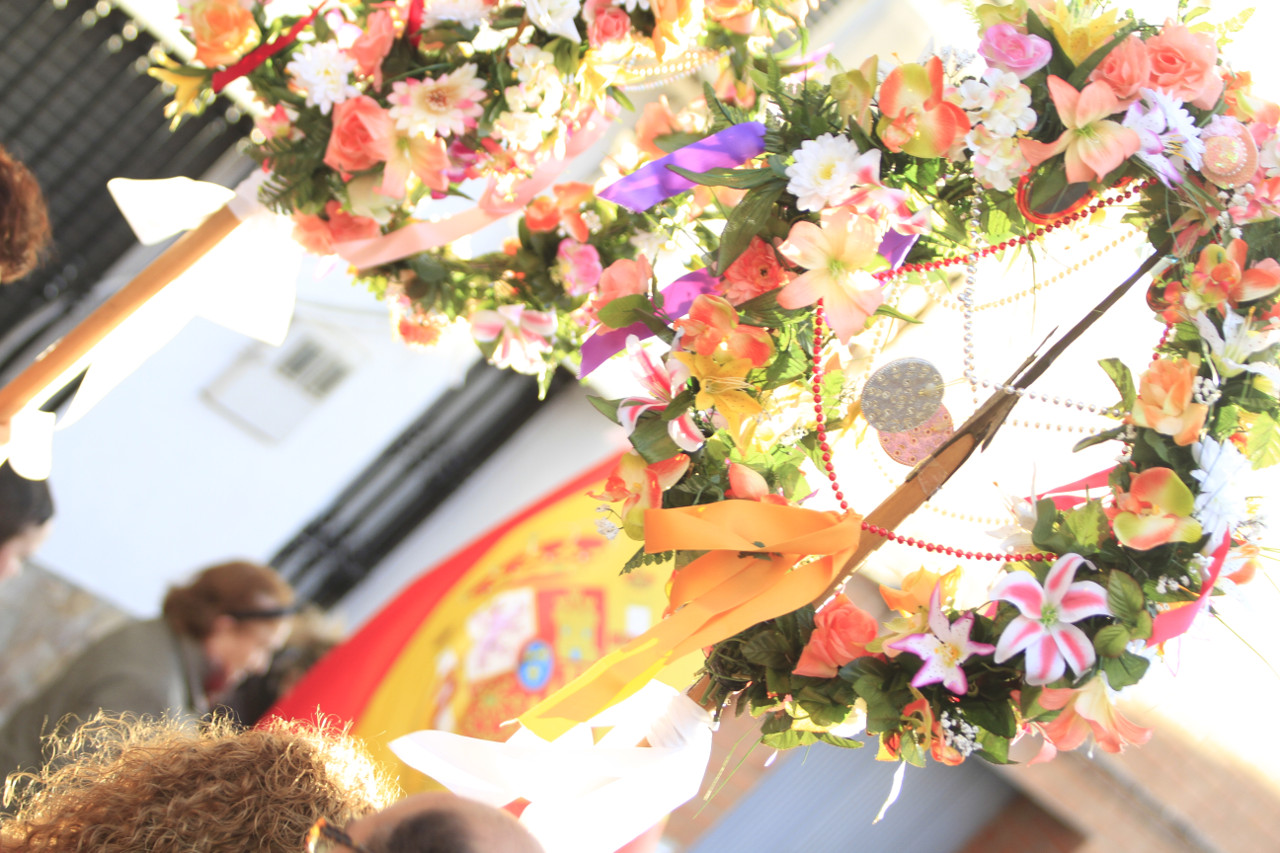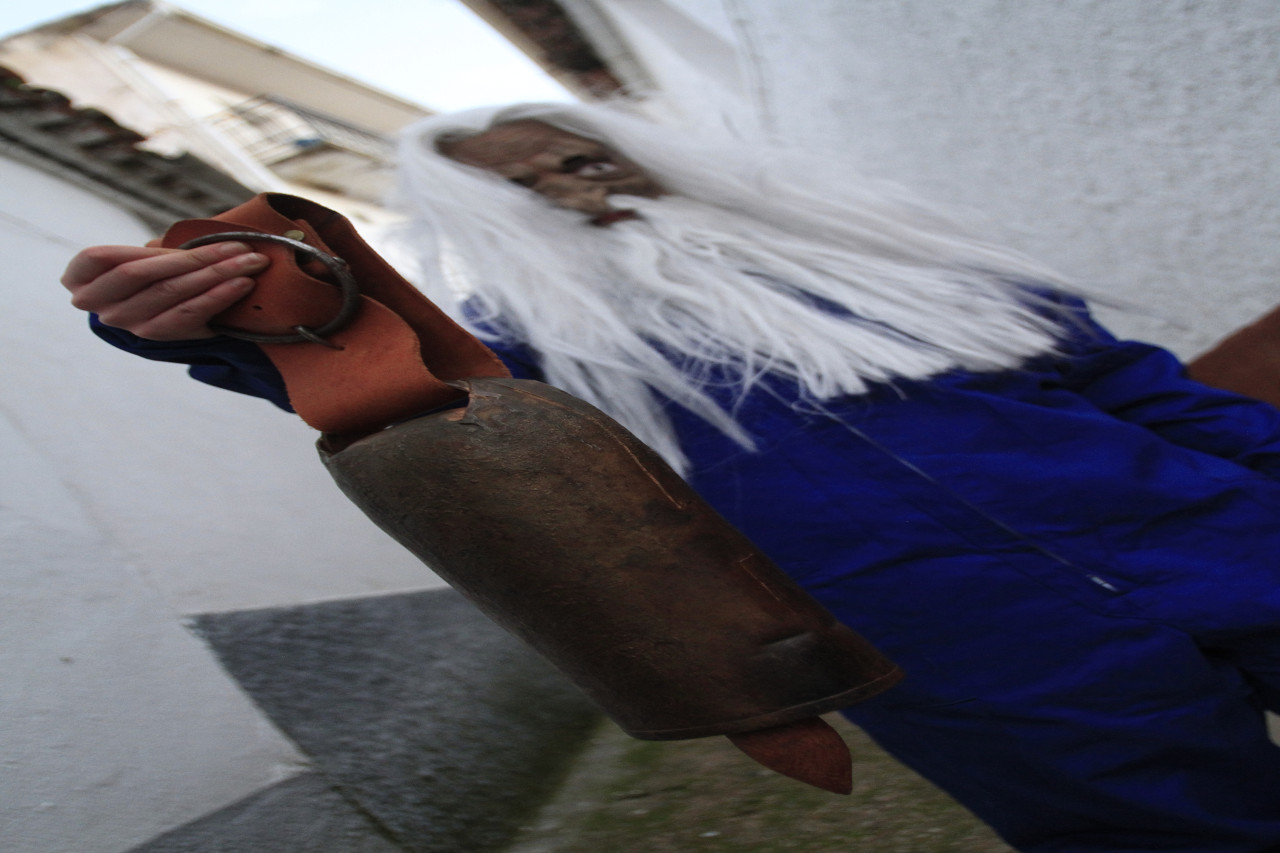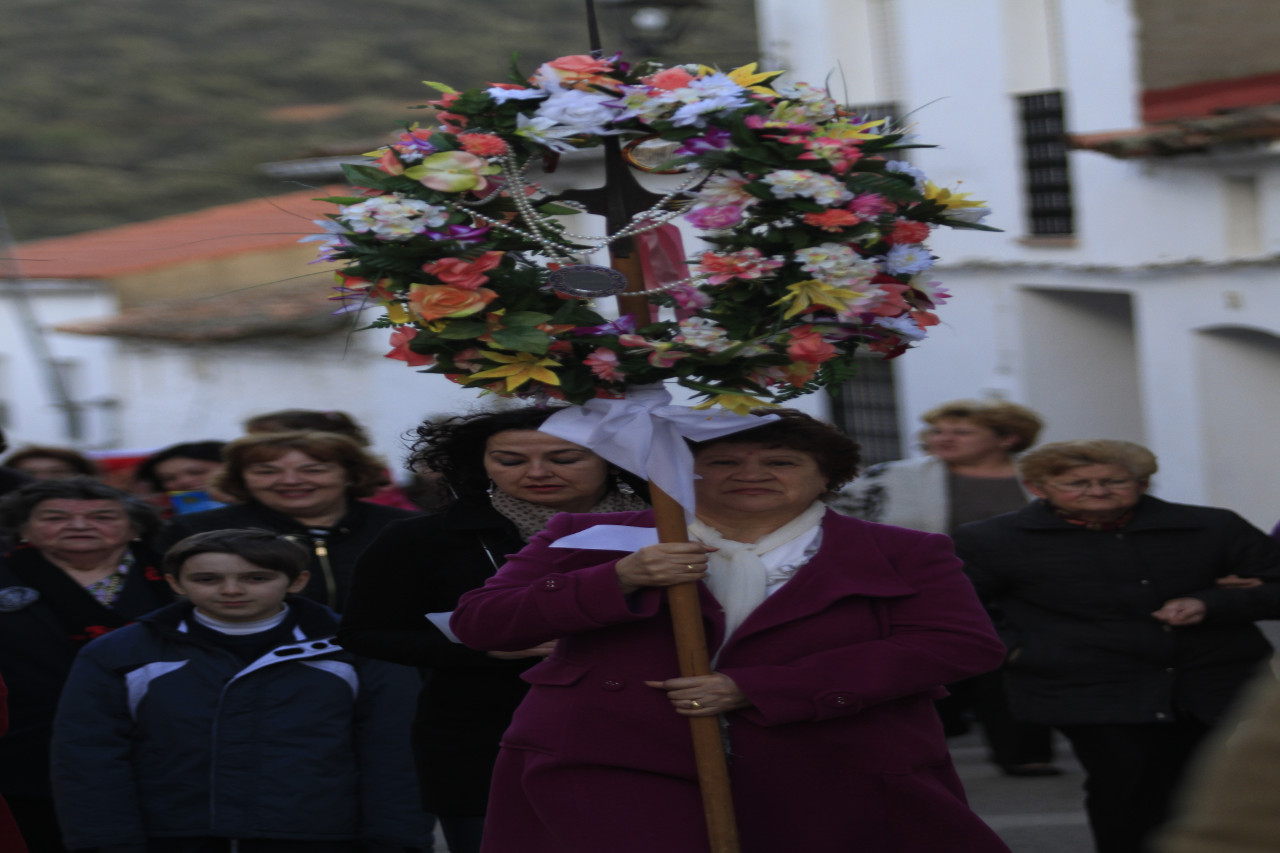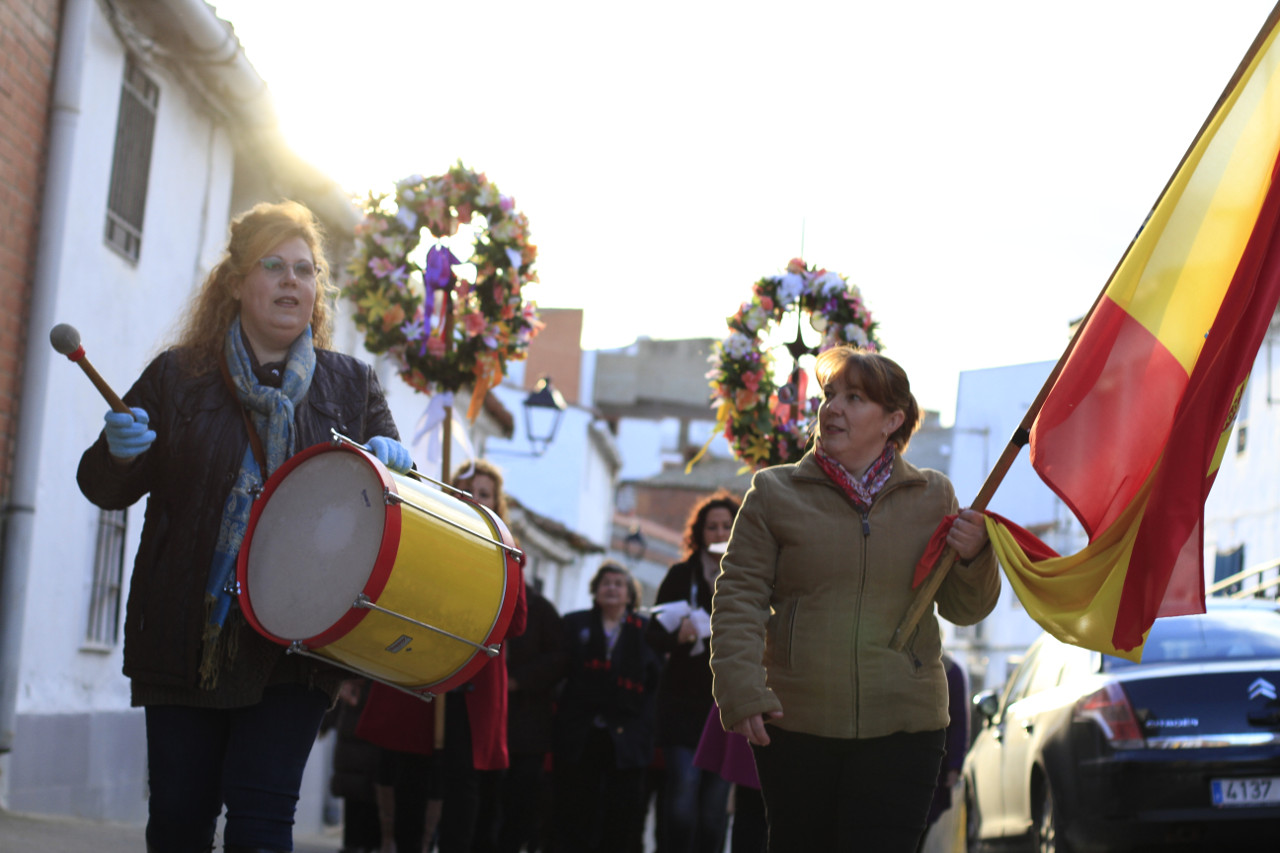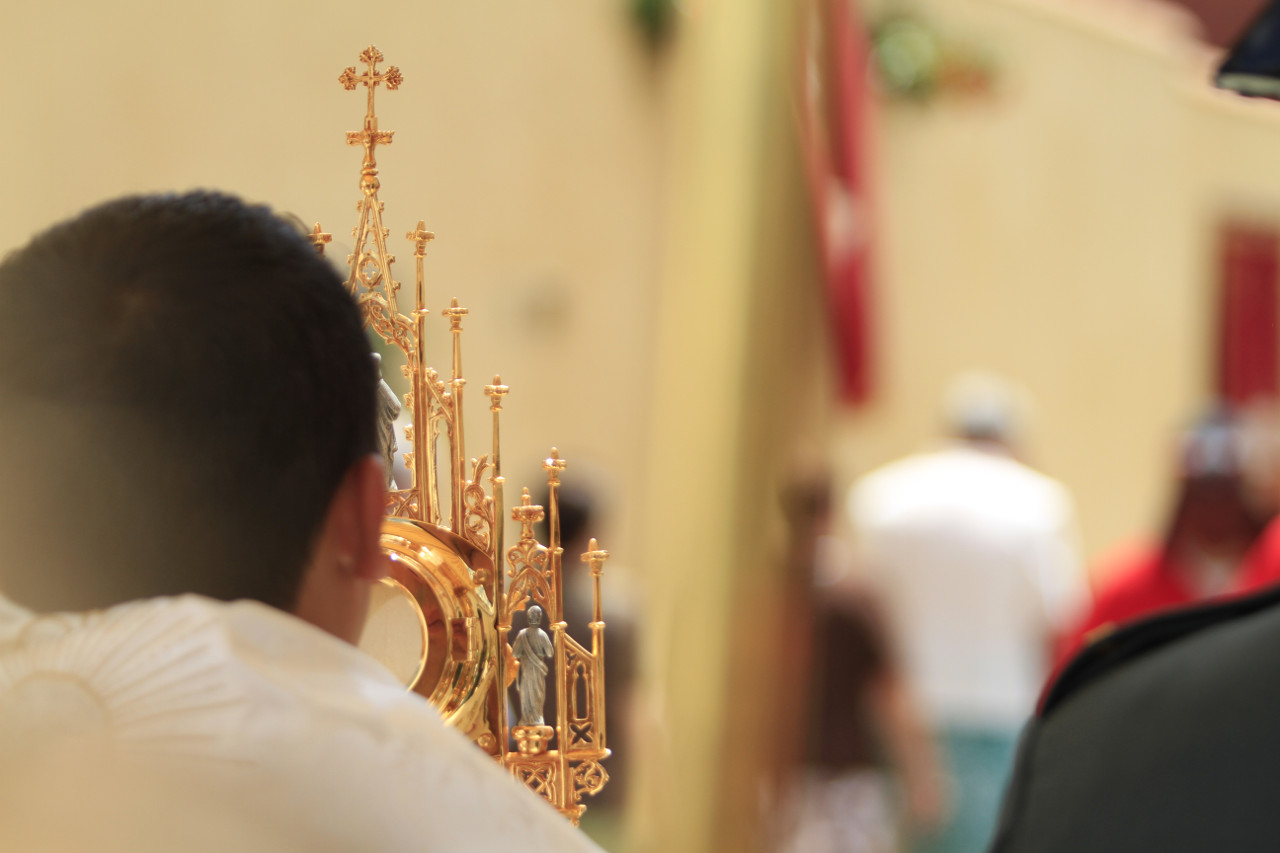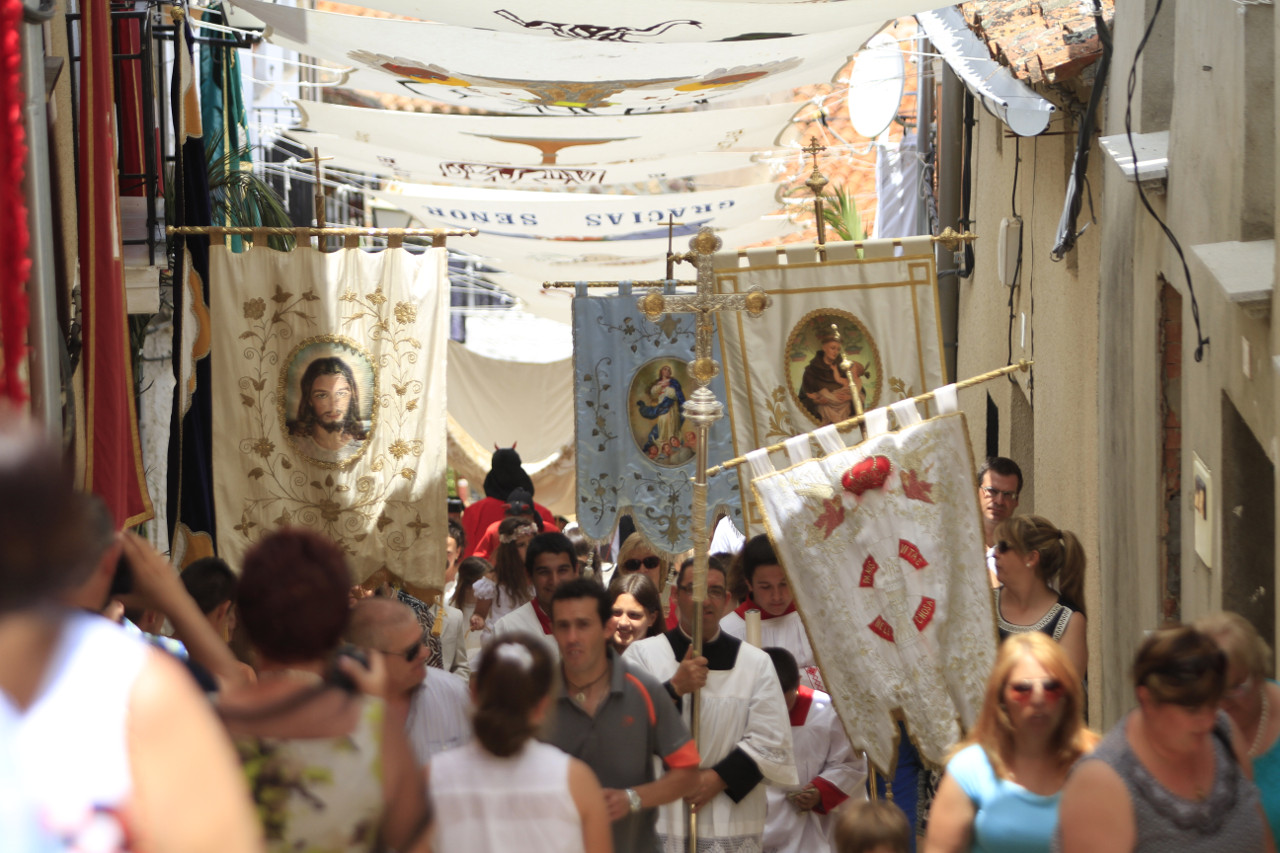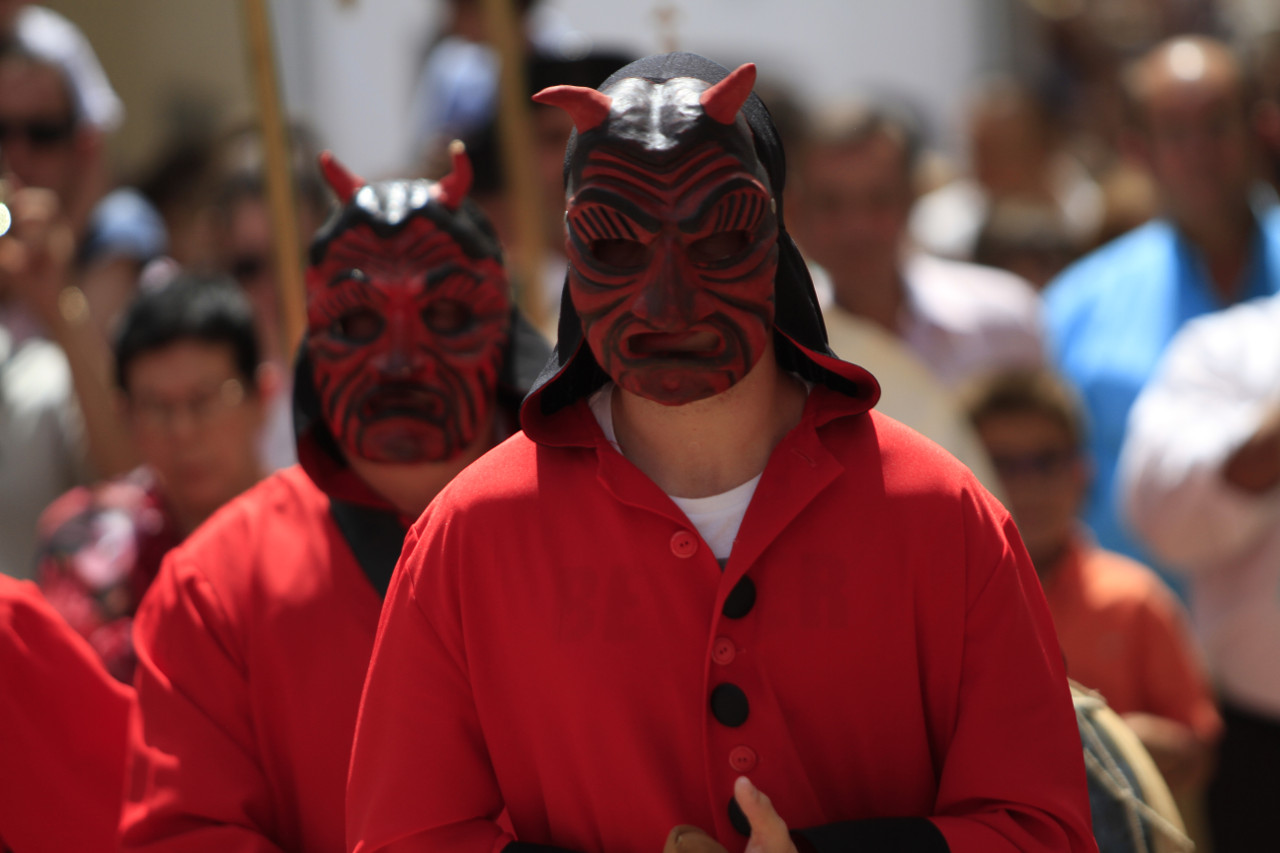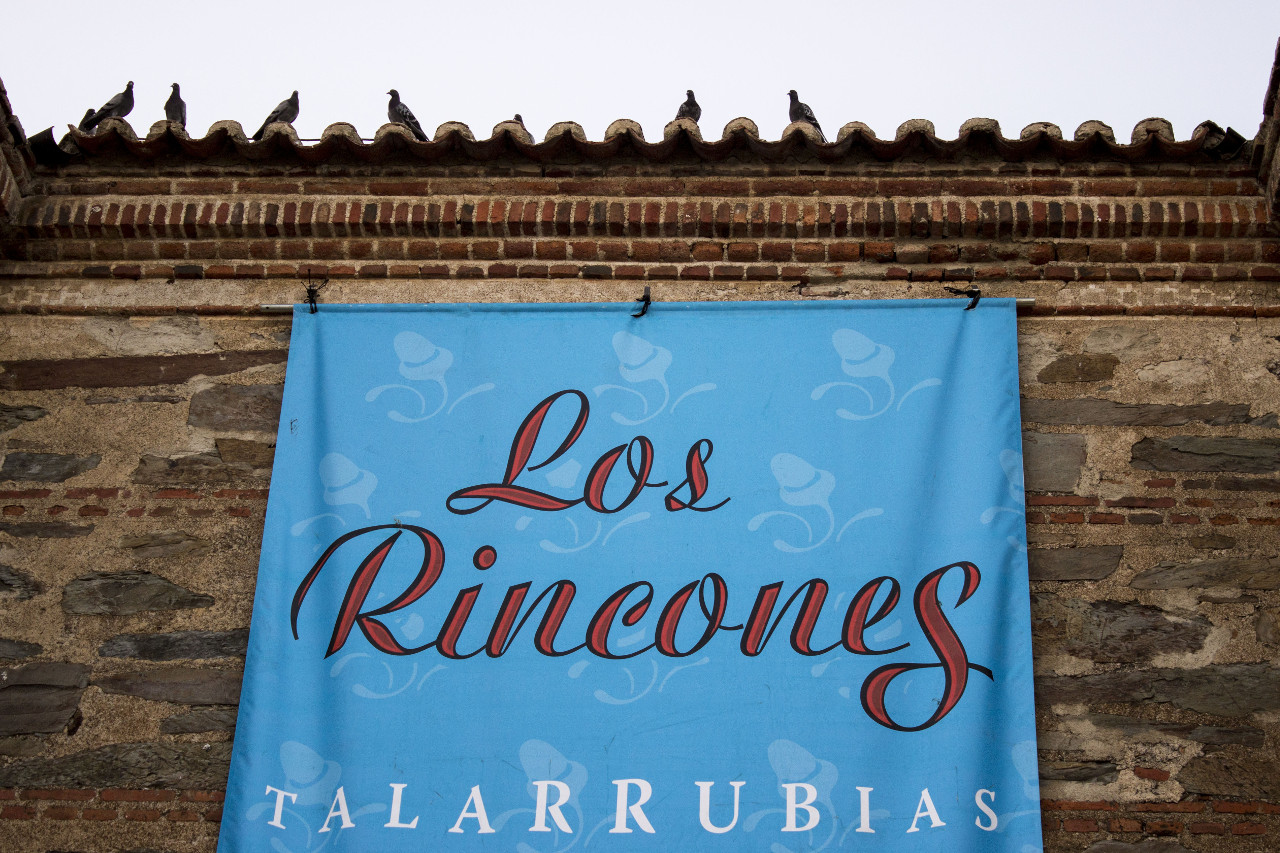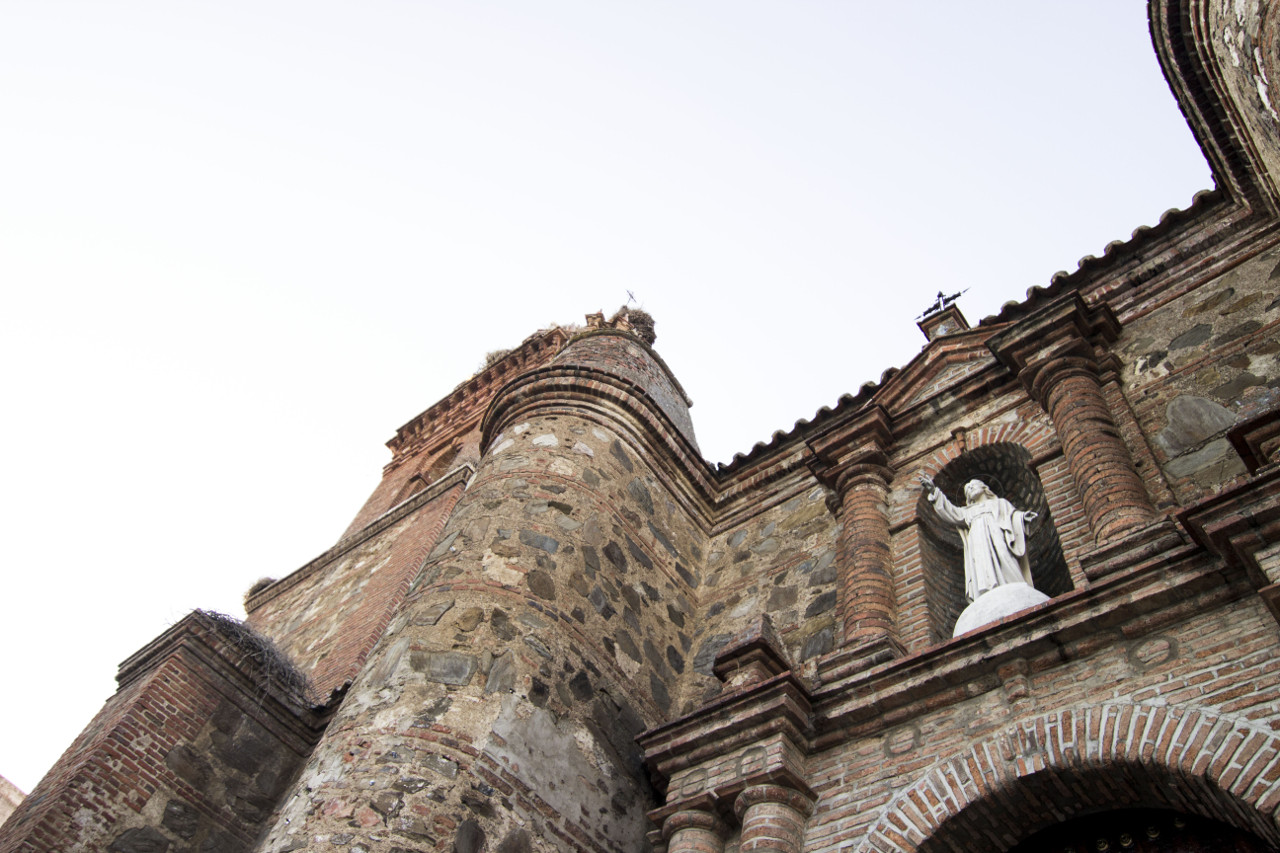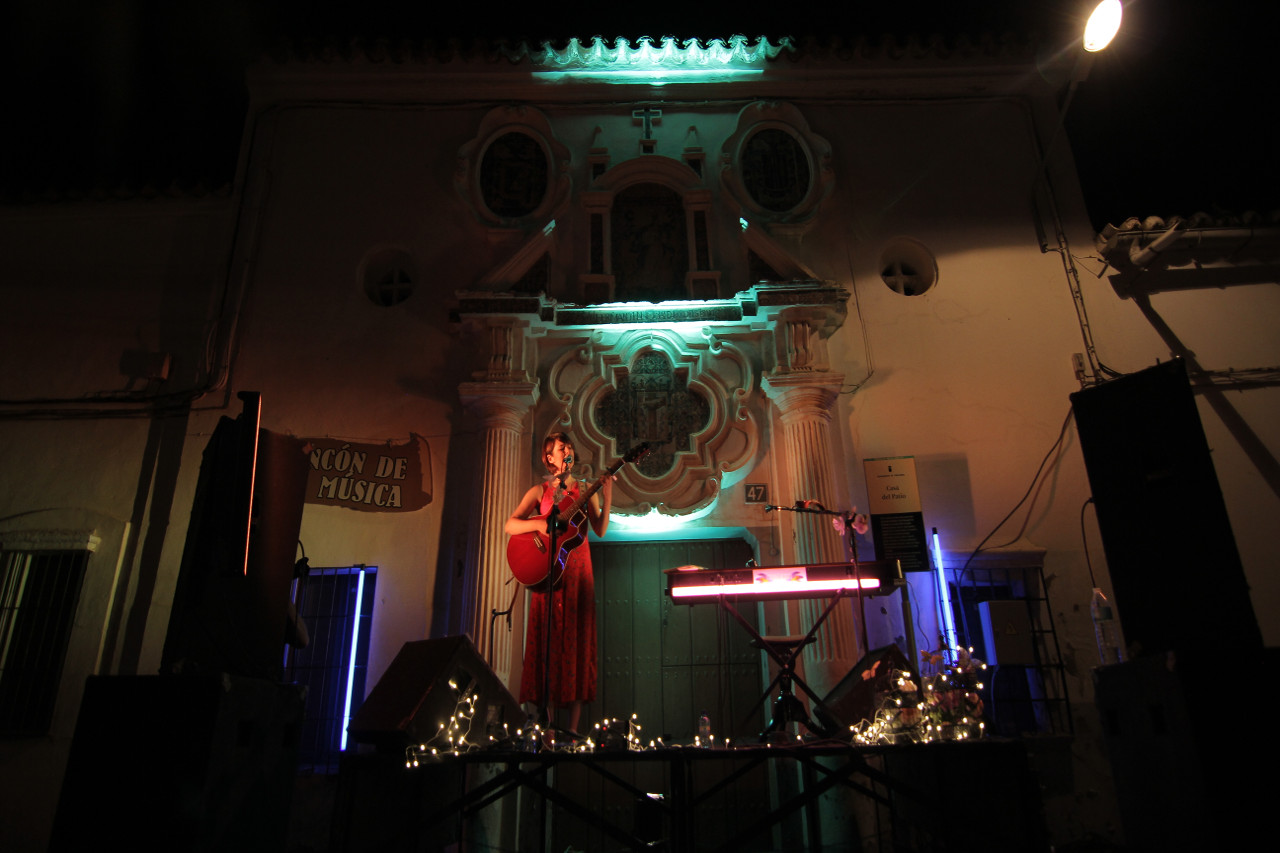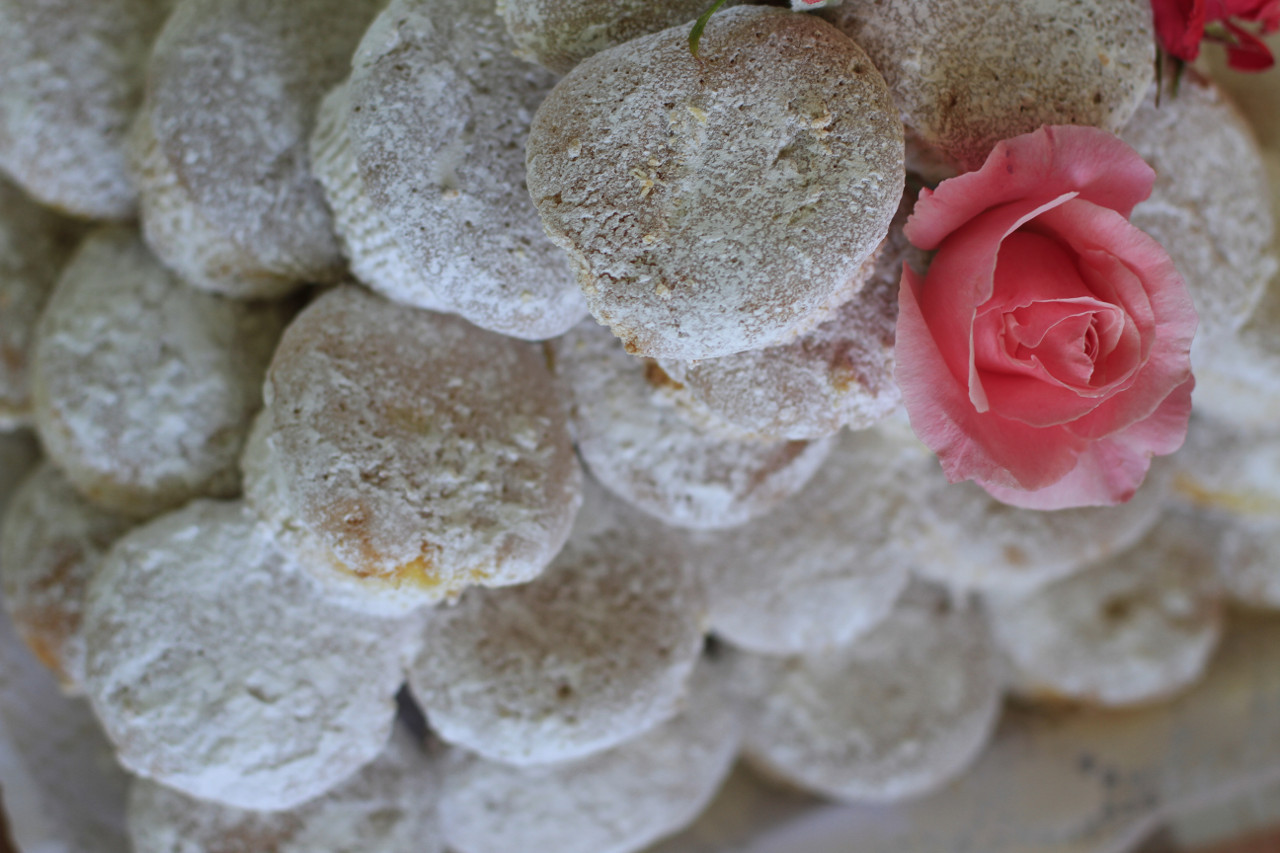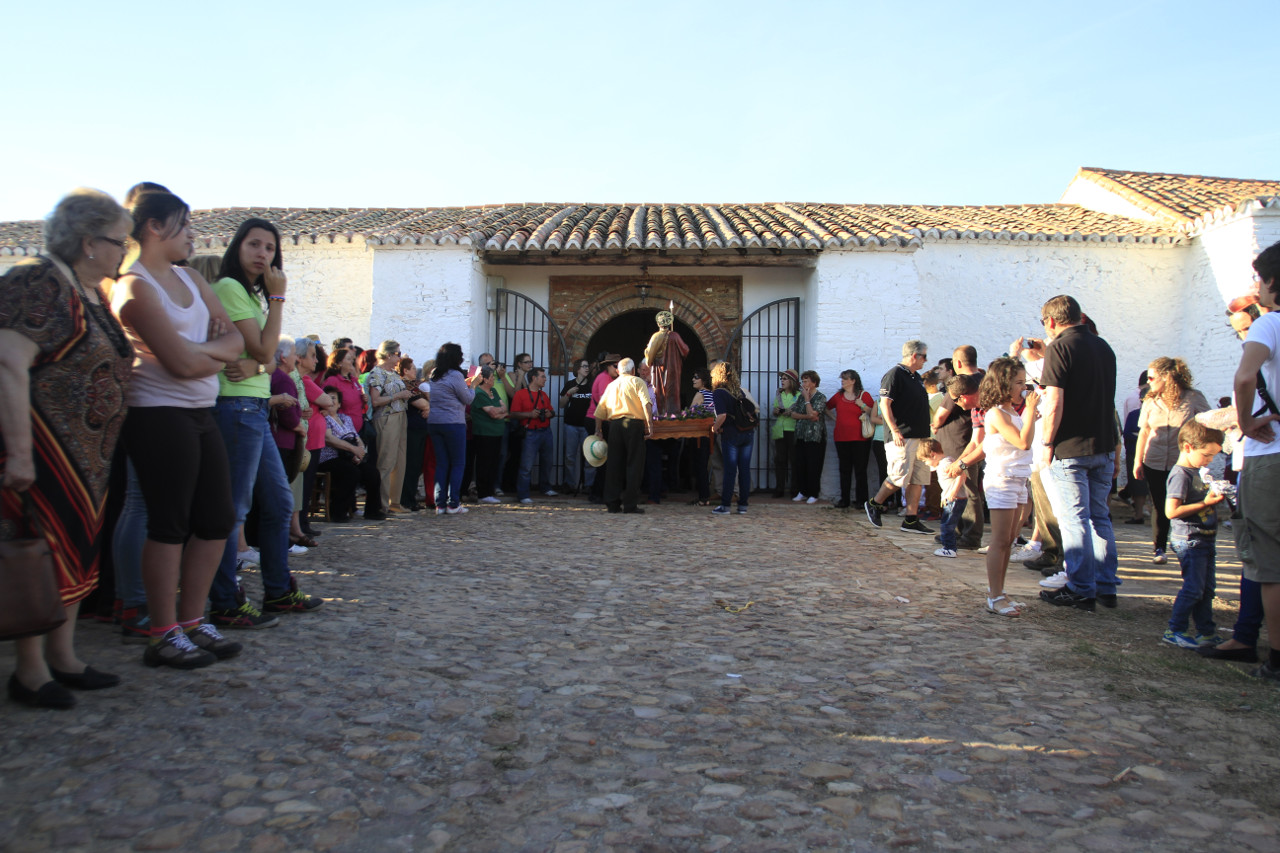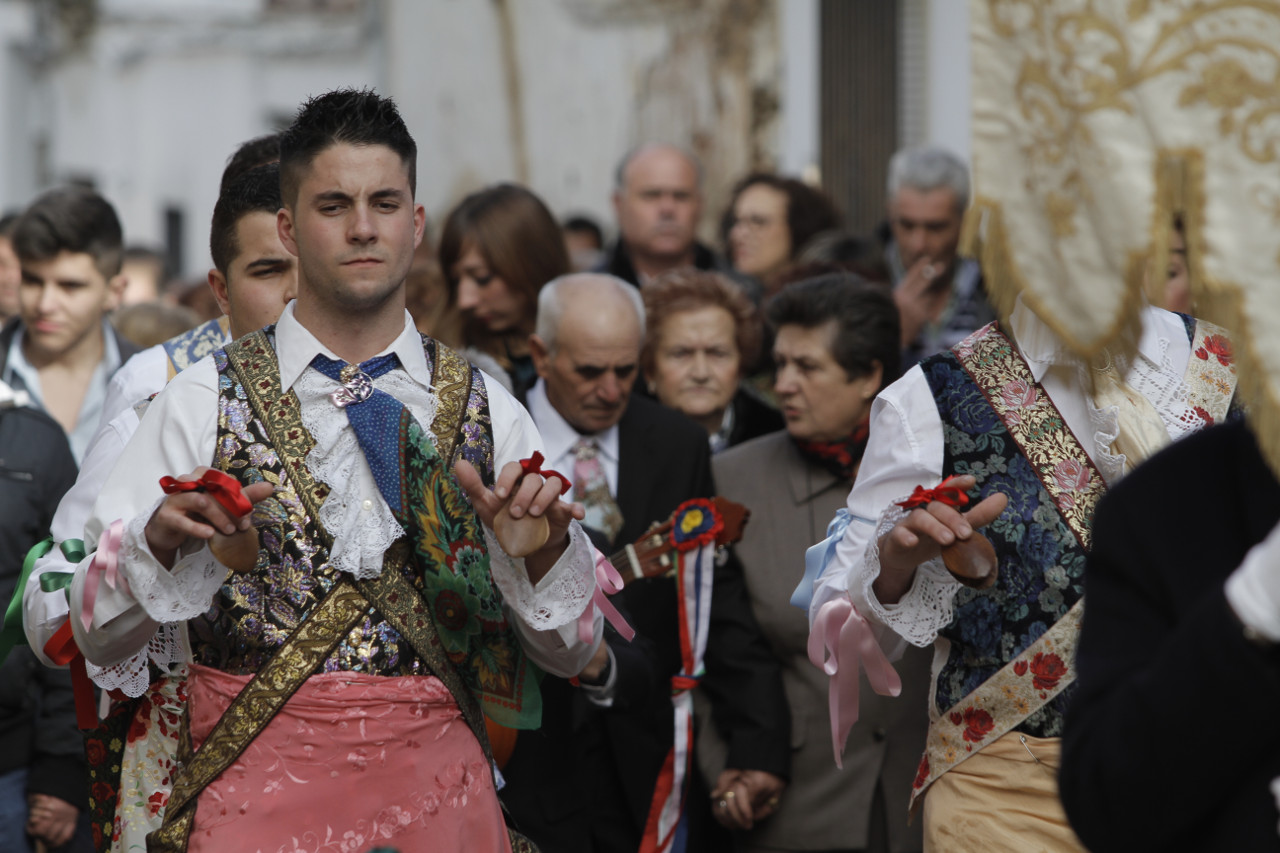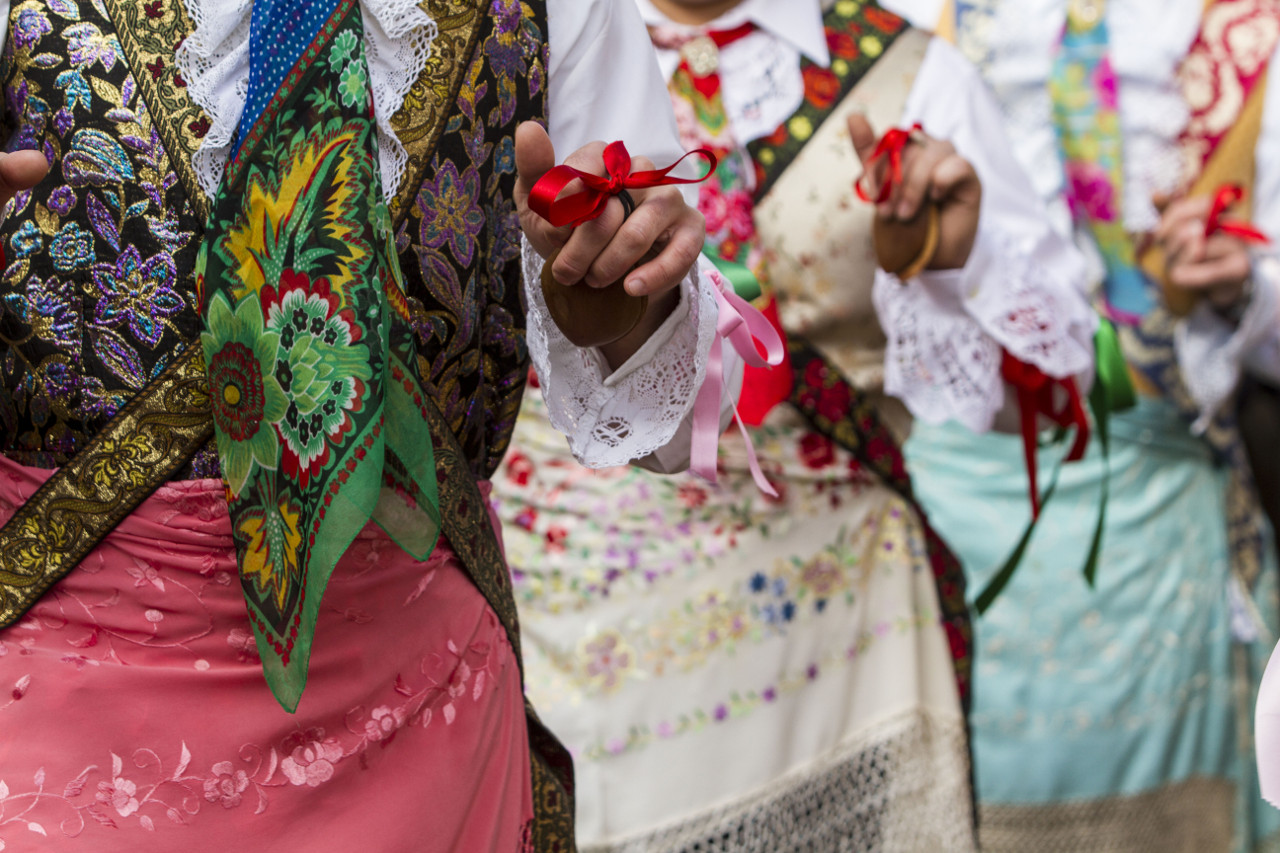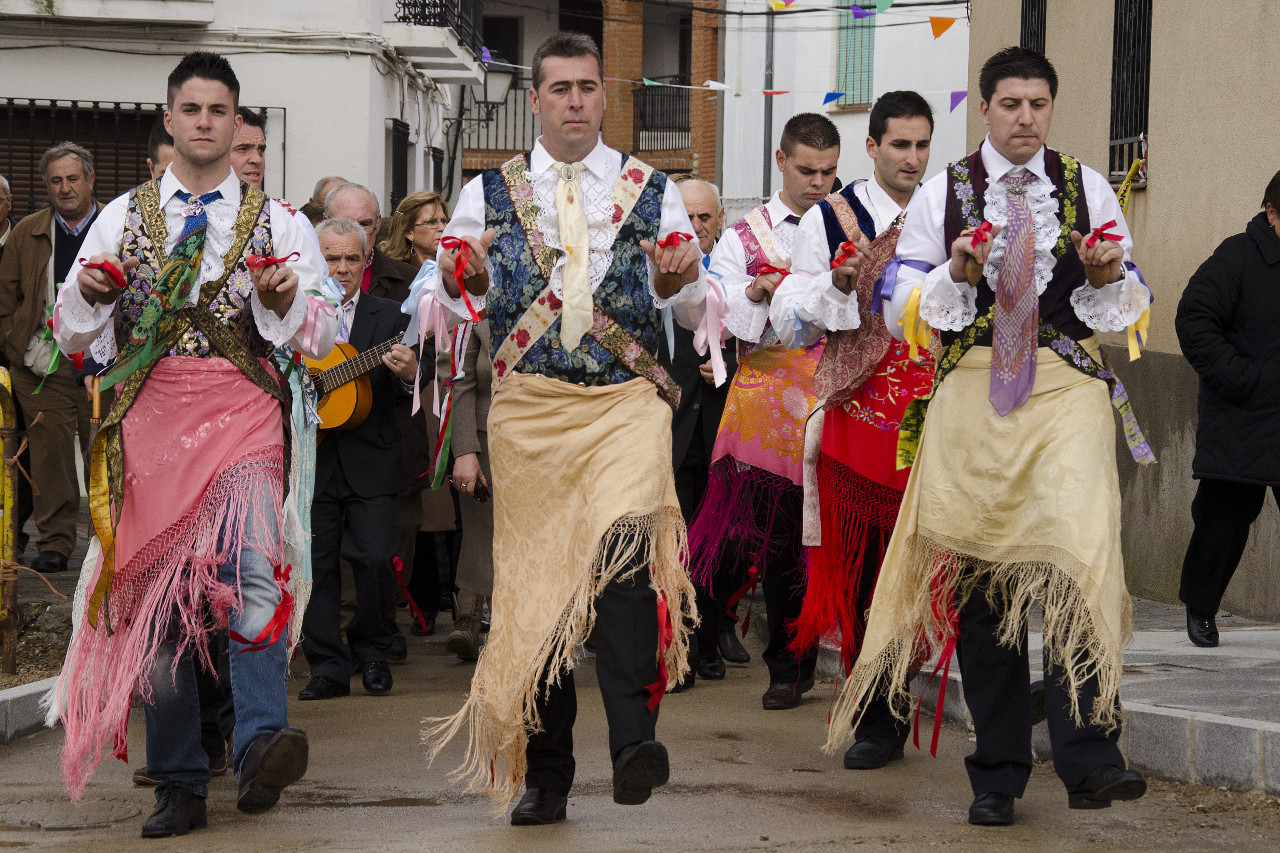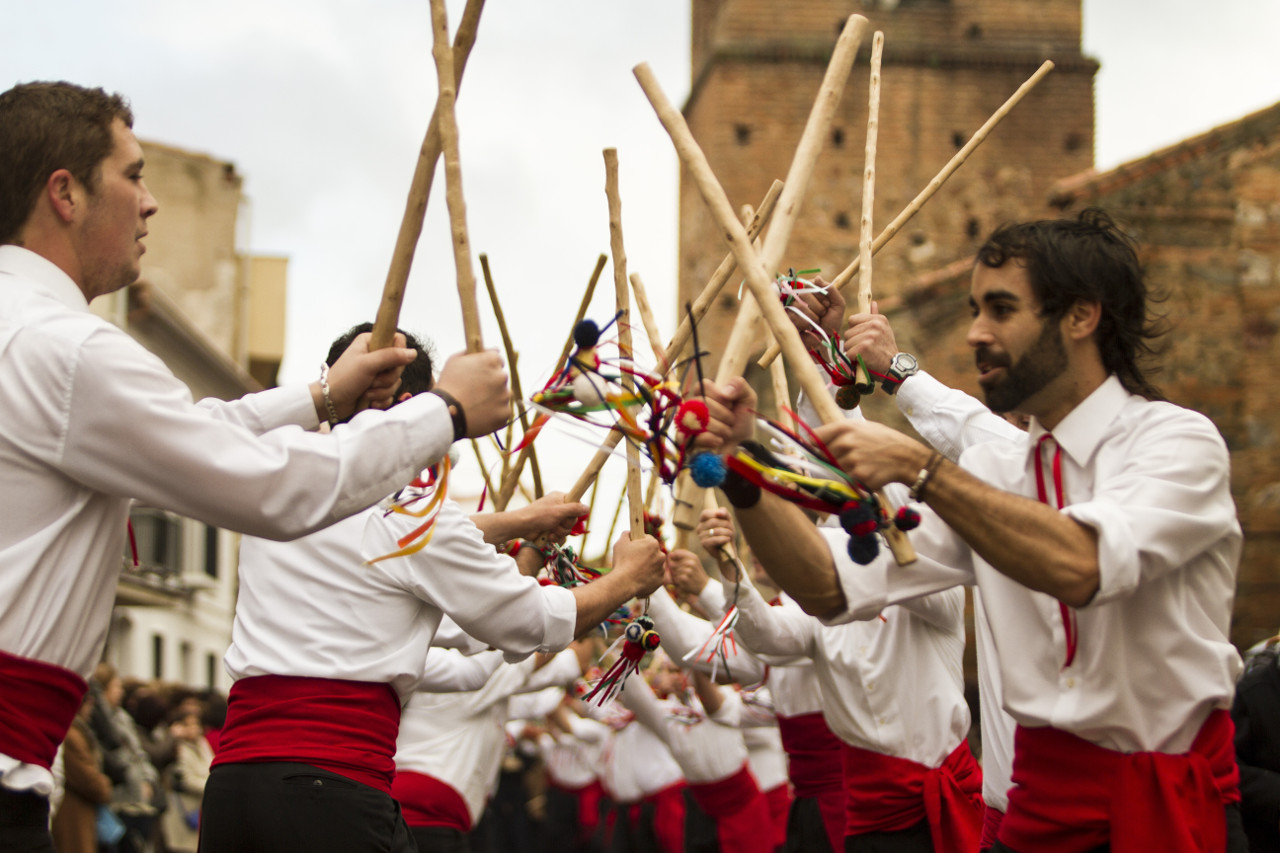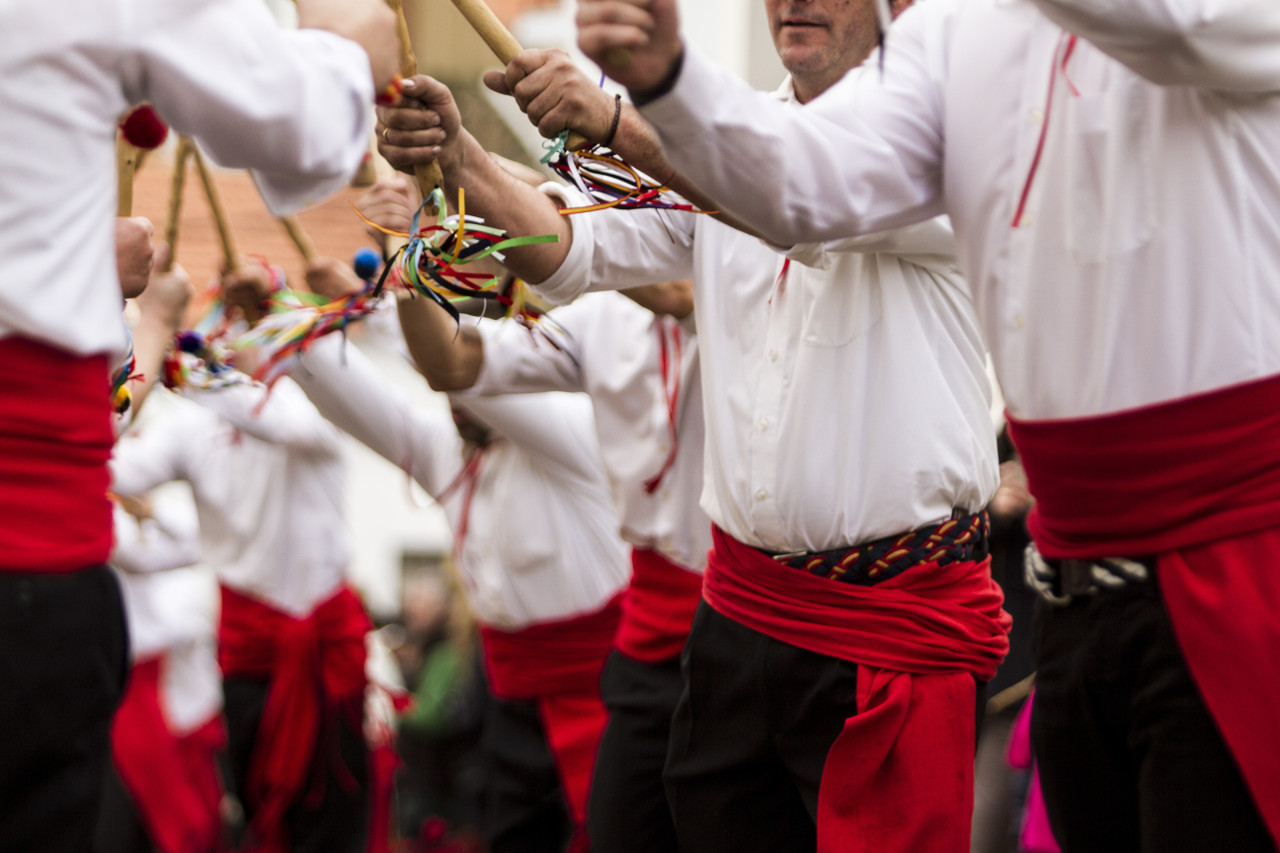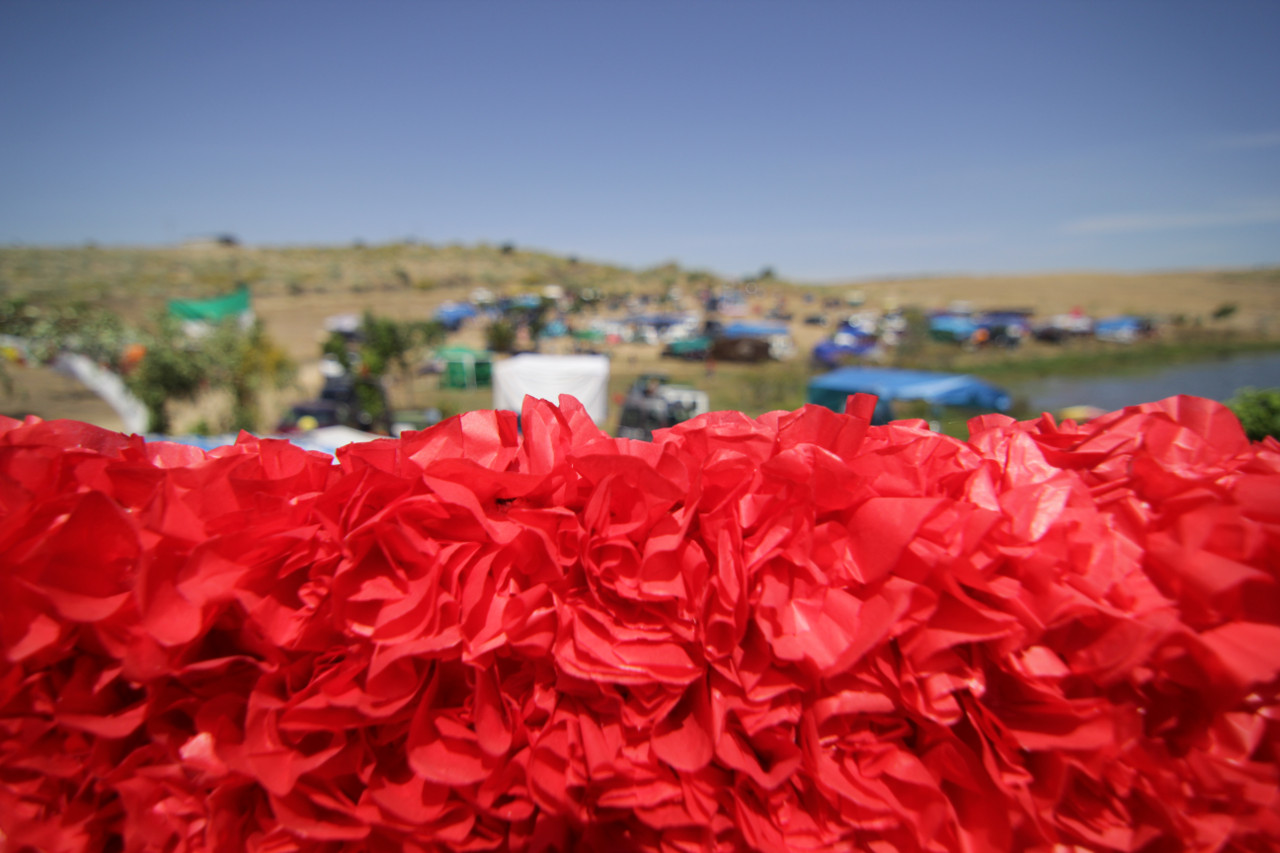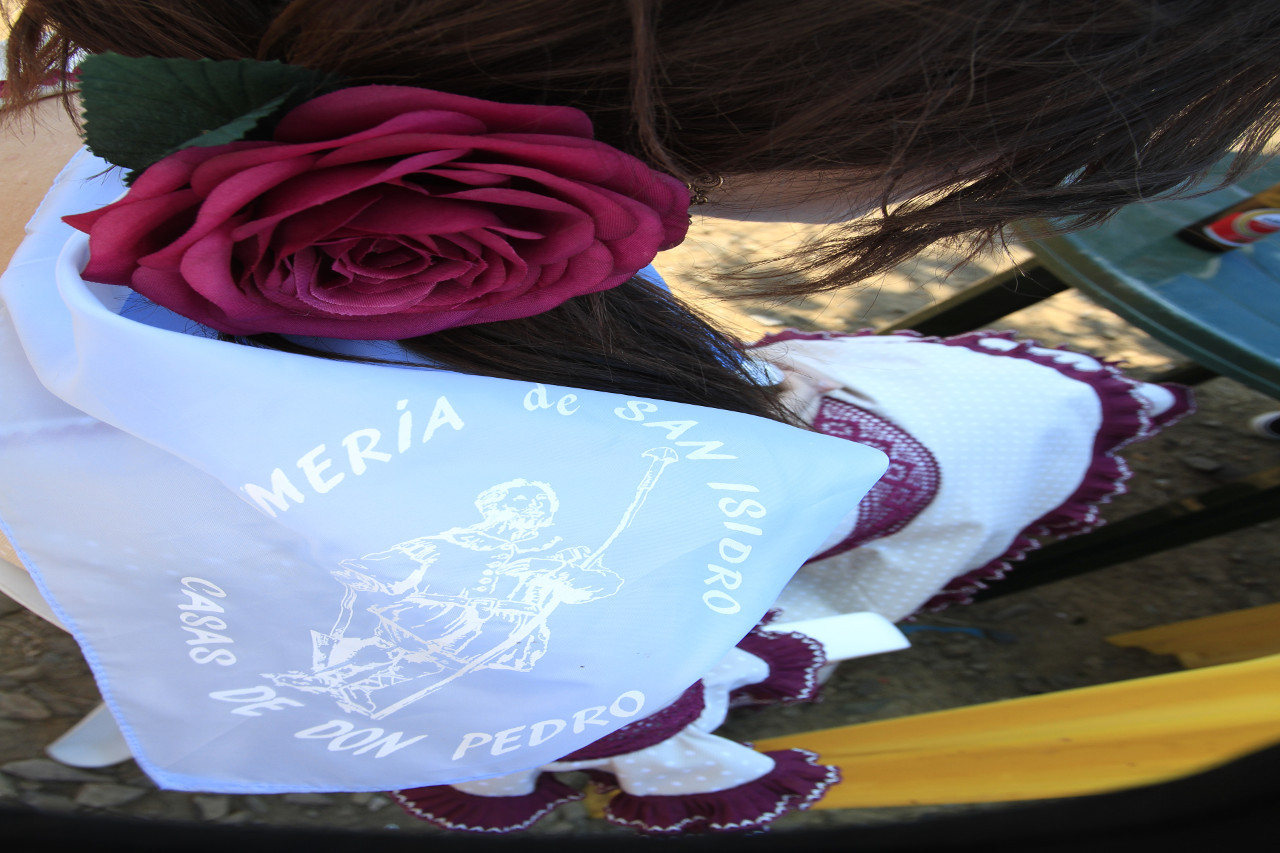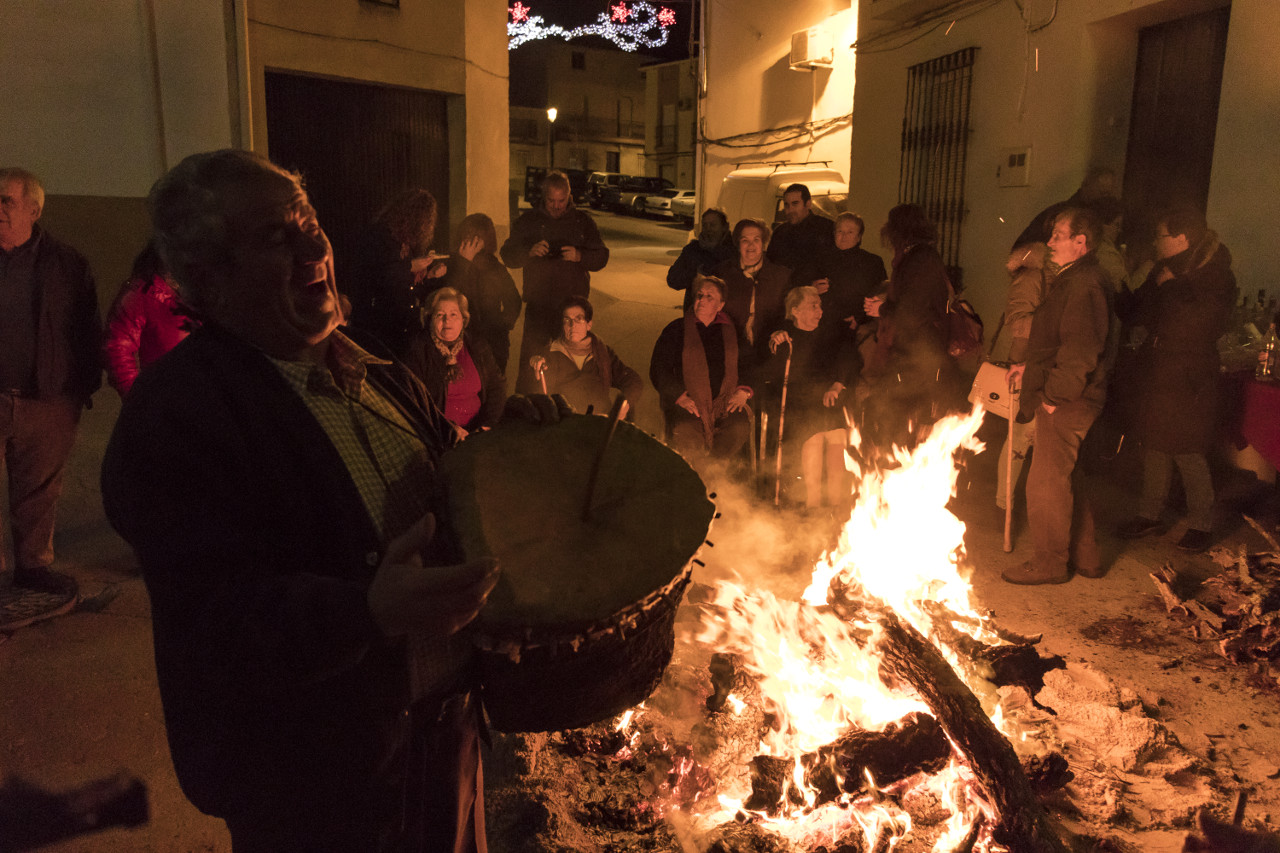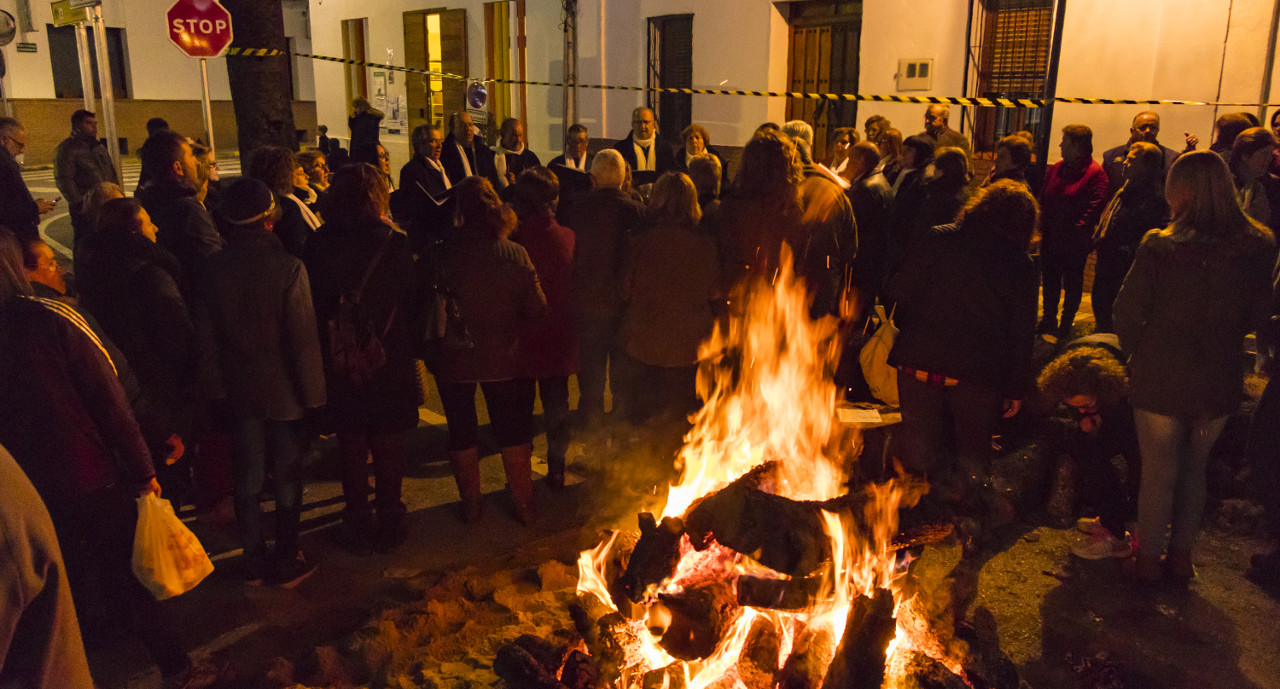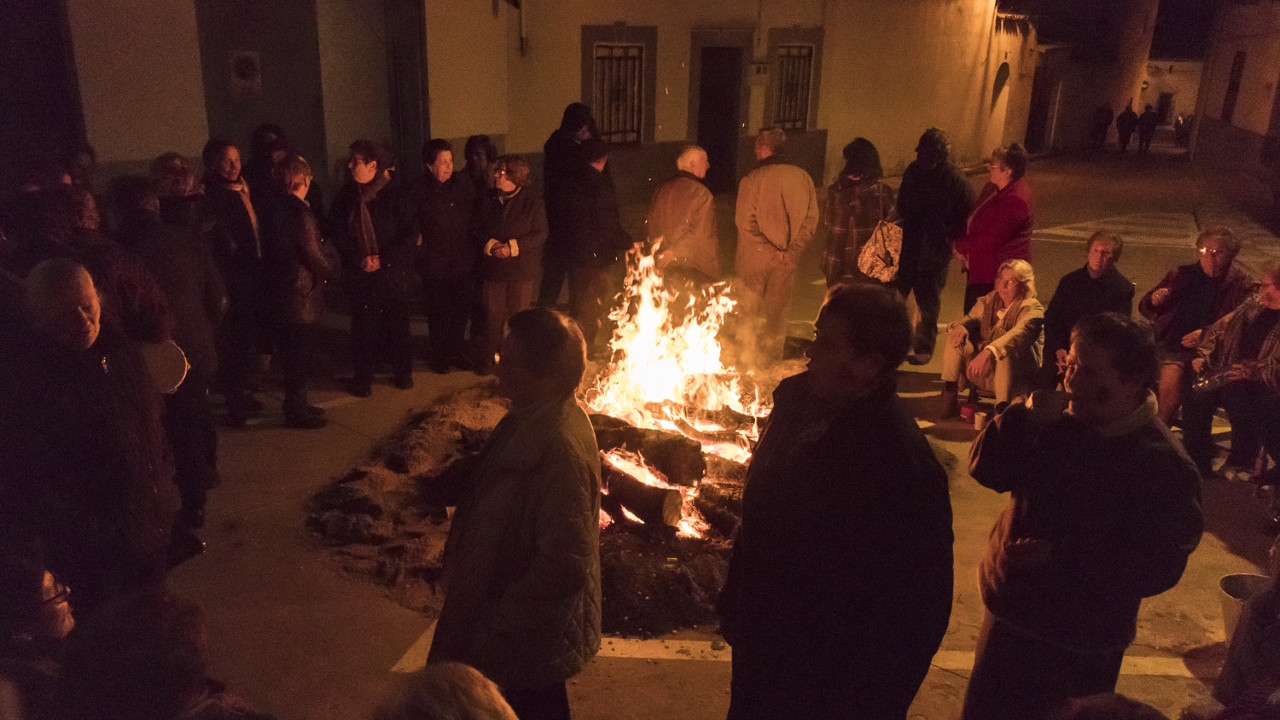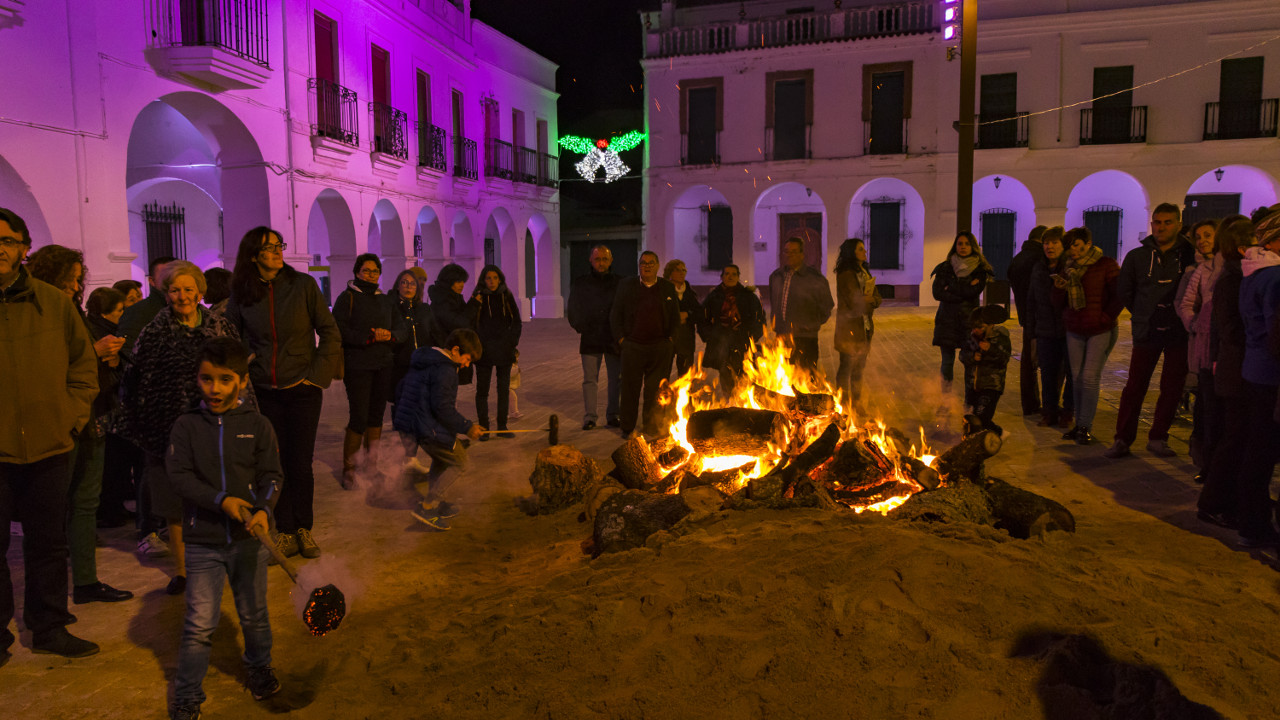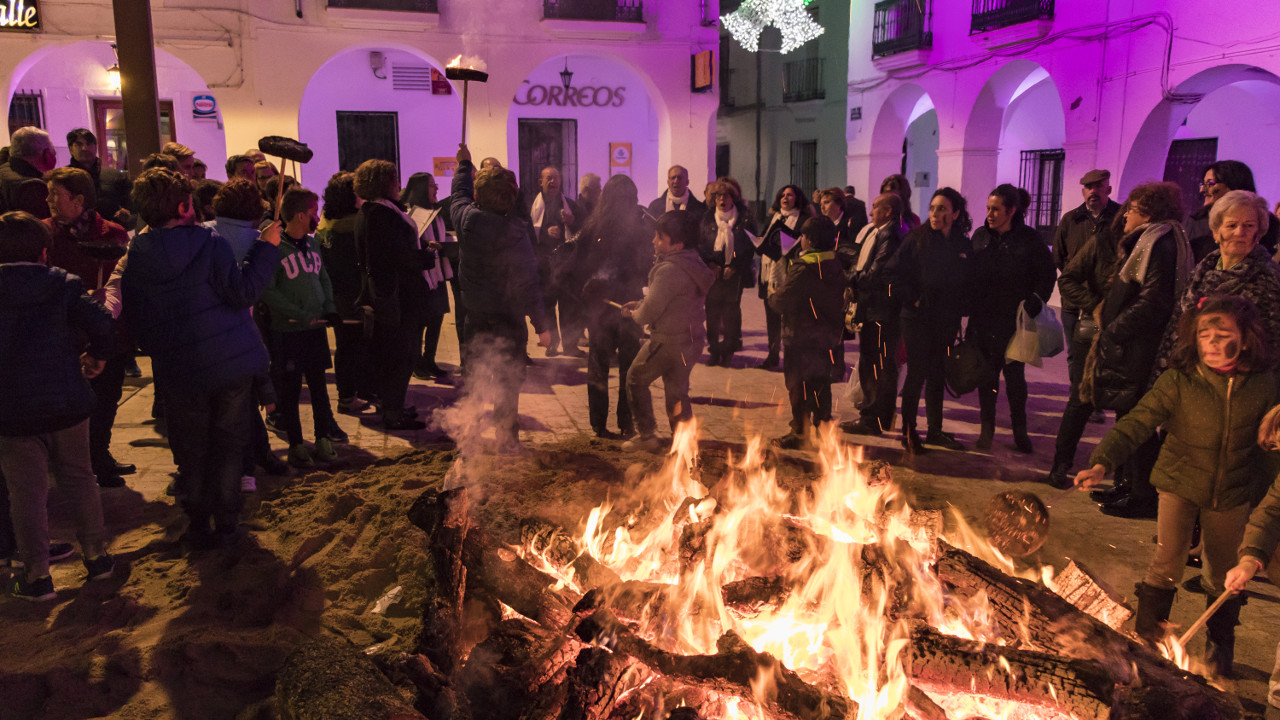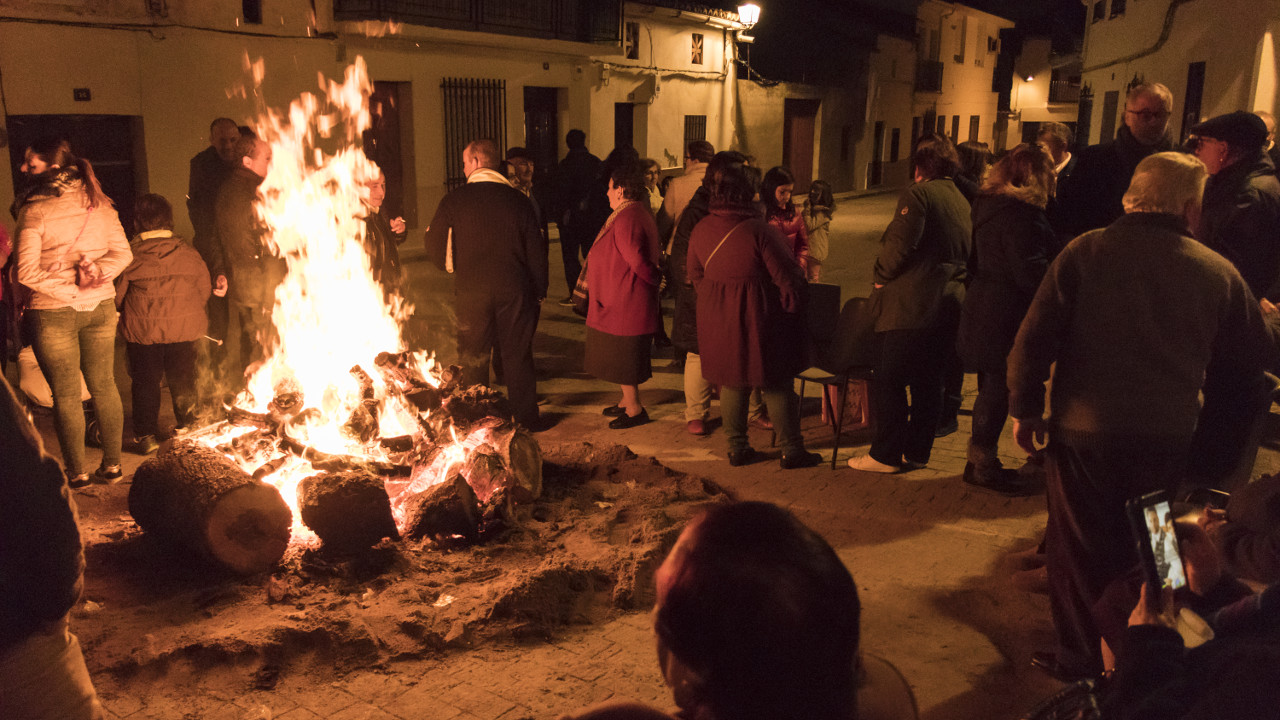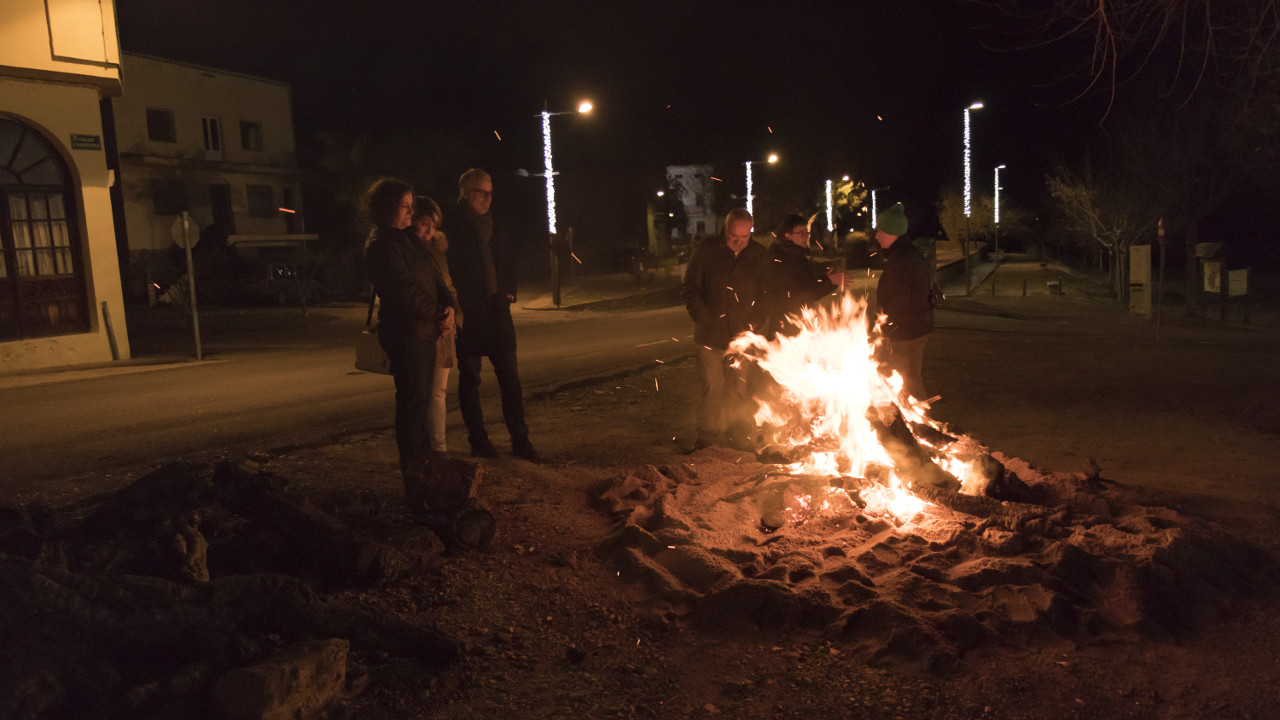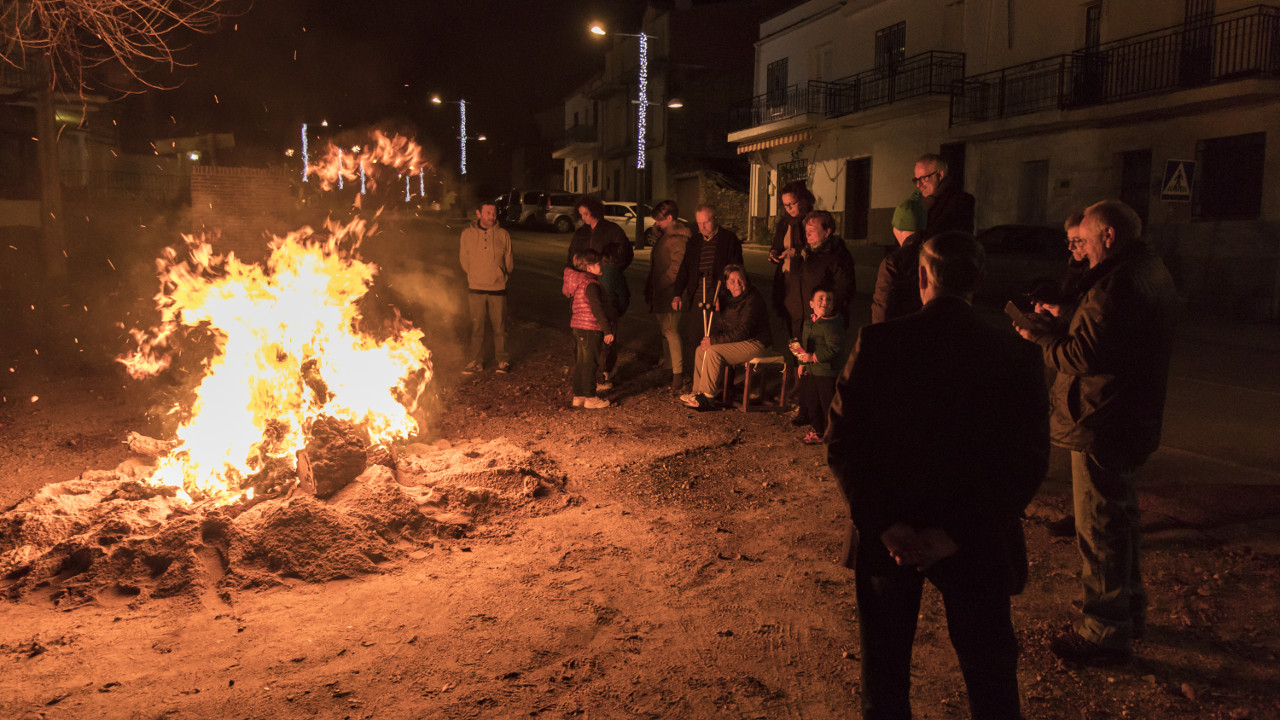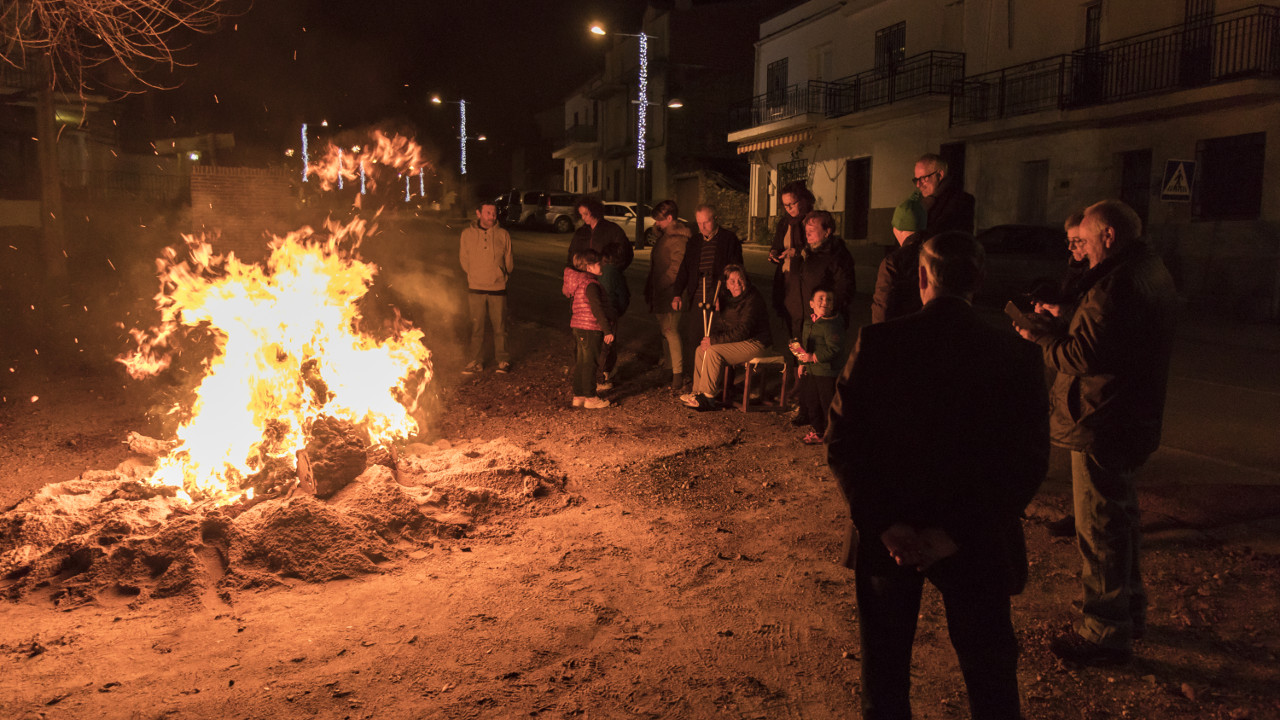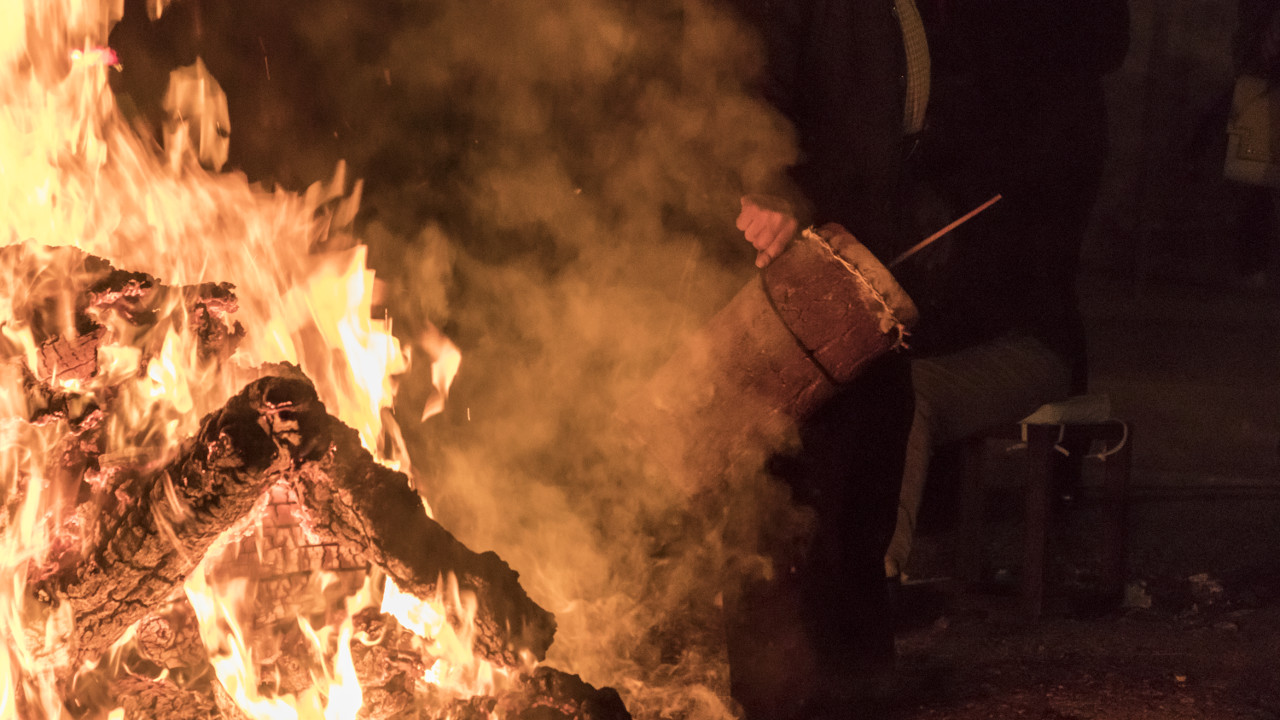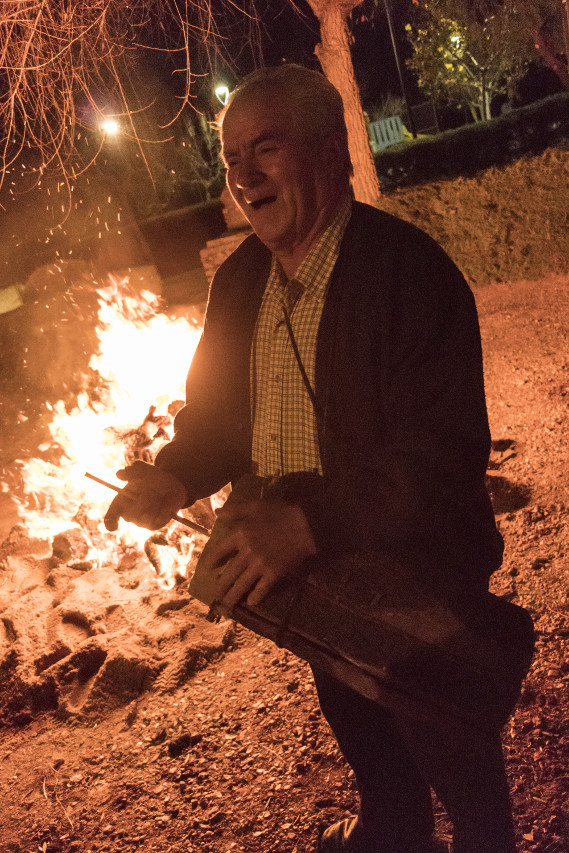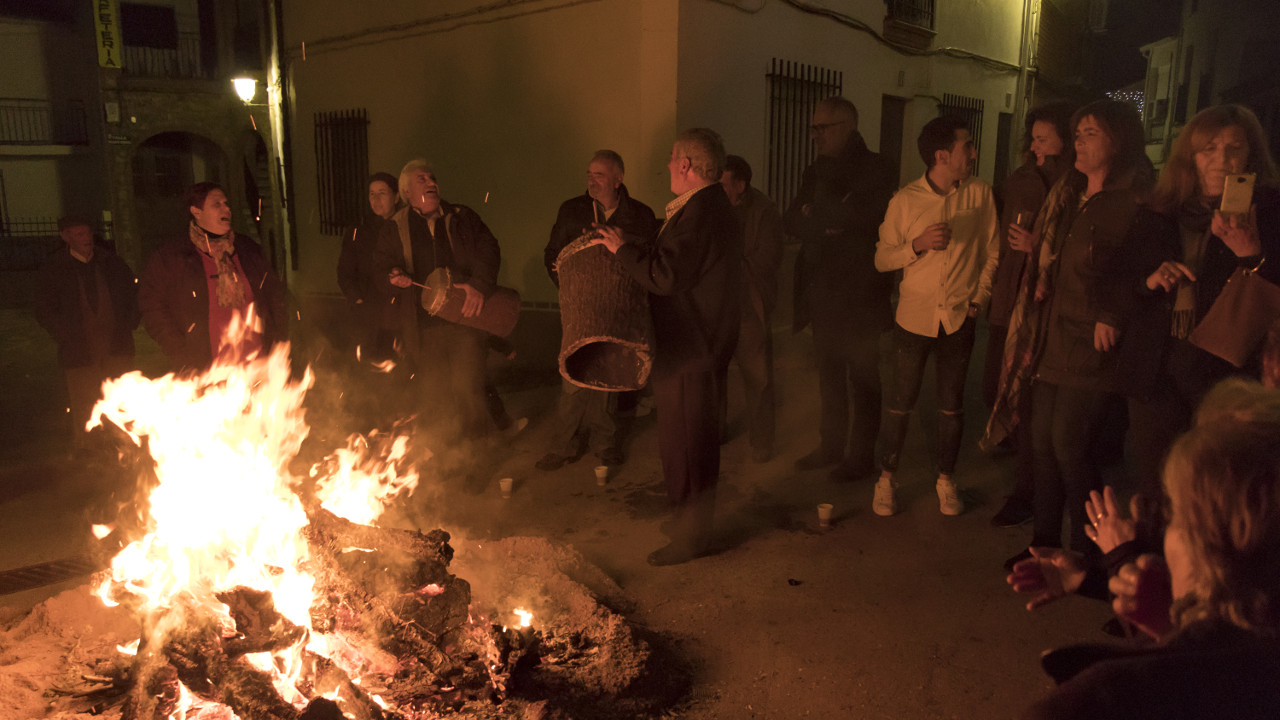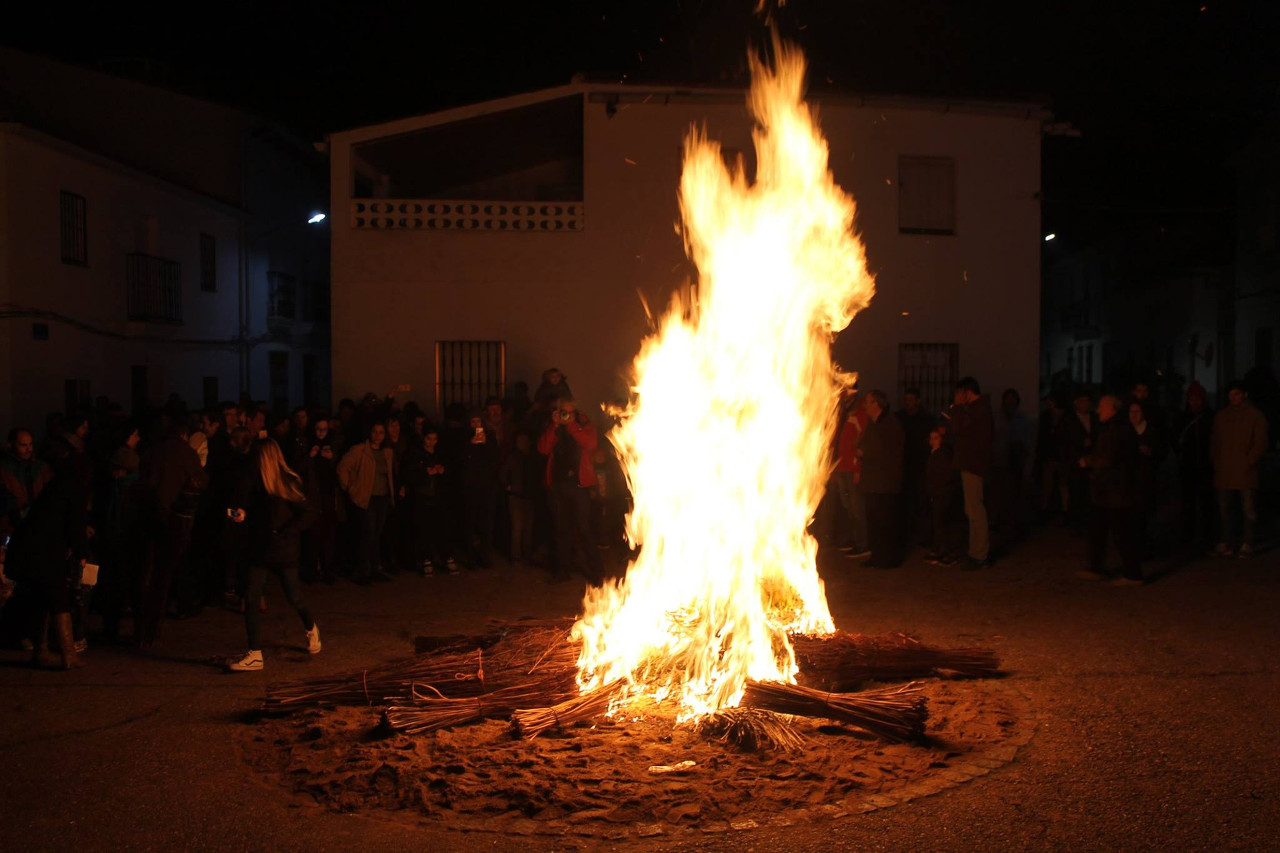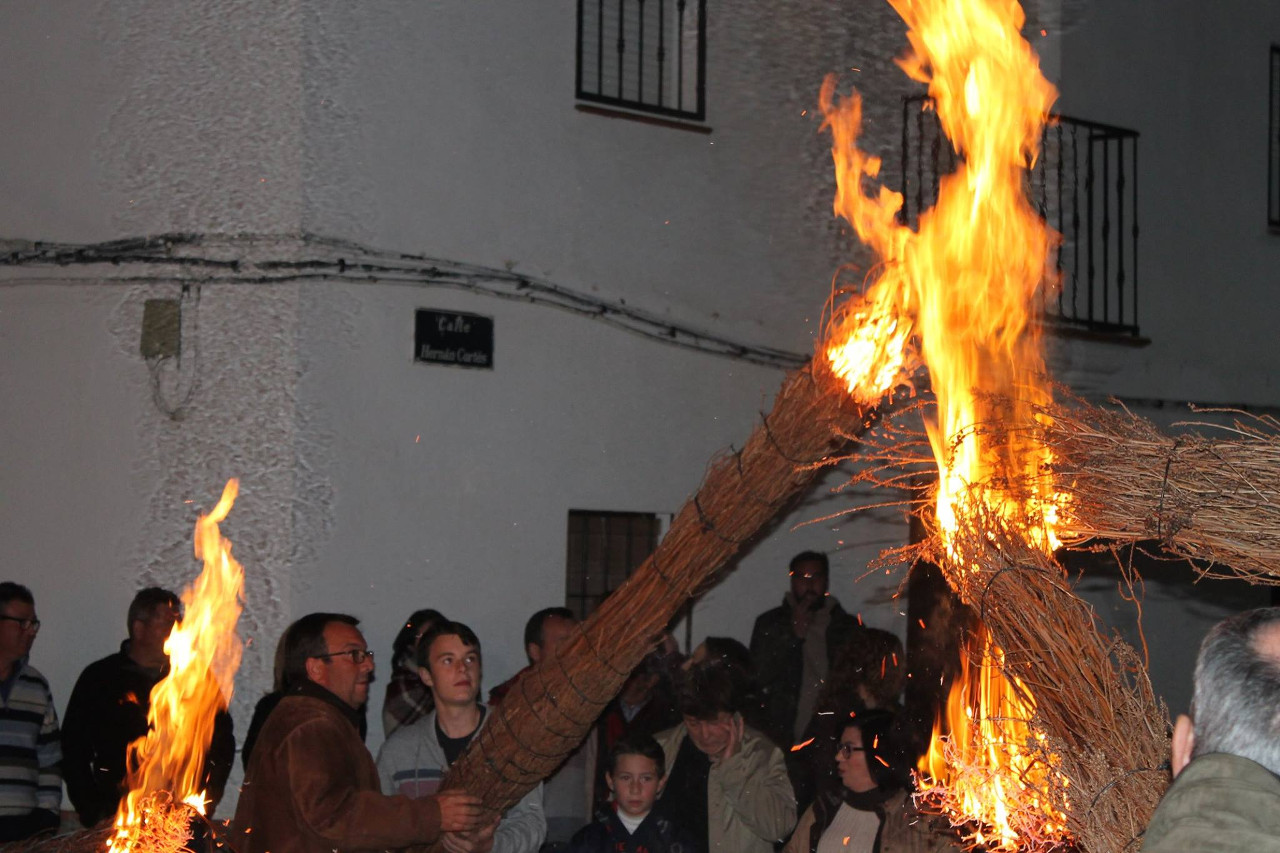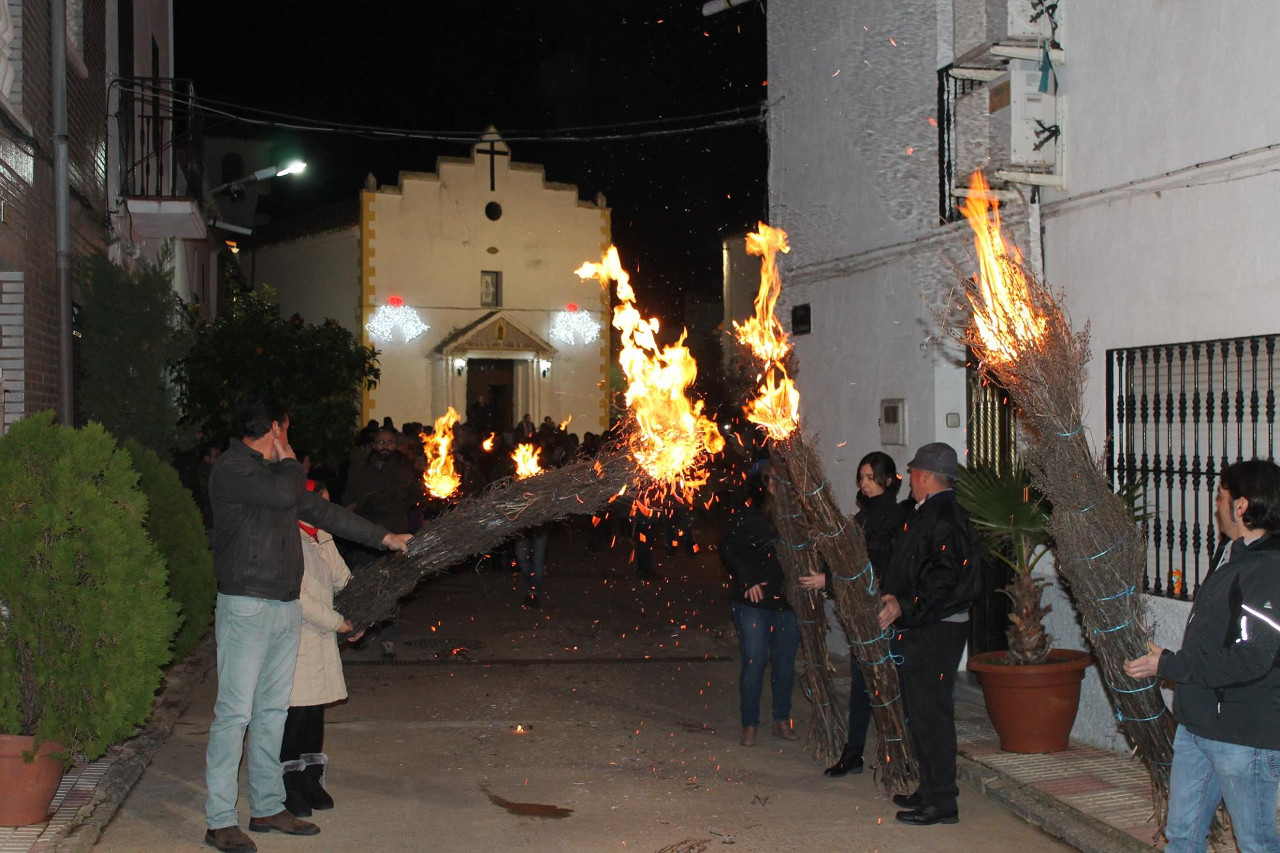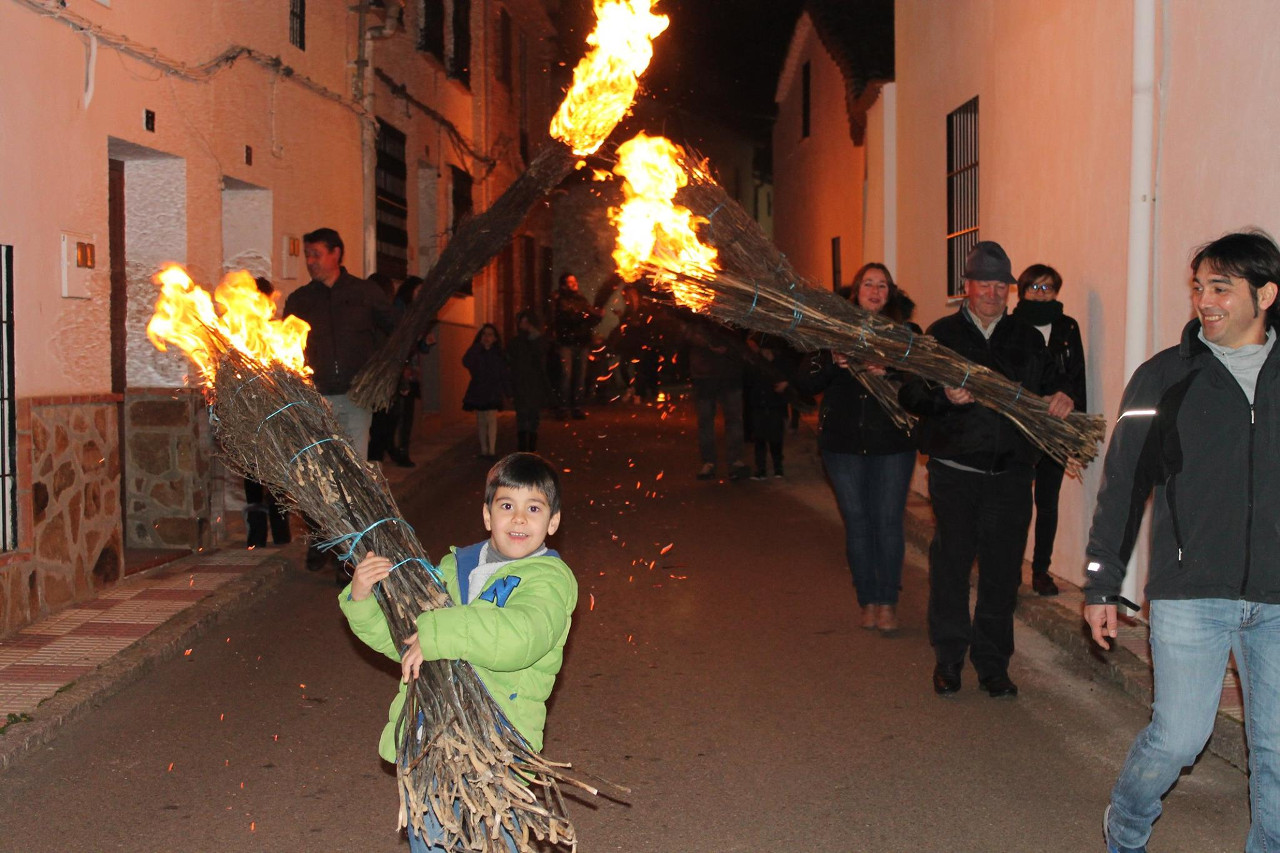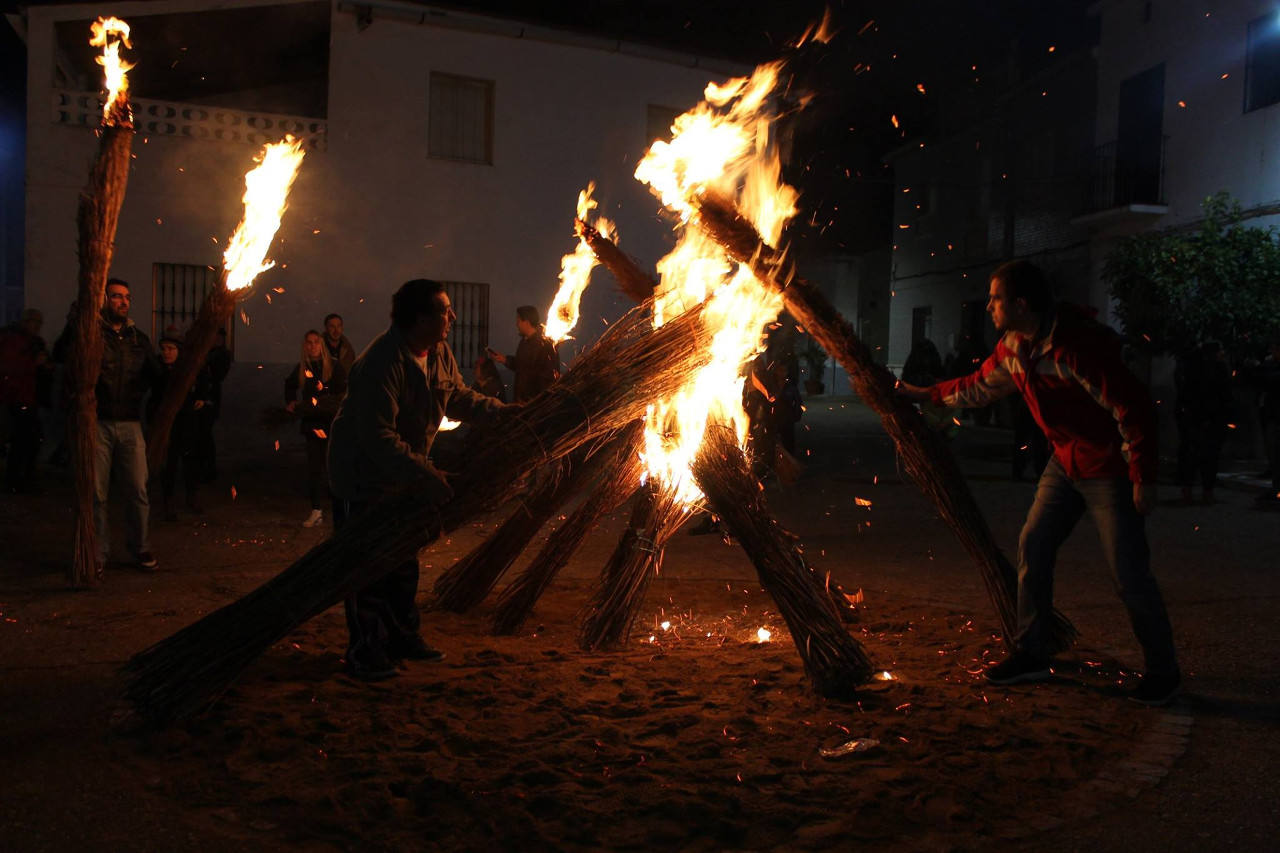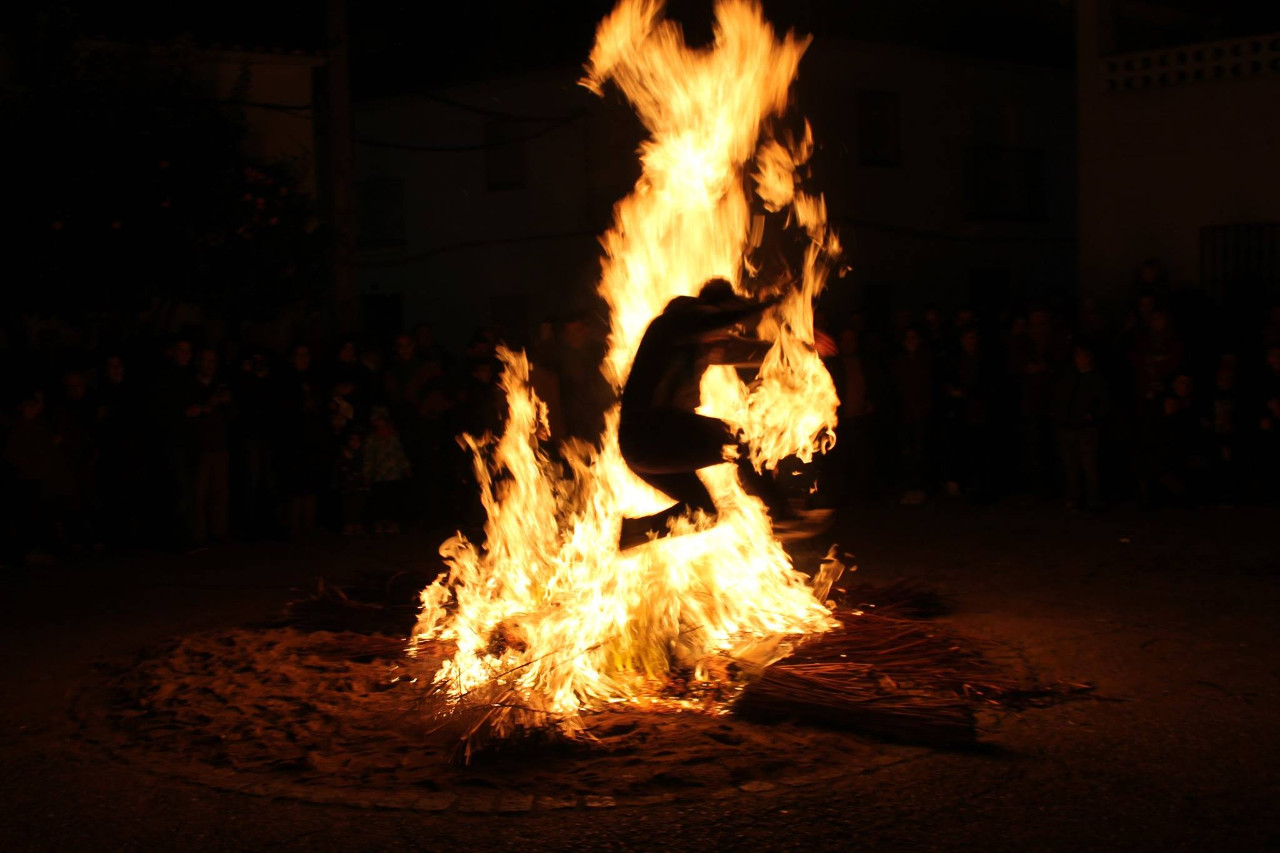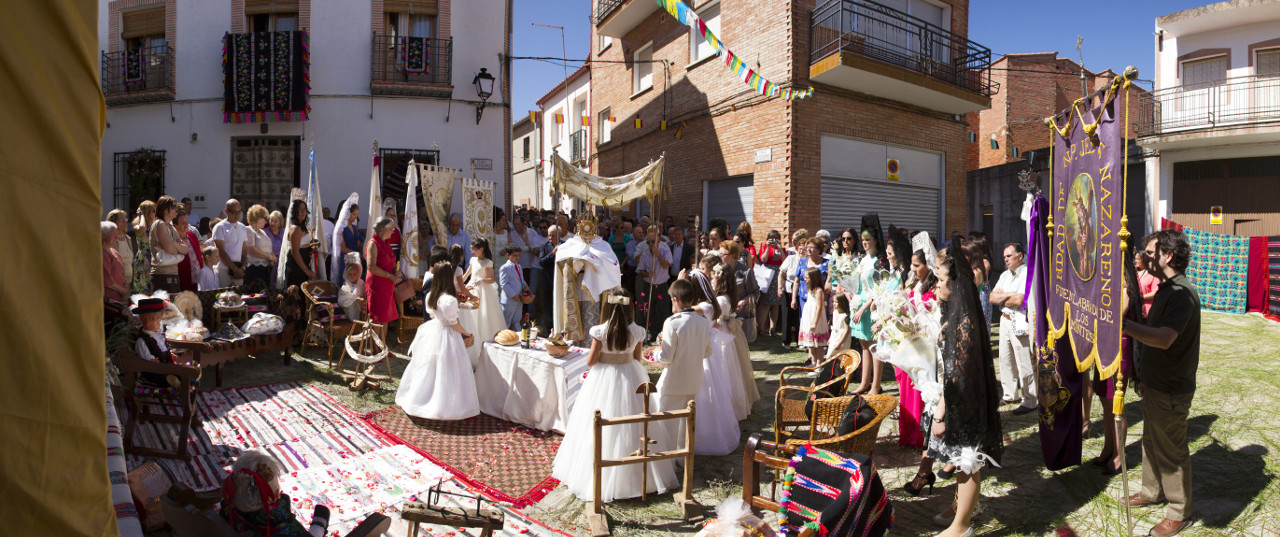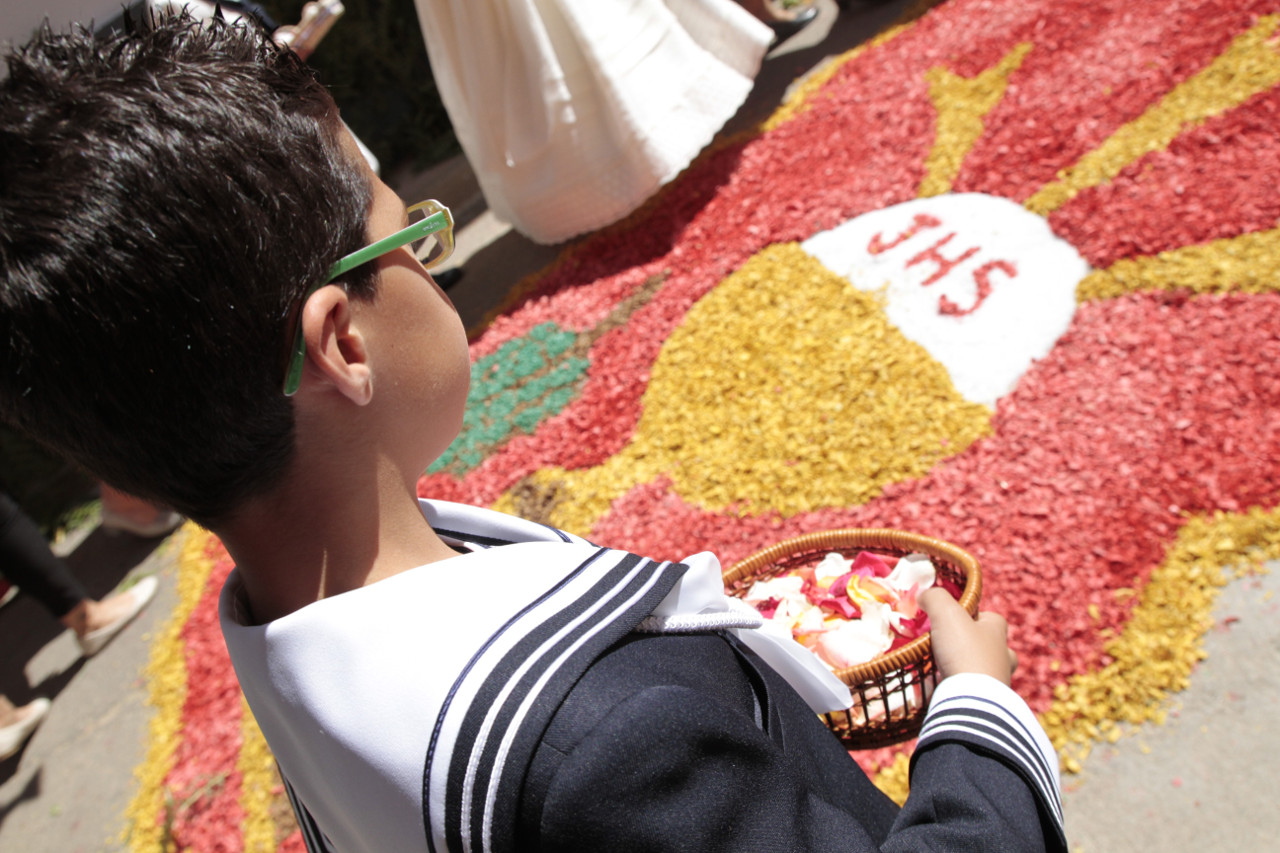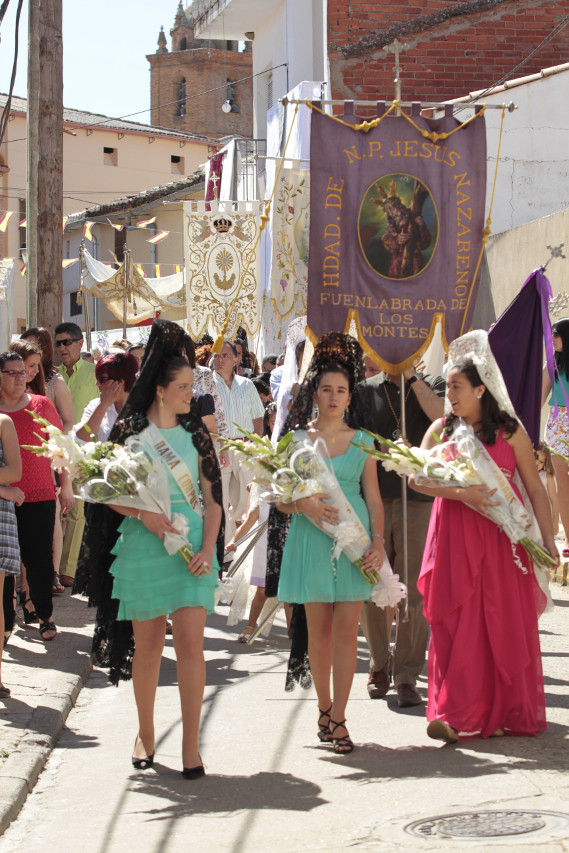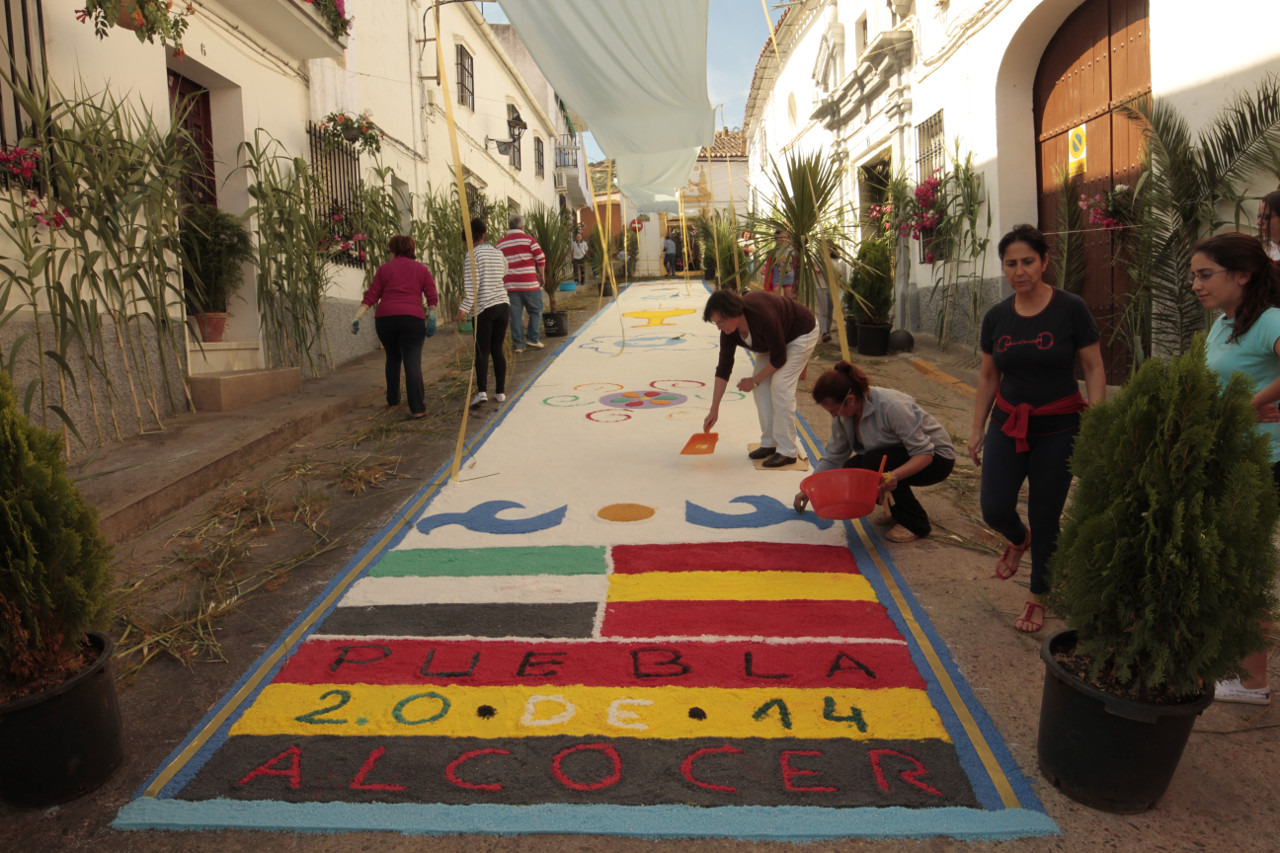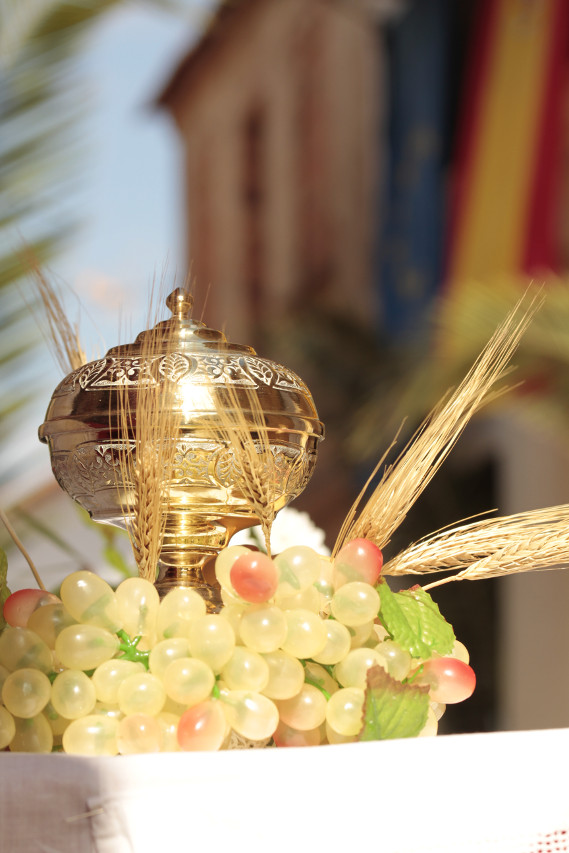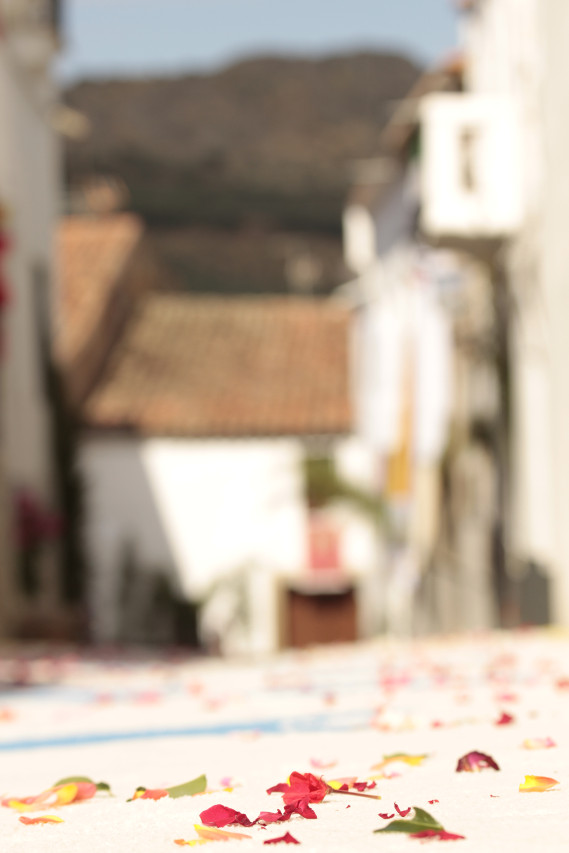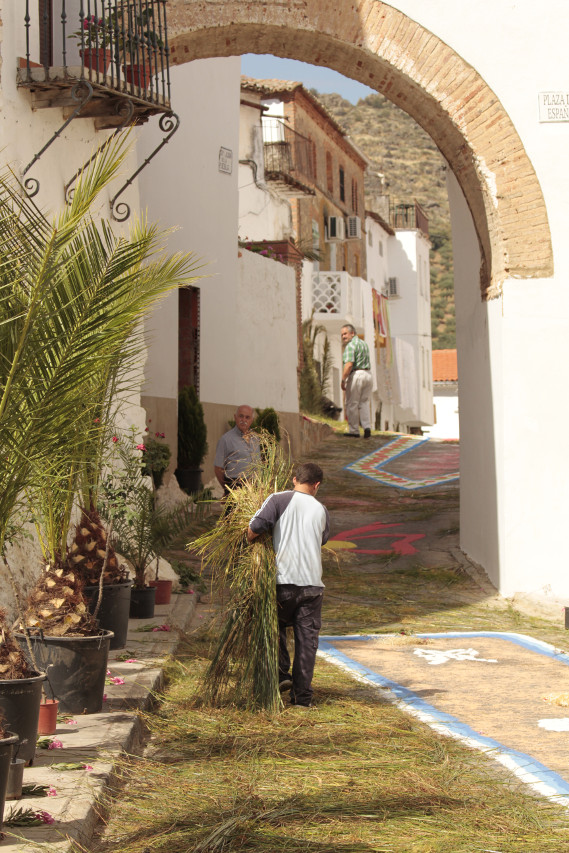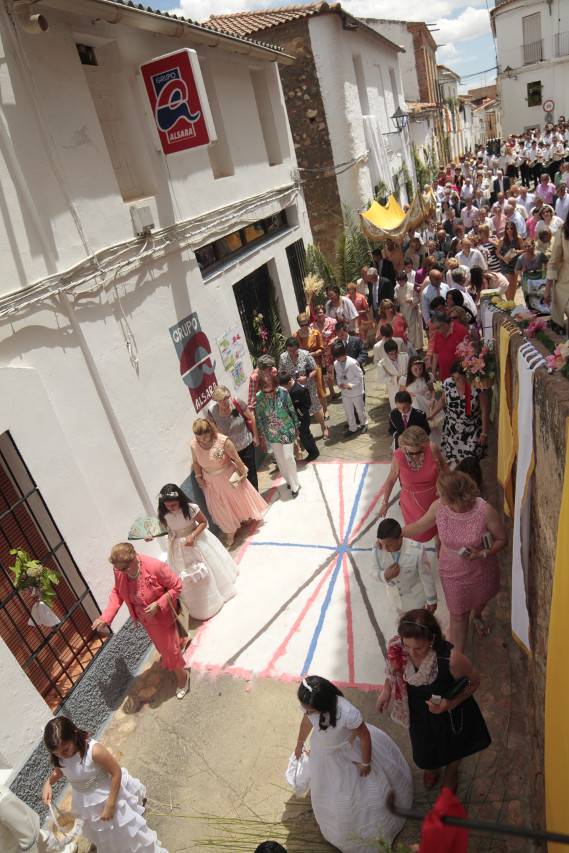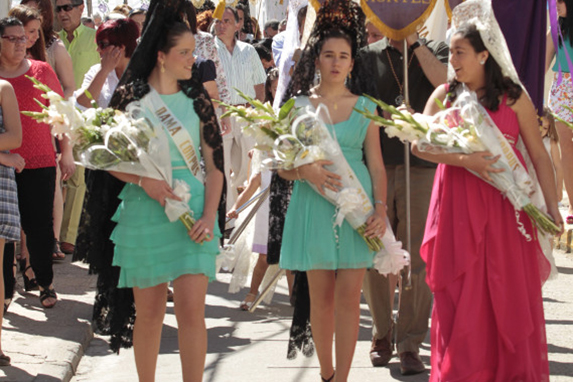CULTURAL HERITAGE
Along with the natural richness of La Siberia, it is also worth noting the immense cultural heritage of this region, composed not only of its architectural and artistic heritage, but also its festivals, customs and traditions, as well as its gastronomy, which They give the area an added value in its particularity as a region to be enjoyed by all those visitors who seek to venture into these places.
Thus, we find in the different towns of this region streets that preserve a classical architecture, buildings based on popular architecture not exempt from a rustic charm, which also enjoy the numerous fountains and sculptures present in their locations. Buildings of civil use and manor houses share space with religious temples, fundamentally churches, hermitages and convents varied, that alternate styles that go from the Romanesque to the Mudejar, with ornamental elements such as beautiful exterior arcades, vaults decorated with beautiful frescoes and murals, beautiful altarpieces and religious sizes of varied quality. There are also a few vestiges of the past in these lands, ranging from pre-Roman times to Arab domination, including Celtic, Roman and even Templar influences. And it is that the Siberia lodges archaeological deposits, castros and fortifications that take back the visitor to other epochs of the history. The state of these vestiges varies from one place to another, but some of these constructions still stand firm despite the passage of time, such as the Castle of Puebla de Alcocer, a fortification from which beautiful views of the region can be contemplated from its Tower of Homage, or the Castle of Herrera del Duque, a historic fortress erected on top of a hill, a must for those who come to the town.
Strongly linked to livestock from its origins, La Siberia has historically been linked to transhumance, some of its important locations being areas of passage for livestock in the time of La Mesta, whose link with these lands is reflected in buildings such as the Medieval Bridge Villarta de los Montes, formerly part of the Cañada Real Segoviana and through which circulated cattle from many parts of the peninsula. At present, this bridge is covered by the waters of the Cíjara reservoir, being visible when the flow of the same is at a low level. These historical impressions reflect the importance as an enclave for the transhumant communications that the Siberian region had in the Medieval era, not in vain did one of the annual meetings of the Honorable Council of La Mesta come to be celebrated in the region. The maintenance of the real Cañadas, cordeles and sidewalks, linked to the importance that is granted to the transhumance as an inherent element of the Siberian cultural identity, constitutes a recognized manifestation of the Intangible Cultural Heritage present in these lands.
It is also noteworthy the cultural element present in Siberia through its traditions and festivals, full of roots and symbolism, that alternate the pagan and the religious. Thus, we find pilgrimages and festivities several, in addition to traditions impregnated family character and love for the roots, which still persist despite the passage of time and the progressive depopulation, mainly due to its transmission from generation to generation, from parents to children. Thus, to mention just some of these festivities, we can highlight the following in the calendar:
- San Antón: Peloche; January 17.
- La Candelaria: Risco; February 2.
- San Blas: Garbayuela; February 3rd.
- The Halberds: Villarta de los Montes; Tuesday of Carnival.
- Arco de los Quintos: Valdecaballeros; Holy Saturday.
- Los Ranchos: Castilblanco; May 3
- The Diablucos: Helechosa de los Montes; Sunday of the Corpus (June).
- Corpus Christi: Fuenlabrada de los Montes; June.
- Corpus Christi: Puebla de Alcocer; June.
- The Christ of Consuelo: Sancti Spiritus; September 13, 14 and 15.
- La Luminaria and Los Tizneros: Herrera del Duque; December 12th.
- Las Gavillas: Tamurejo; Dec. 24.
Finally, we can finish this brief review of the cultural heritage of La Siberia with special emphasis on gastronomy as the last identitary element of this land, famous for its honey production, but also for other products such as oils, cheeses, slaughtering products, wines and various liquors; also enjoying some of them of Denomination of origin or Protected Geographical Indication, such as oil (ascribed to the Denomination of Origin Oil of Monterrubio) or beef (Extremadura Protected Geographical Indication of Veal). Regarding the culinary elaborations, traditional dishes prevail, such as migas, soups, gazpachos or the famous "ajoblanco". From the slaughter of the pig dishes like the cursed sausages, torreznos and similar are elaborated. The hunting wealth of the area drives numerous stews that take advantage of the meat obtained through hunting, such as "tasajo", as happens with fishing, which derives in dishes such as the well-known "Escarapuche". And to sweeten the menu offered by Siberia, nothing better than trying some of the many sweets that are made here, such as "chaquetías", candelillas, cannelloni, canutos, flowers or donuts, to name a just a few of the main delicacies of traditional Siberian pastries.


